Digital advertising is at a turning point. As third-party cookies disappear, the industry is being forced to rethink how to connect with audiences in ways that are both effective and privacy-compliant.

Enter contextual targeting: a smarter, privacy-first approach that aligns ads with the content consumers are actively engaging with, rather than relying on invasive tracking of their personal data.
This shift isn’t happening in a vacuum. Privacy regulations like GDPR and CCPA are tightening around data use, while browsers phase out cookie-based tracking and consumers grow increasingly wary of how their information is collected.
Together, these forces are accelerating the move toward strategies that respect privacy while still delivering performance.
In this article, we’ll unpack what contextual targeting is and why it’s gaining momentum. We’ll explore how AI is transforming contextual targeting with deeper semantic intelligence and real-time placement, compare it to other advertising methods, and highlight the measurable benefits it brings to advertisers and publishers alike.
Finally, we’ll walk through practical strategies, implementation steps, and real-world innovations, giving marketers a clear roadmap to move forward with confidence towards a future of cookieless advertising.
Why Contextual Targeting Is Gaining Momentum
The digital advertising industry is undergoing a fundamental reset.
With third-party cookies on their way out and regulators tightening their grip on consumer data, advertisers are under pressure to find methods that don’t rely on invasive tracking.
Contextual targeting is stepping into that role, offering a privacy-first solution that still delivers meaningful results.
Privacy-First Shift
Unlike behavioral targeting, which builds profiles from users’ browsing histories, contextual targeting analyzes the content on the page or screen in real time.
Ads are placed according to what someone is reading, watching, or listening to, not who they are.
This eliminates many compliance headaches while reassuring consumers that their personal data isn’t being harvested.
Trust and Relevance
Because ads appear alongside related content, they feel more natural and useful to the user.
A running shoe ad next to an article about marathon training is inherently more relevant than one based on past browsing history.
This alignment fosters trust while strengthening brand safety, since advertisers can control the environments where their ads appear.
Performance Uplift
Multiple studies show that contextually relevant ads outperform generic placements on metrics like engagement, recall, and brand lift.
When the surrounding content and the ad message reinforce one another, users are more likely to notice, remember, and act.
Applicability Across Formats
Importantly, contextual targeting isn’t confined to display ads.
It scales across channels: digital display, in-app, audio, connected TV (CTV), and even emerging formats like digital out-of-home.
That versatility makes it a future-proof strategy for reaching audiences wherever they consume content, without depending on tracking signals that are disappearing fast.
How AI Is Boosting Contextual Targeting
Traditional contextual targeting worked by scanning for keywords on a page; useful, but often blunt.
Modern advertising environments are far more dynamic, requiring greater precision and nuance.
That’s where artificial intelligence (AI) steps in, supercharging contextual targeting with deeper analysis, faster execution, and safer placement.

Semantic Intelligence
AI and natural language processing (NLP) move beyond simple keyword matching to interpret tone, sentiment, and meaning.
For example, the word “Apple” could signal technology or food depending on the surrounding context.
Semantic AI makes these distinctions automatically, ensuring ads don’t just match words but truly align with intent and subject matter. This avoids mismatches that frustrate consumers and compromise brand integrity.
Adaptable Analytics
Online content evolves constantly, from trending memes to breaking news. Static rules quickly become outdated.
AI-driven models continuously retrain on new data, learning the language shifts and cultural references that matter. This adaptability ensures that targeting strategies remain effective even as the digital landscape changes.
Real-Time Placement
One of the most powerful applications of AI is the ability to evaluate and act instantly.
AI-powered contextual advertising systems can scan live or streaming content and insert ads dynamically, in real time.
For example, scene-level contextual targeting on CTV means a sports drink ad can appear the moment a character finishes a workout, delivering in-the-moment relevance at scale.
Precision and Safety
Without relying on personal data, AI ensures that ads are delivered in brand-curated environments that match contextual preferences.
Machine learning models can identify safe versus unsafe placements (e.g., distinguishing between positive news coverage and harmful or sensitive topics), giving advertisers control without slowing down campaign execution.
Together, these advancements elevate contextual targeting from a compliance-driven fallback into a high-performance, future-ready strategy.
Advertisers can achieve both privacy-first marketing practices and unprecedented levels of accuracy, using AI to make contextual ads smarter, safer, and more engaging than ever before.
Benefits & Evidence
Contextual targeting isn’t just a stopgap for the post-cookie era. It’s proving itself as a more effective, scalable, and trusted advertising method.
The benefits show up across compliance, performance, cost, and innovation.
Privacy, Compliance, and Trust
Since contextual targeting doesn’t depend on individual identifiers, it sidesteps many of the privacy concerns now dominating digital advertising.
Regulations like GDPR and CCPA are pushing advertisers to abandon third-party tracking, and contextual targeting naturally fits within these frameworks.
For consumers, the appeal is just as clear: ads are matched to what they’re consuming in the moment, without prying into their personal histories.
That balance fosters trust and helps brands stay ahead of future regulatory changes.
Enhanced Engagement
Ads placed in relevant contexts consistently outperform generic placements.
Studies have shown that consumers are more likely to remember ads that align with the surrounding content, with measurable lifts in metrics like click-through rate, dwell time, and brand recall.
For example, a travel ad placed alongside vacation planning content feels timely and helpful, whereas the same ad dropped into unrelated content risks being ignored.
Cost Efficiency and Scalability
Contextual targeting leverages automation and AI to deliver ads quickly, at scale, and without the need for costly data integrations or third-party audience segments.
This translates into strong ROI, particularly as AI continues to improve contextual accuracy and reduce wasted impressions. Brands can stretch their budgets further while still achieving performance benchmarks.
CTV Innovations
Connected TV (CTV) is one of the fastest-growing ad channels, and contextual targeting is unlocking a new level of precision within it.
Scene-level targeting allows ads to be placed at the exact moment they’re most relevant: think a snack ad during a cooking show.
This in-scene relevance increases engagement while preserving the lean-back experience viewers expect from streaming content.
Taken together, these benefits demonstrate that contextual targeting is not just privacy-compliant, but performance-driven.
It offers a rare combination of consumer trust, measurable results, and technological innovation, making it one of the most future-proof strategies in the advertising toolkit.
Strategies & Best Practices
To unlock the full value of contextual targeting, brands need a thoughtful strategy that blends contextual intelligence with strong creative, cross-channel consistency, and continuous measurement.
Here are our top strategies and best practices:
Hybrid Targeting
The most effective campaigns don’t rely on contextual signals alone. When combined with first-party data, like purchase history, loyalty program engagement, or email behavior, contextual targeting becomes more nuanced.
A brand can serve ads that not only align with the content but also reflect known customer preferences, creating a balance between personalization and privacy.
Creative Alignment
Even the smartest targeting falls flat if the creative feels off. Ads should mirror the tone, intent, and energy of the surrounding content.
For instance, a lighthearted podcast episode might call for playful visuals or copy, while a serious news article might demand a more restrained approach.
This alignment improves user receptivity and strengthens brand perception.
Cross-Channel Deployment
Contextual strategies aren’t limited to web display. They can be applied across connected TV, audio streaming platforms, mobile apps, and even emerging formats like digital out-of-home.
Cross-channel consistency ensures audiences encounter relevant, context-driven messaging in multiple environments, reinforcing recall and increasing conversion potential.
Governance and Transparency
To protect brand integrity, marketers should clearly define the governance and structure of their contextual ad strategy.
For example, a food brand might want to appear next to recipe content but avoid content discussing food shortages.
Just as important is transparency: explaining targeting logic to internal stakeholders and clients builds trust and prevents misalignment.
Continuous Optimization
Advertisers should treat contextual targeting as an iterative process: testing contextual versus behavioral or hybrid approaches, experimenting with creative variations, and tracking outcomes beyond clicks.
Attention metrics, recall studies, and brand lift surveys can reveal the true impact of contextual placements, enabling smarter optimizations over time.
By weaving these practices together, advertisers can turn contextual targeting into a high-performing, future-proof pillar of their media mix.
Rather than replacing old strategies outright, contextual targeting works best when integrated into a broader ecosystem that values privacy, relevance, and adaptability.
Implementation Guide
A thoughtful implementation process ensures that contextual targeting not only runs smoothly but also delivers measurable results.
Below are four steps to get your contextual targeting strategy up and running.

1. Choose AI-Native Platforms
Start by selecting platforms built with AI and contextual advertising analysis at their core, not just keyword targeting.
AI-native solutions are better equipped to understand nuance, adapt in real time, and scale placements across formats like display, video, and CTV.
2. Define Taxonomy
Before launching, establish a taxonomy that outlines the themes and content categories that fit your brand.
This includes both positive contexts you want to prioritize (e.g., fitness content for a sportswear brand) and exclusions you want to avoid (e.g., sensitive or negative news coverage).
A well-structured taxonomy ensures campaigns stay aligned with brand values.
3. Measure Meaningfully
Go beyond impressions and clicks. Contextual targeting’s value shows up in metrics like attention, recall, brand lift, and ROI.
By tracking performance at both the placement and creative level, marketers can prove the impact of contextually relevant advertising and secure buy-in from stakeholders.
4. Iterate on Strategy and Creative
Contextual targeting should be an ongoing process. Use performance insights to refine your taxonomy, optimize creative, and test new combinations of contextual and first-party signals.
Regular iteration ensures campaigns remain relevant as content ecosystems, consumer behaviors, and regulatory landscapes evolve.
Done right, implementation turns contextual targeting from a theory into a scalable, ROI-positive practice that future-proofs advertising programs.
From Compliance to a Competitive Edge
As third-party cookies fade, the benefits of contextual targeting without cookies have become clearer than ever, and contextual targeting has evolved from a fallback option into one of the most strategic approaches in digital advertising.
By focusing on the content people are actively engaging with, it enables privacy-first marketing that aligns with both consumer expectations and tightening regulatory standards.
When done well, contextual targeting drives higher relevance and engagement, placing ads in environments where they feel timely, useful, and trustworthy.
AI makes this scalable across display, mobile, audio, and CTV, delivering cost-effective placements without sacrificing precision or brand safety.
For marketers and publishers, the message is clear: contextual targeting doesn’t just replace cookies, it future-proofs campaigns by building trust, improving performance, and adapting to the privacy-first digital ecosystem.
Brands that invest in contextual strategies today will be best positioned to thrive in the cookieless advertising world of tomorrow.





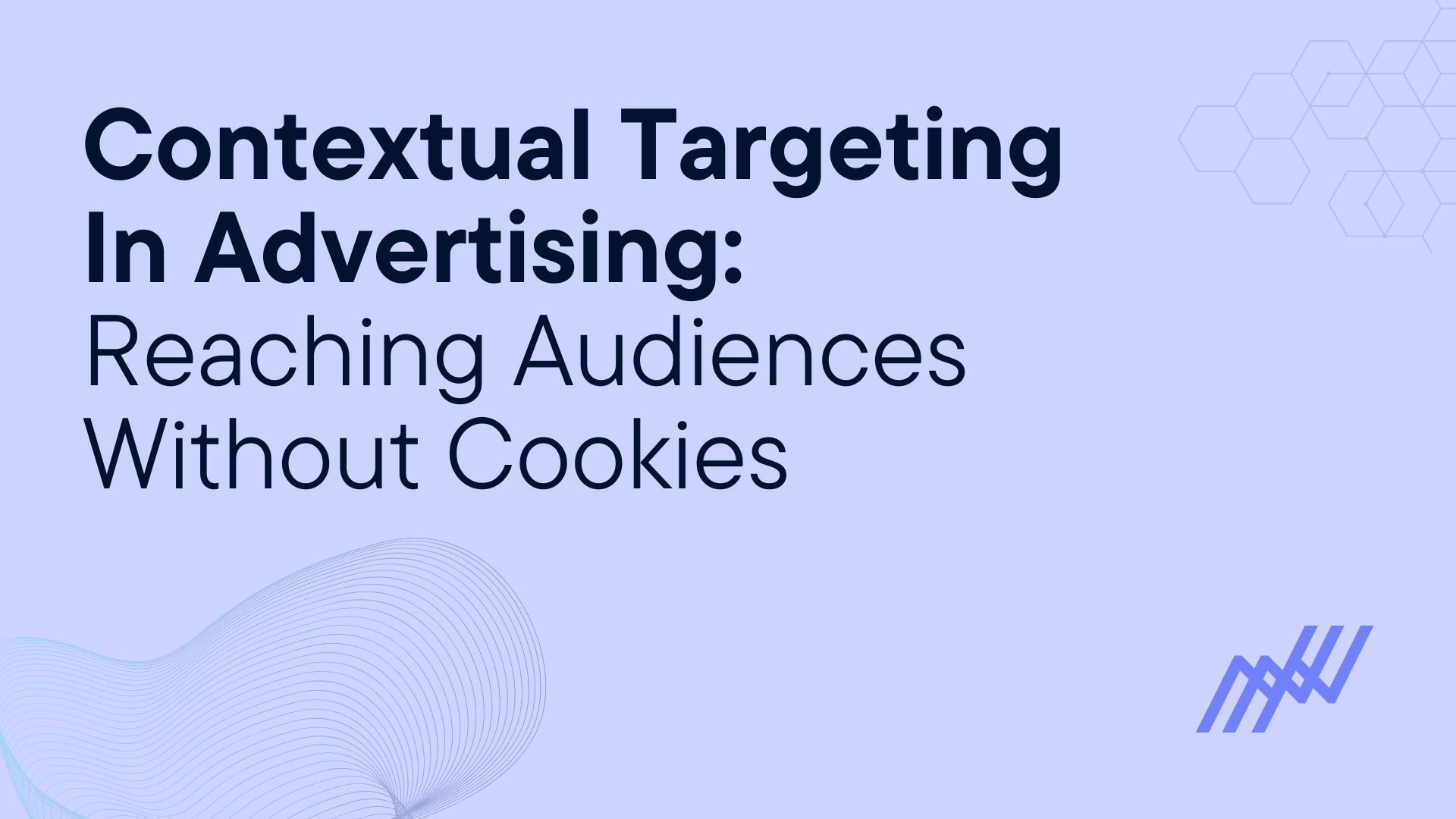


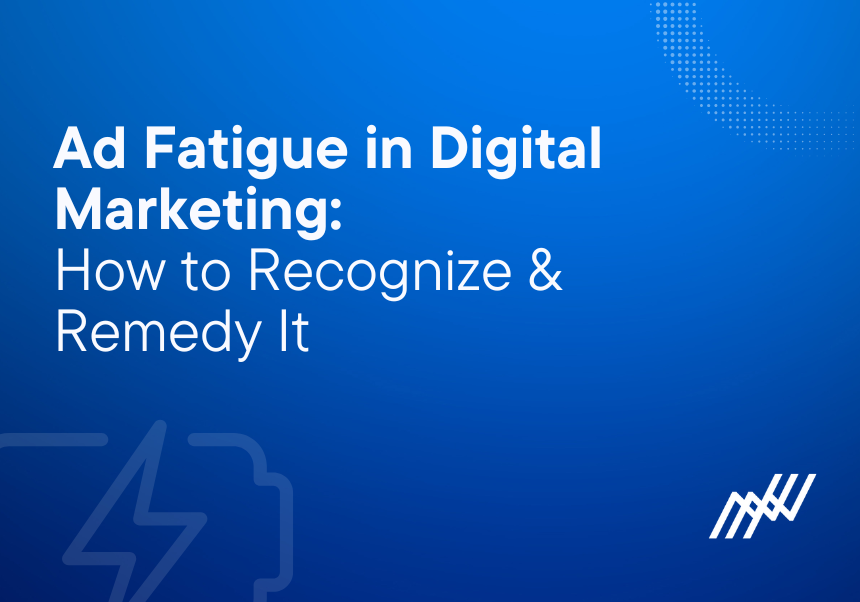
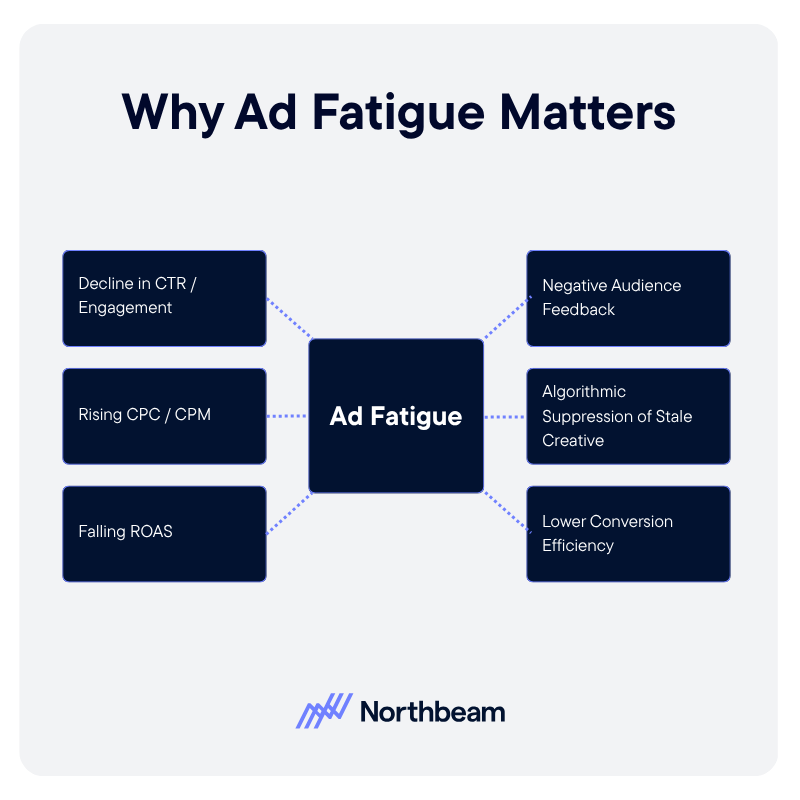
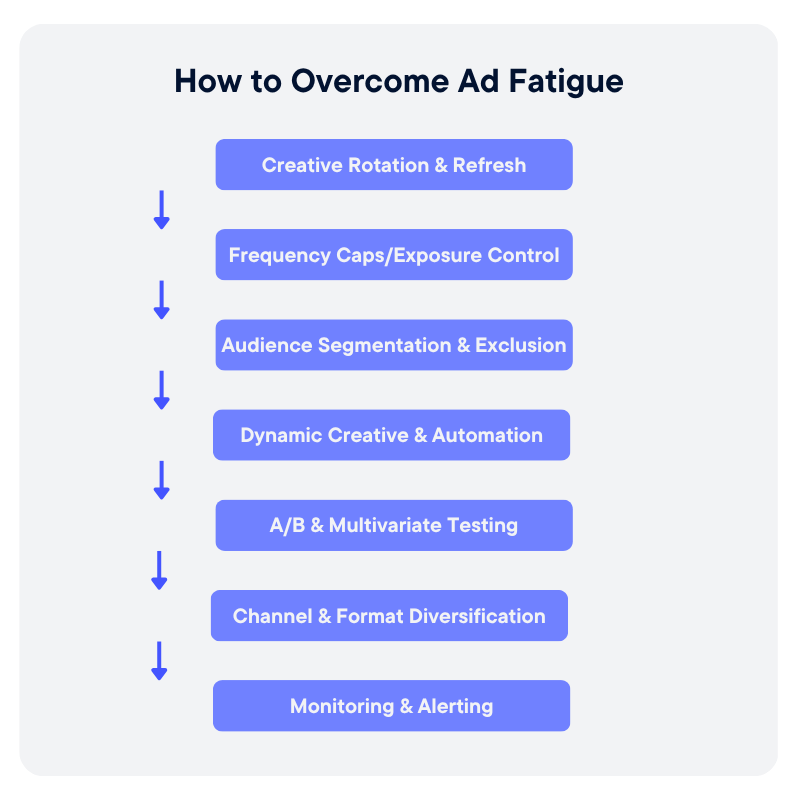
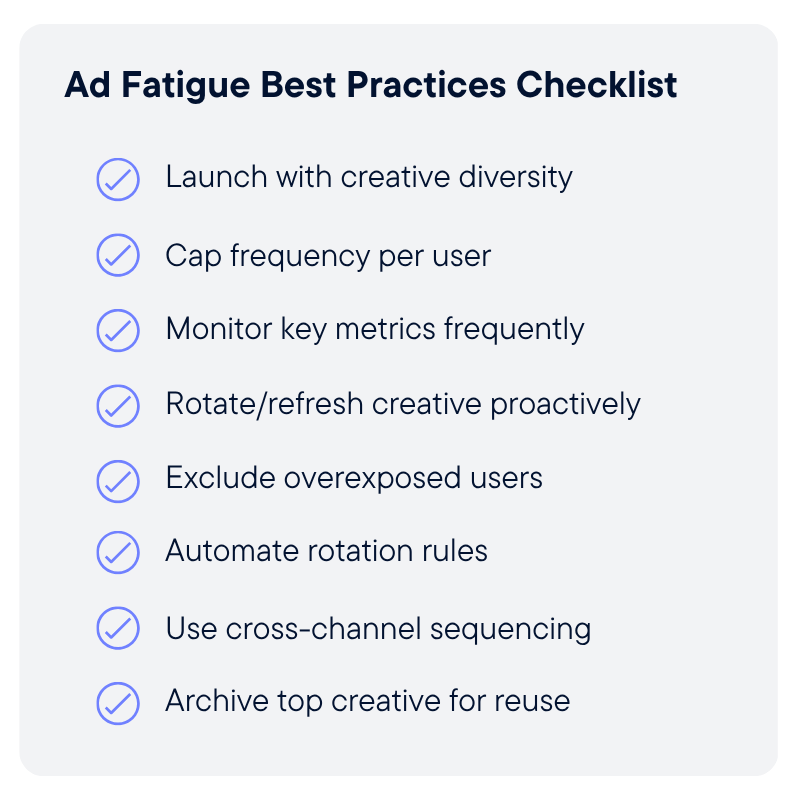

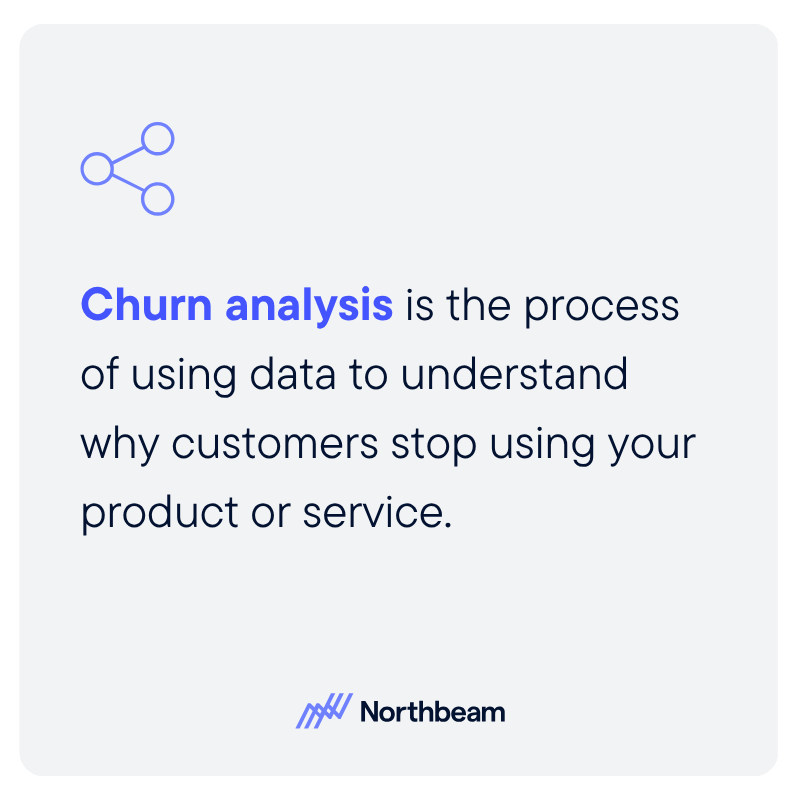
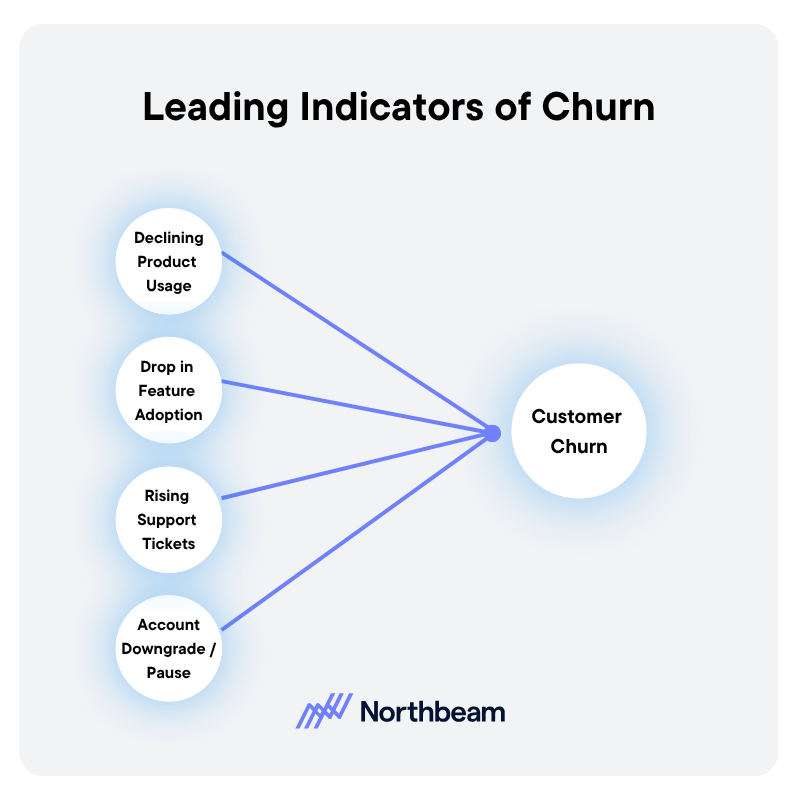
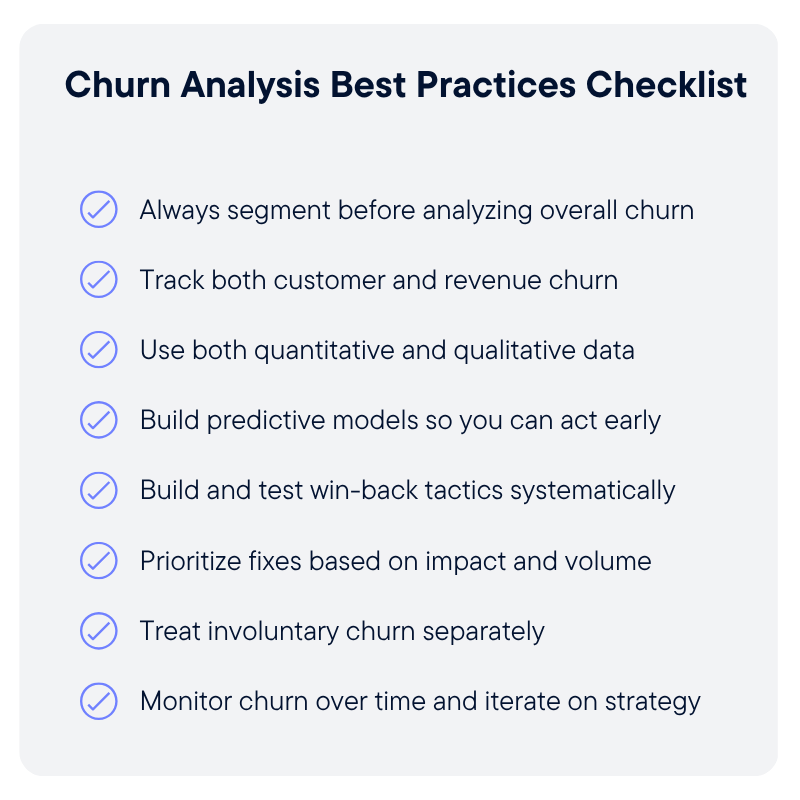
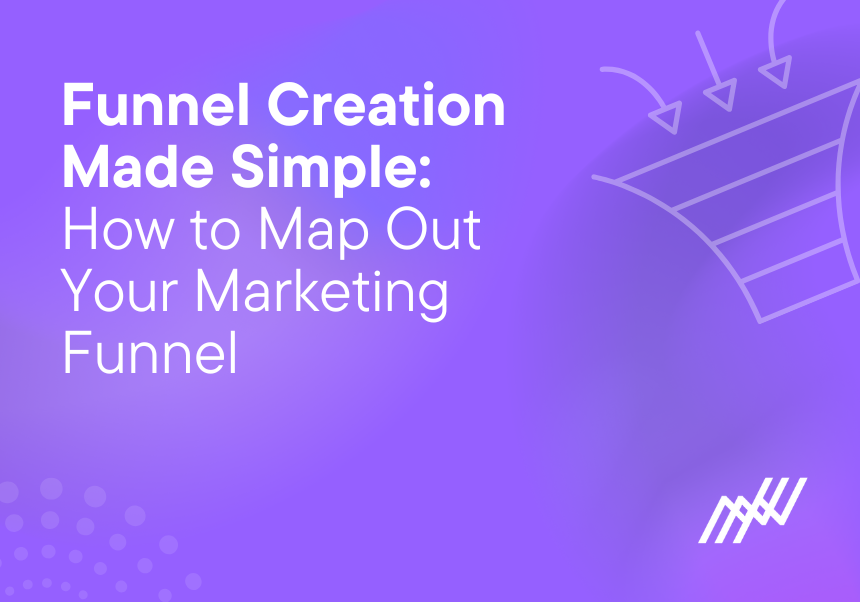
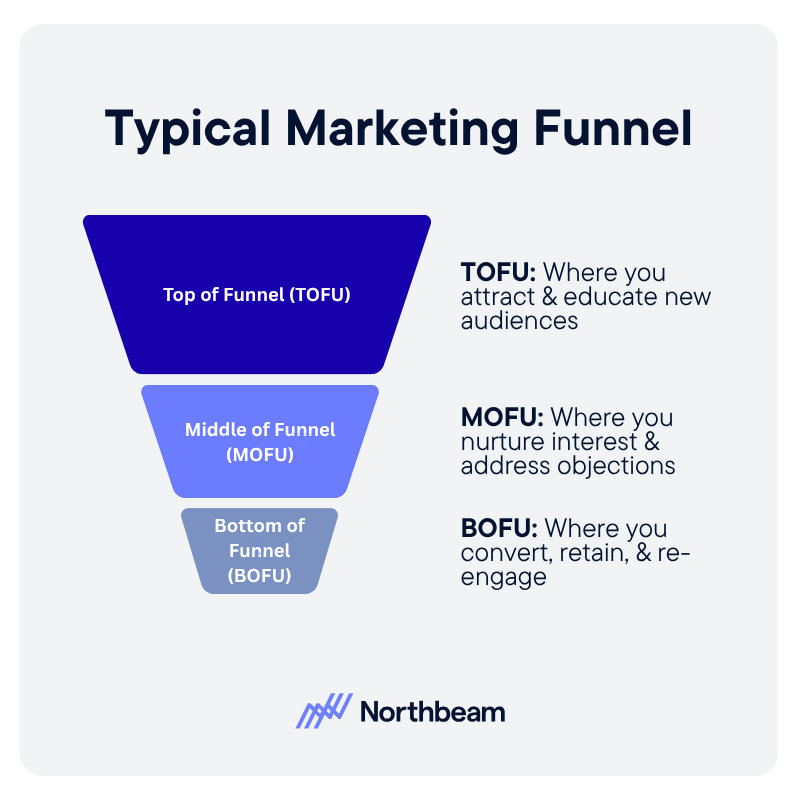
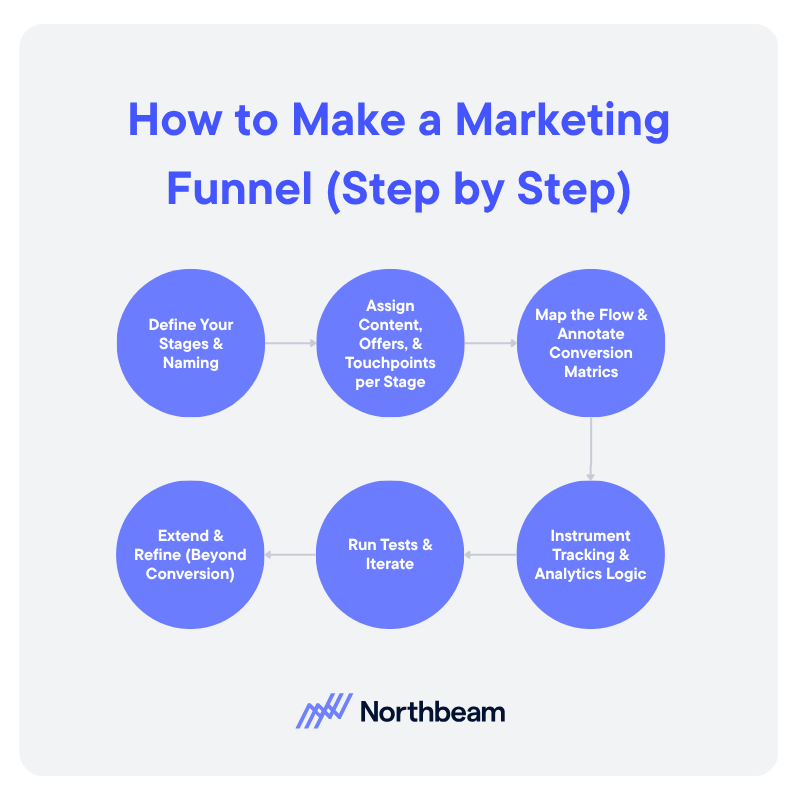
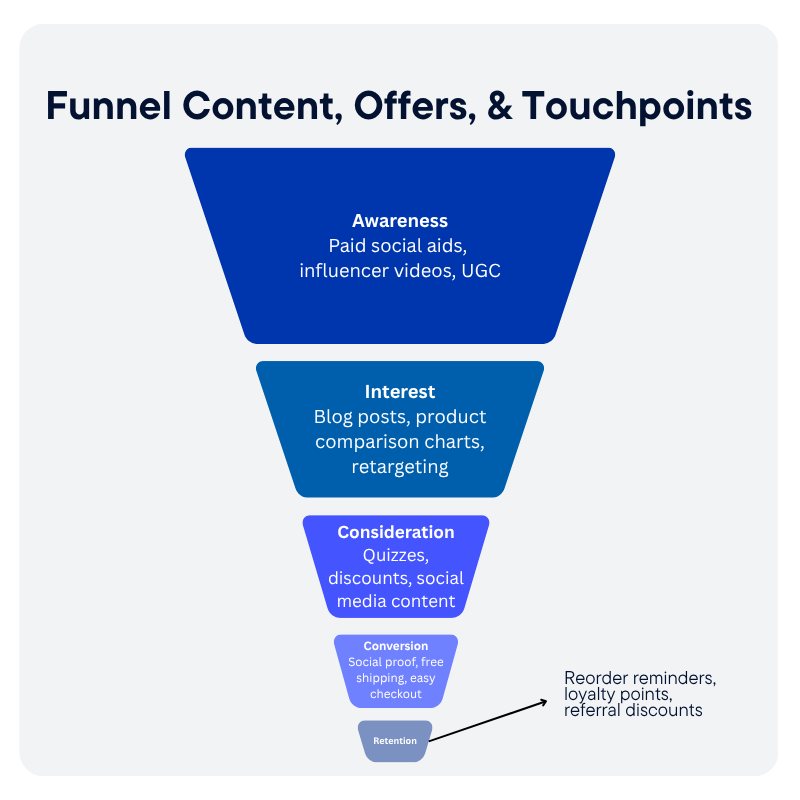
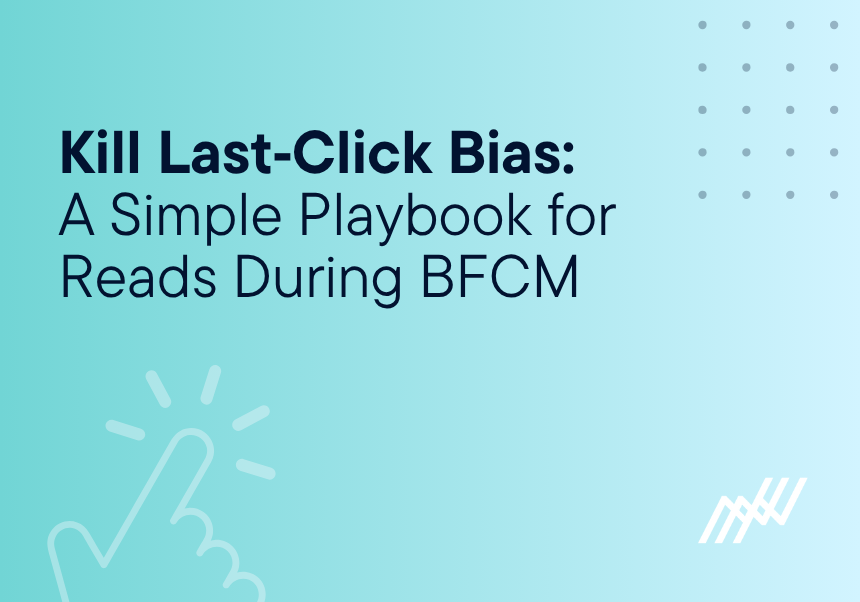

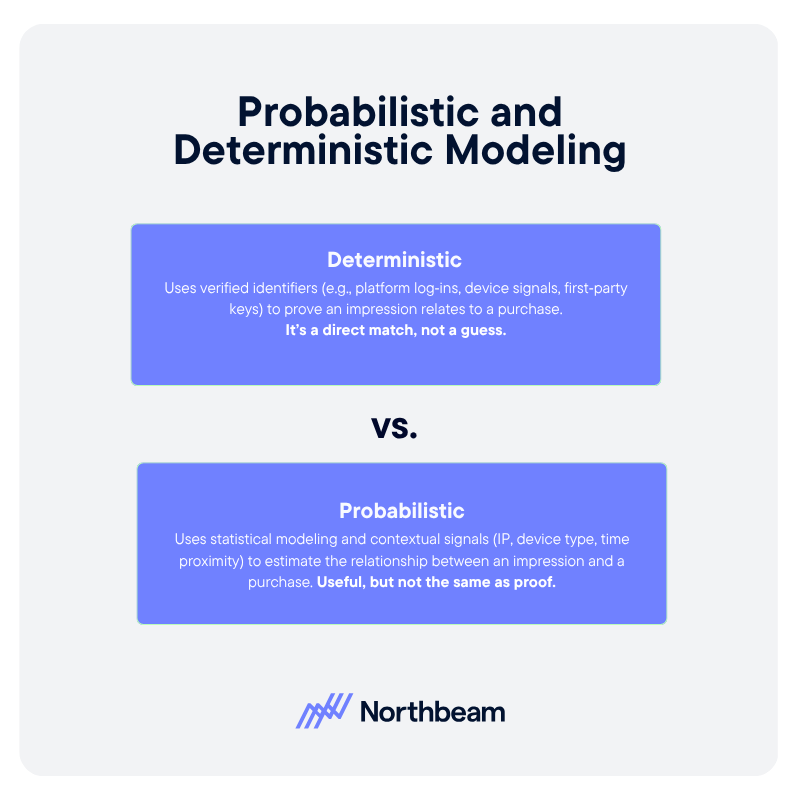

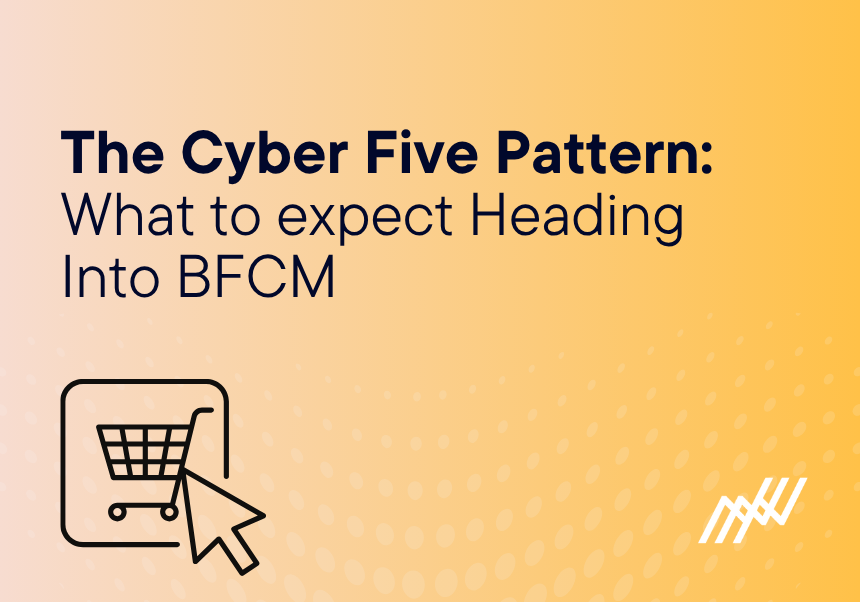


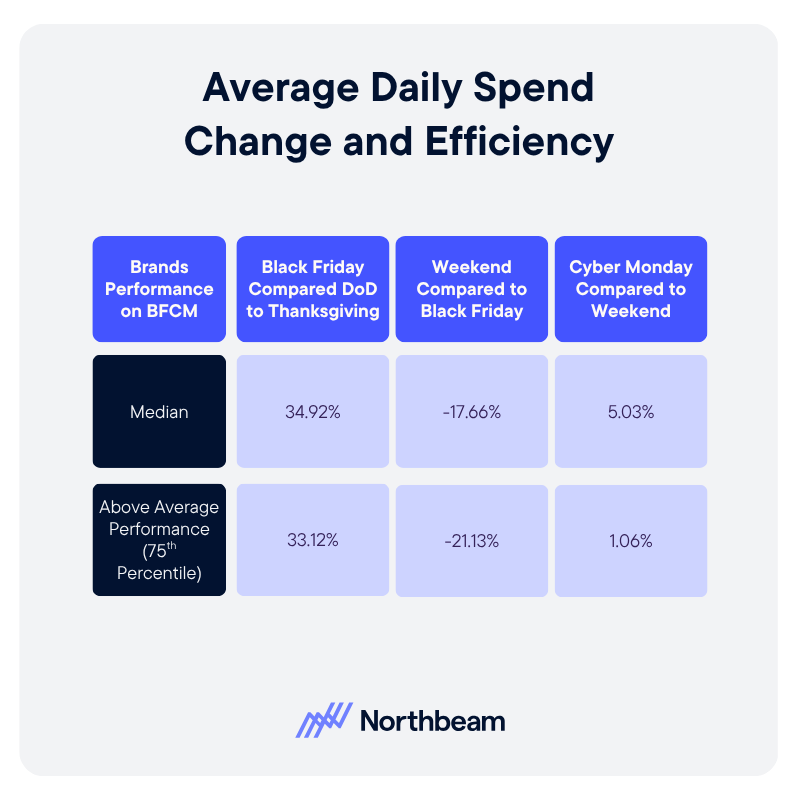
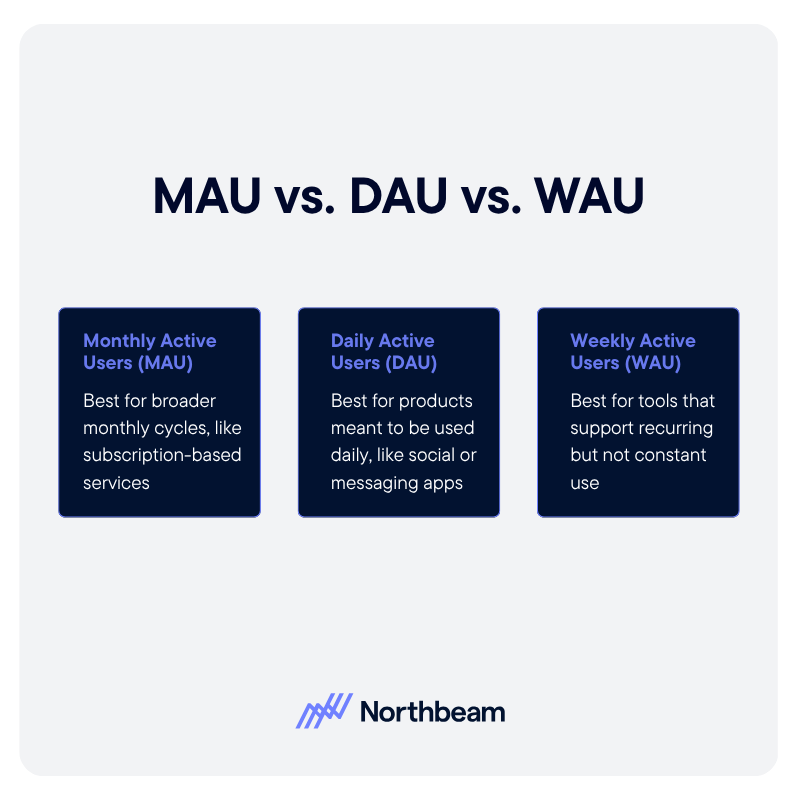

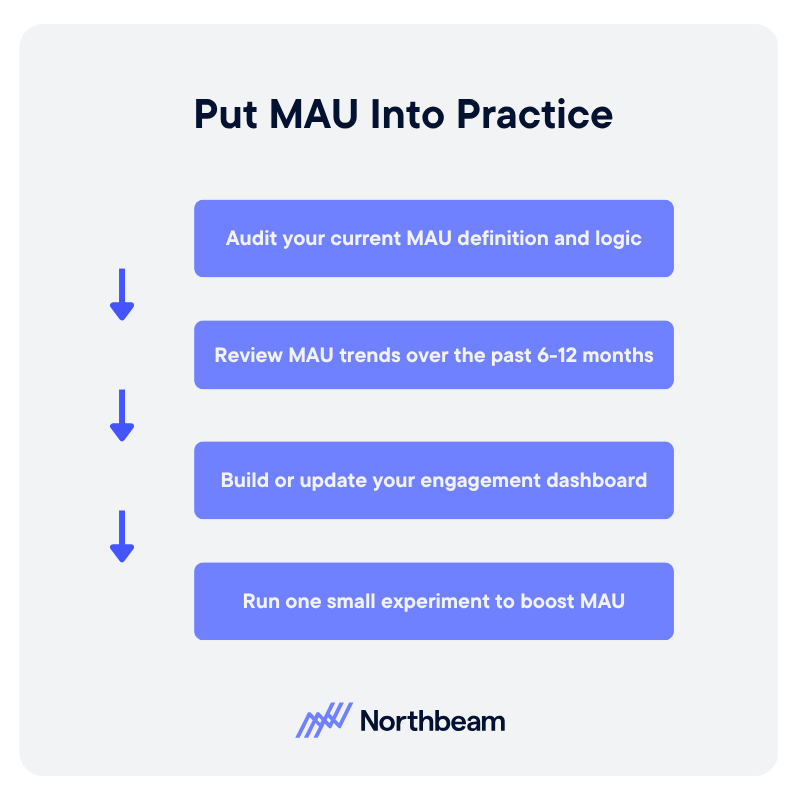
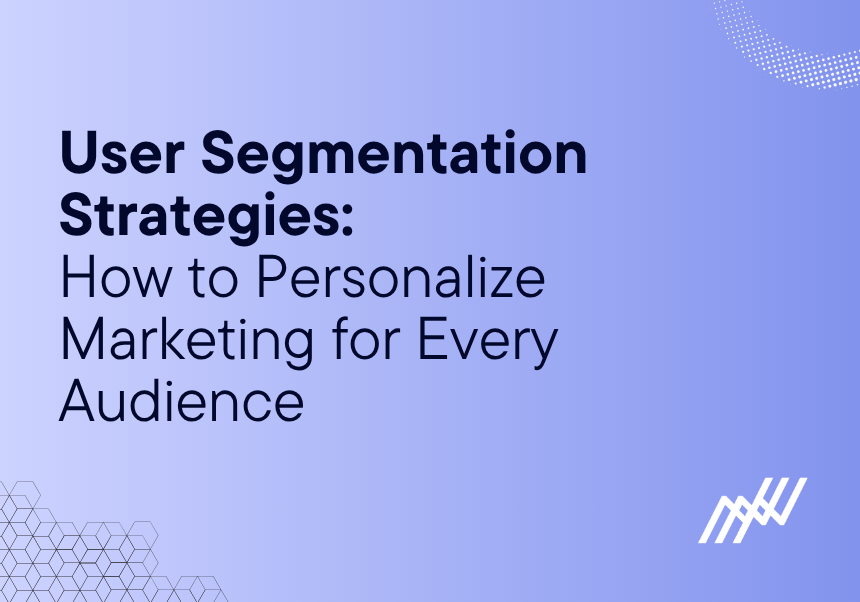
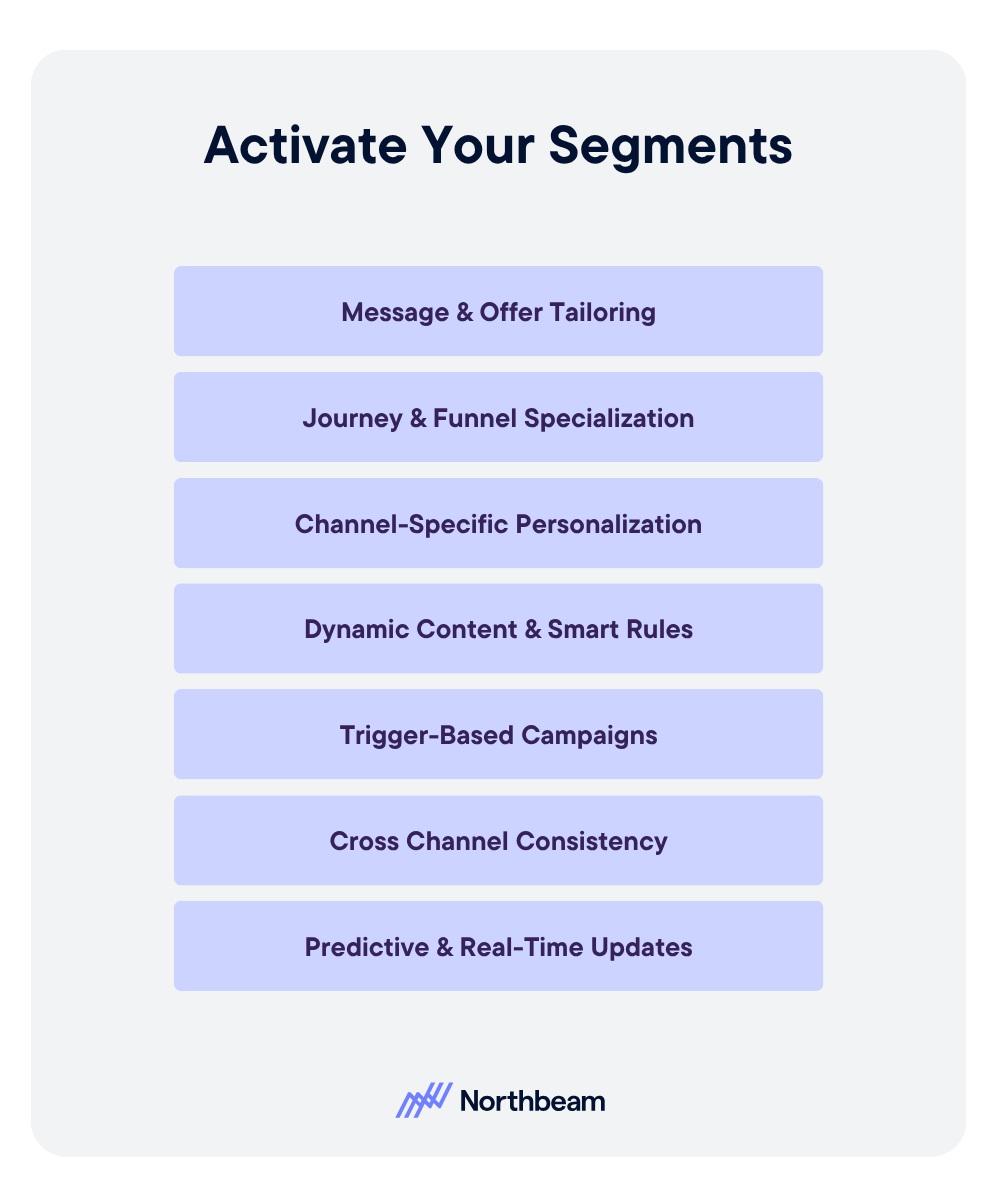
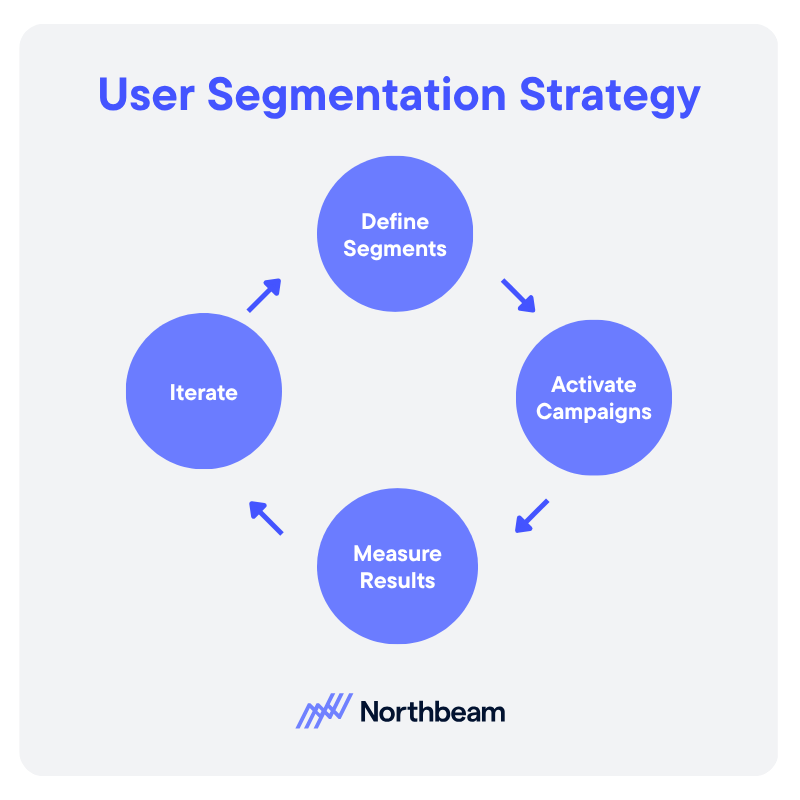
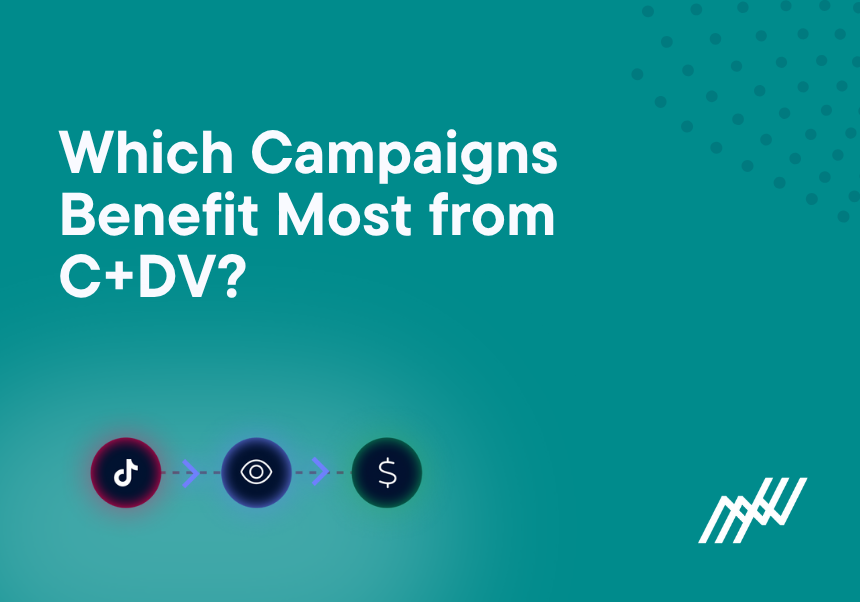

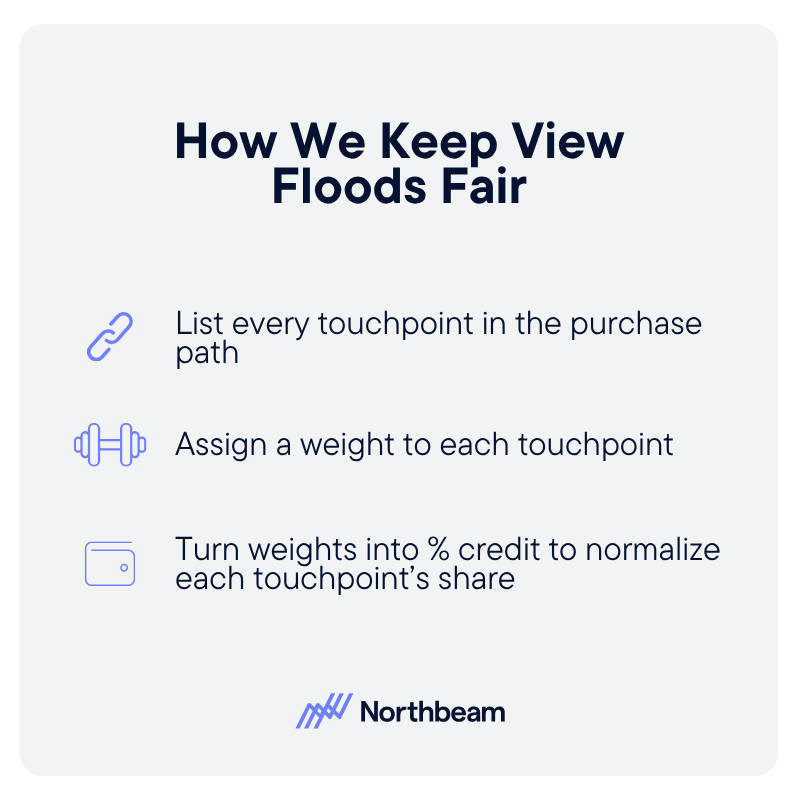
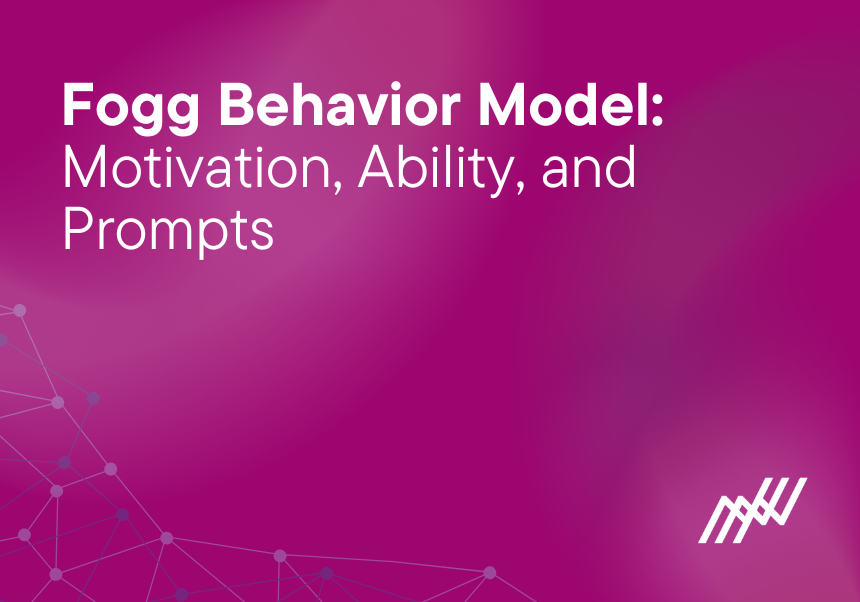


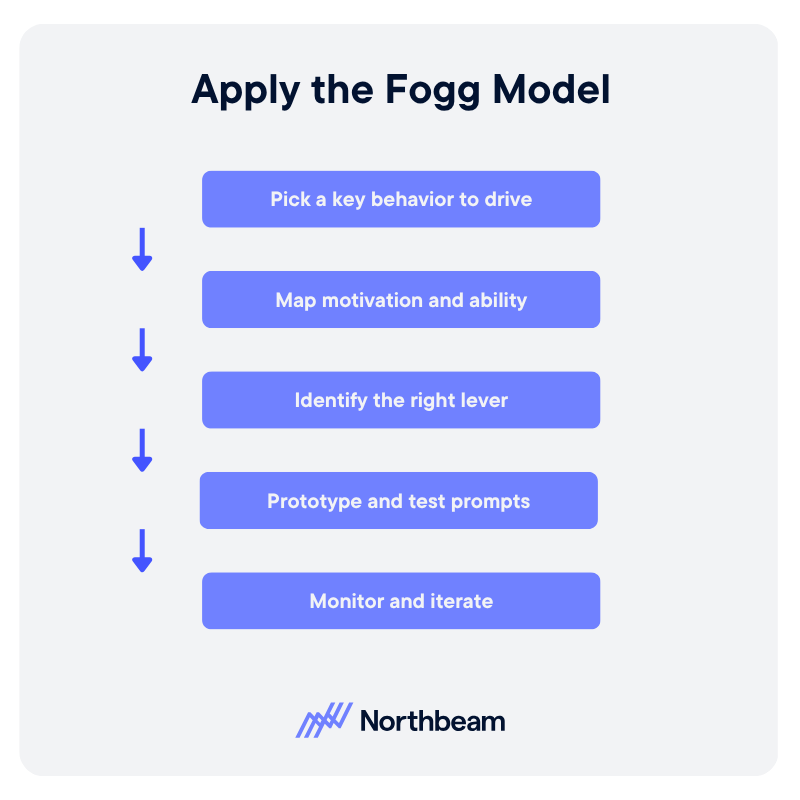

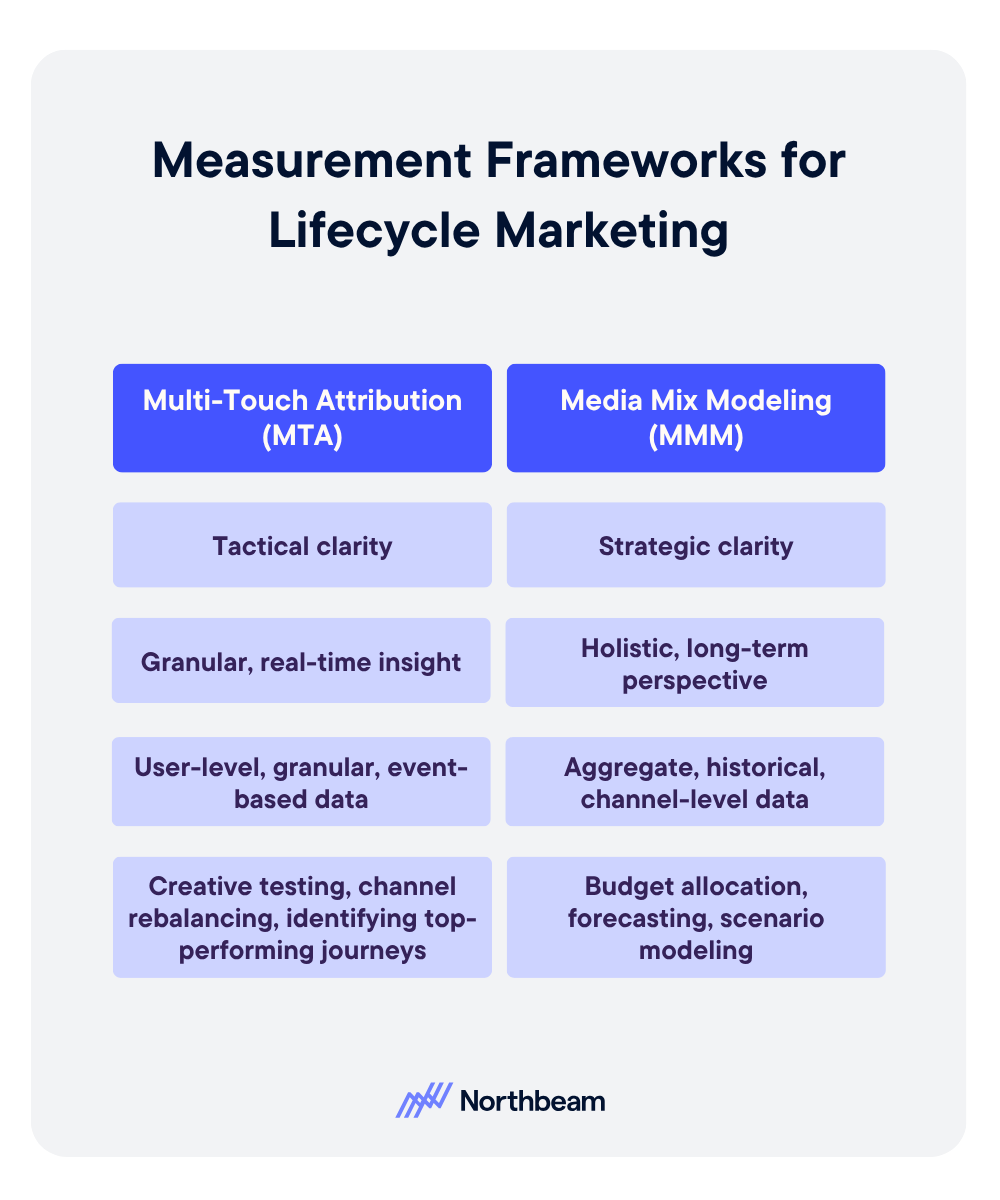
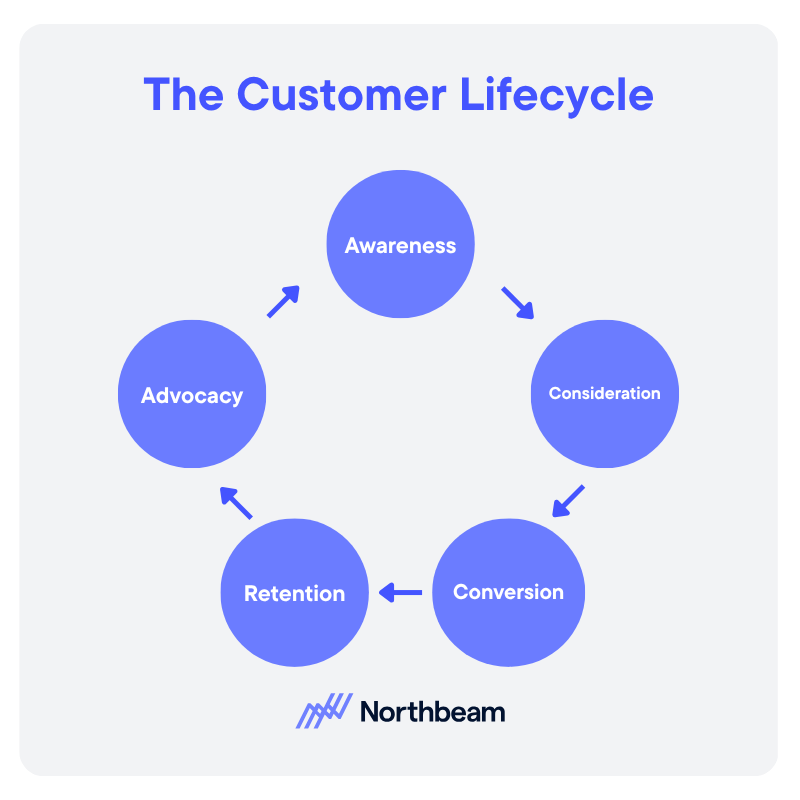
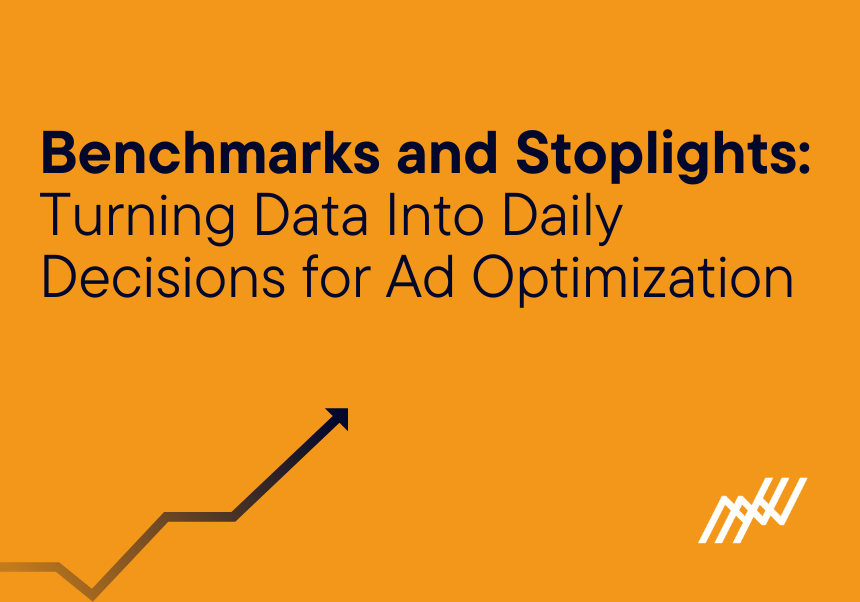

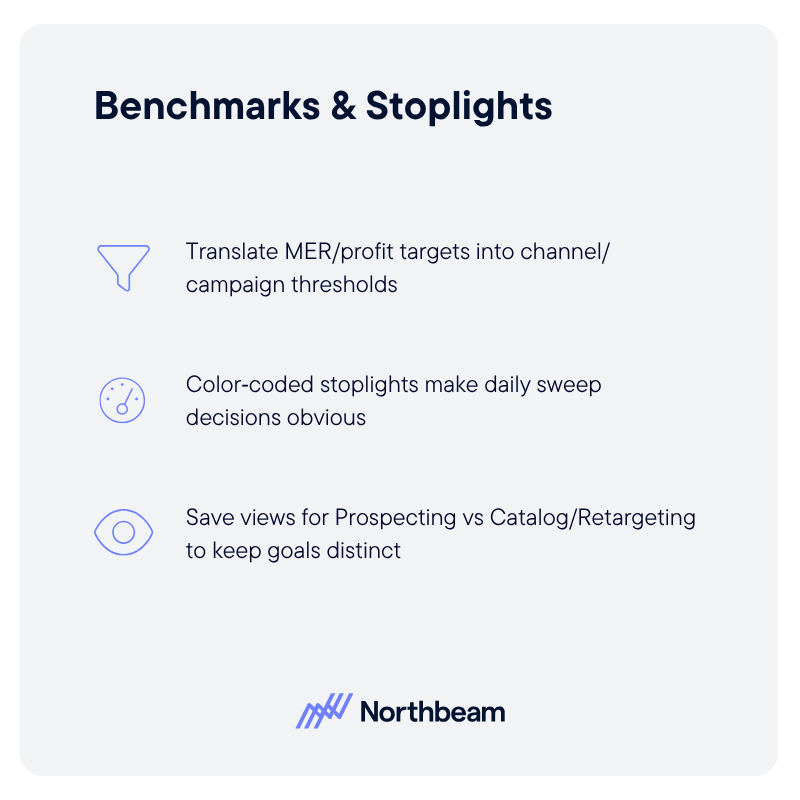
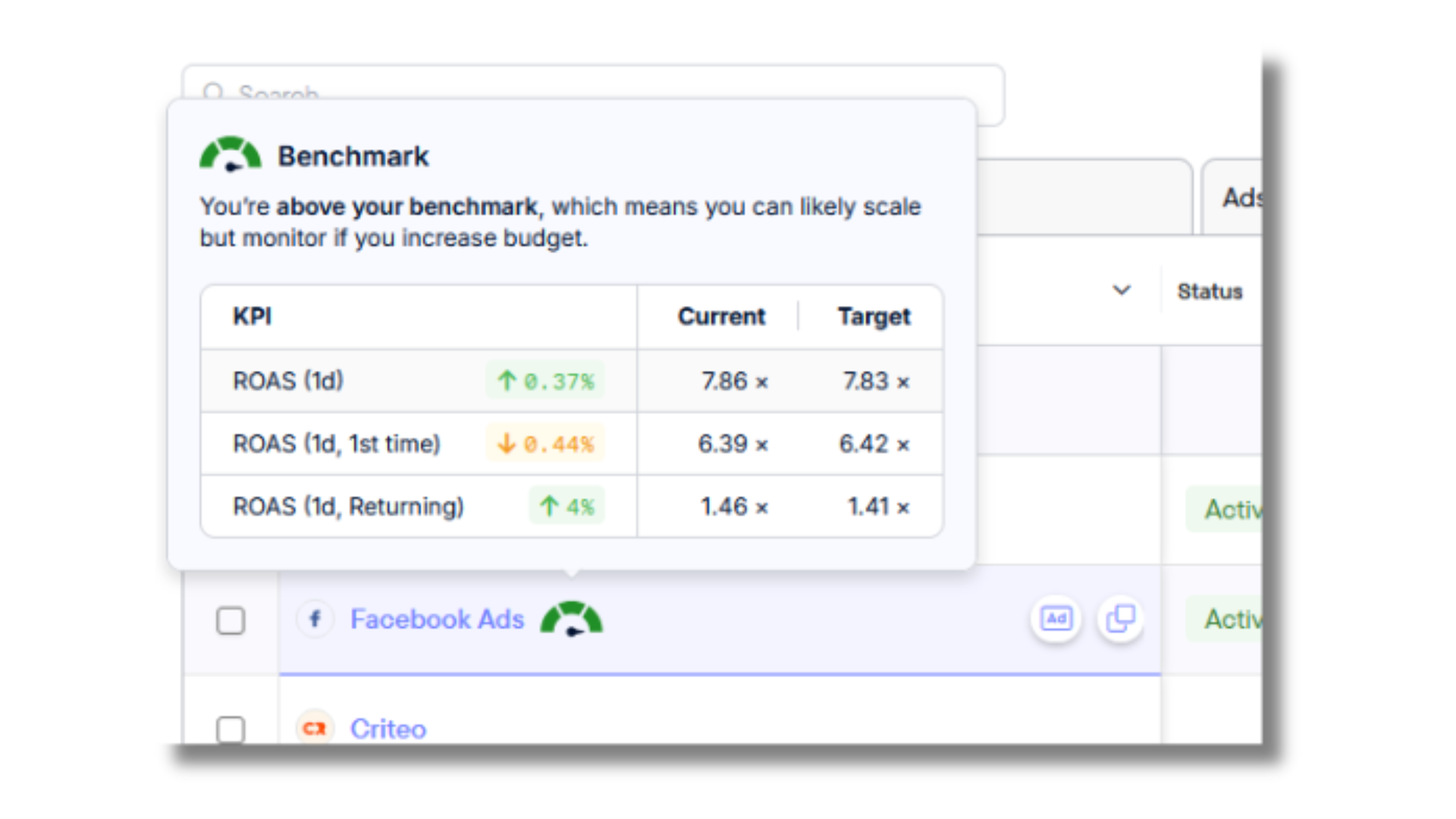
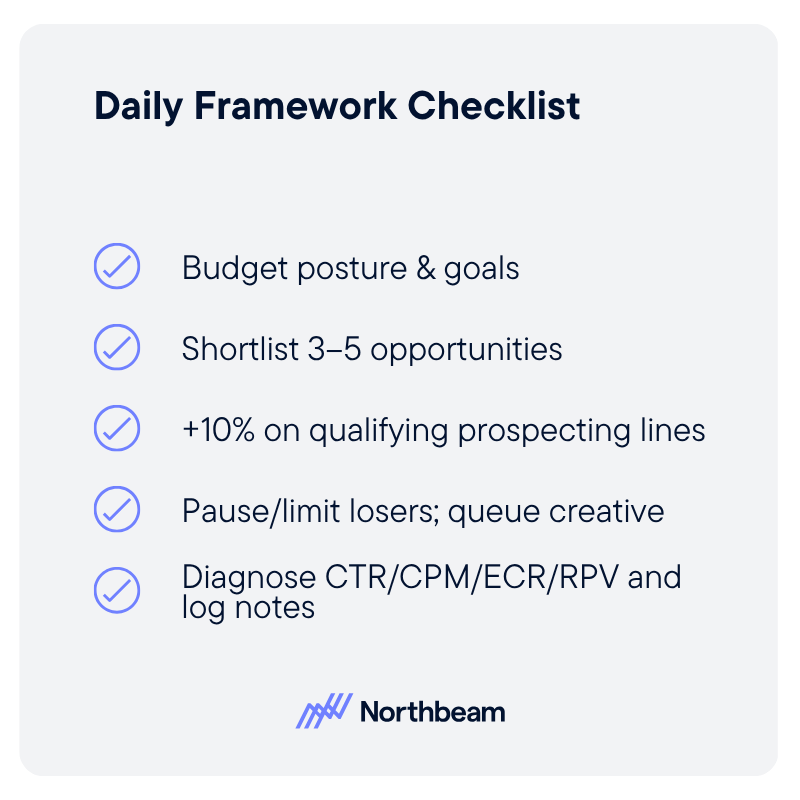
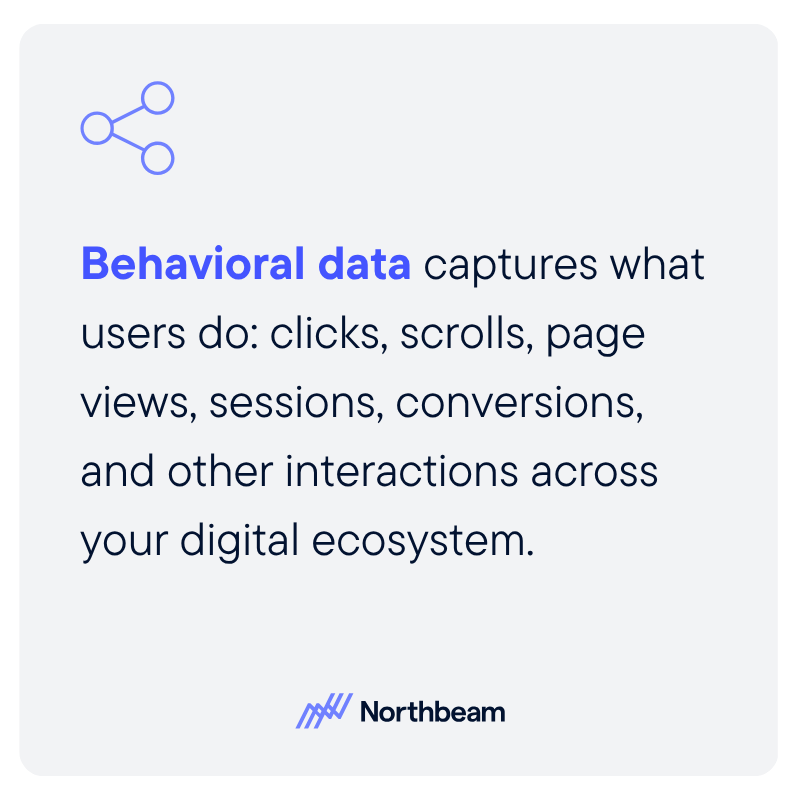
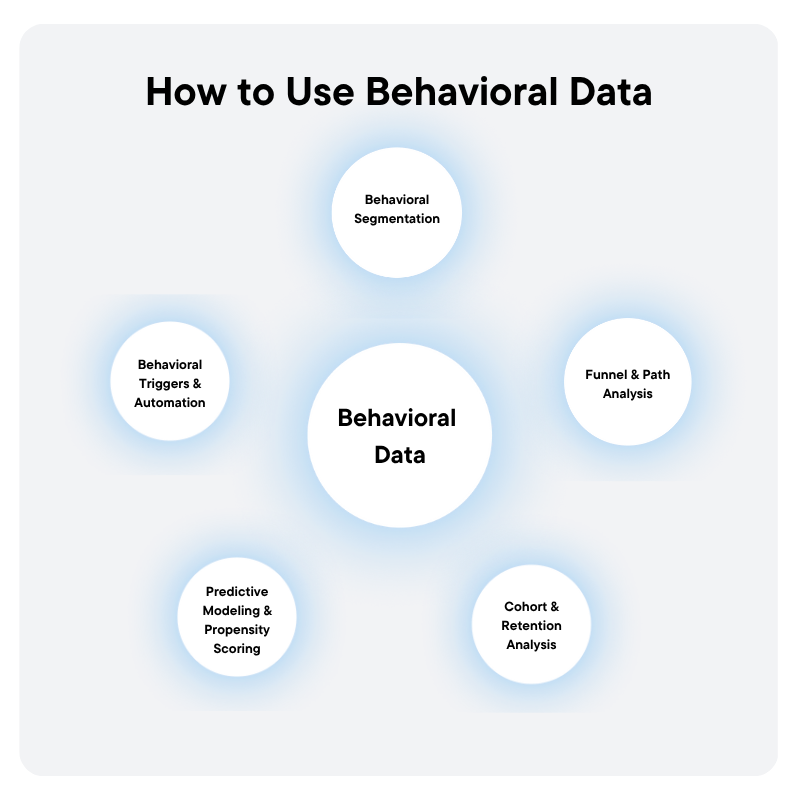

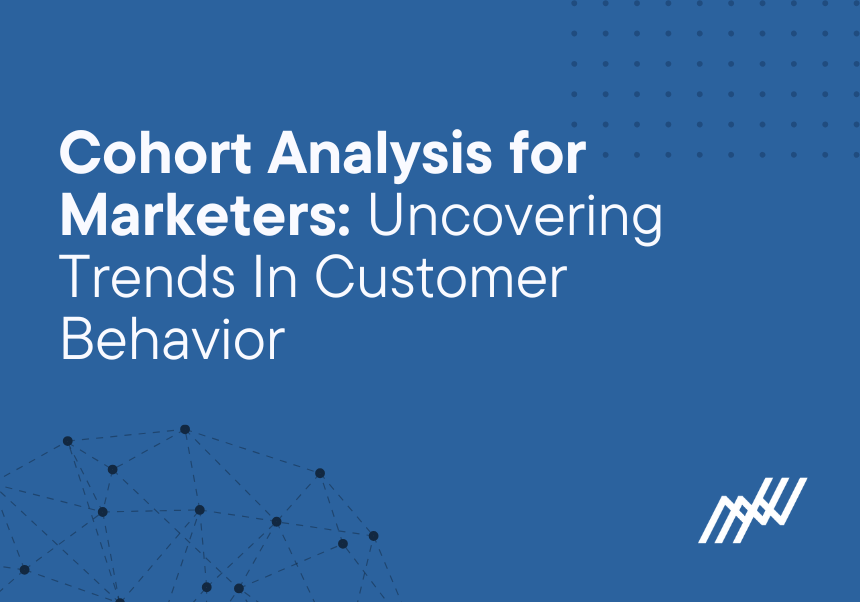
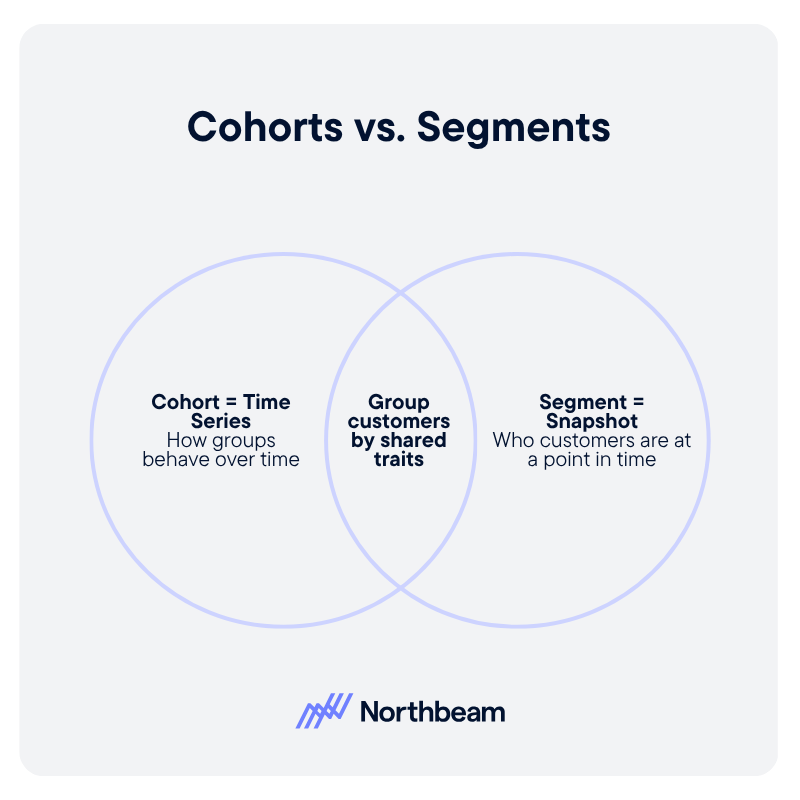
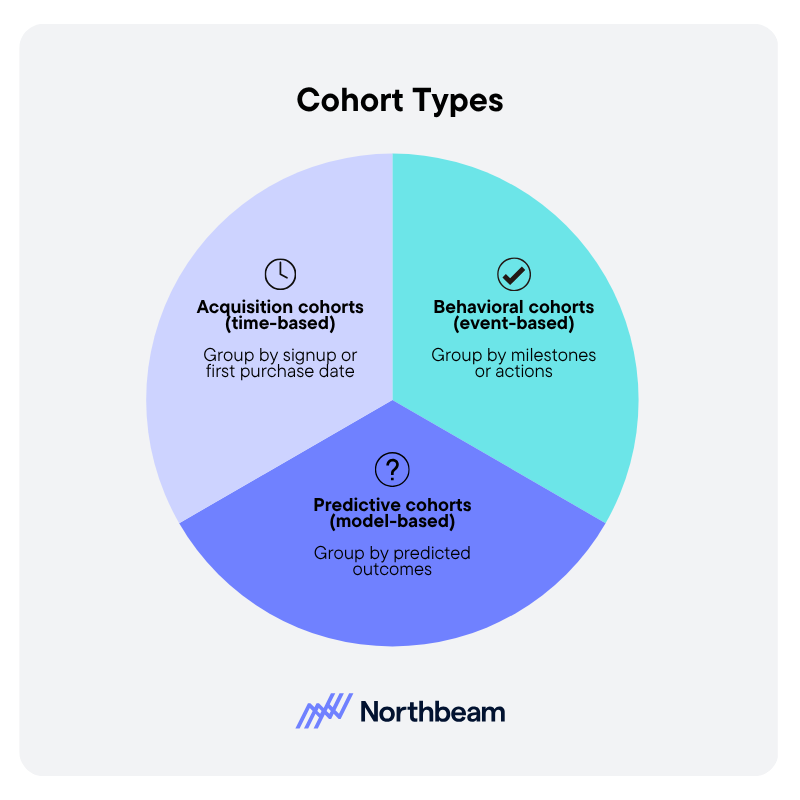
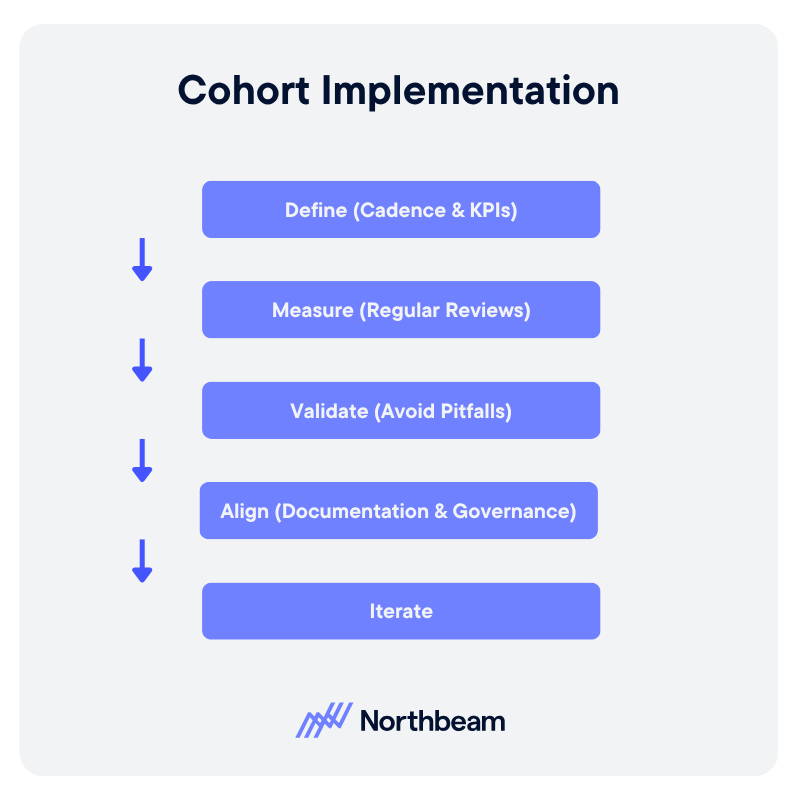
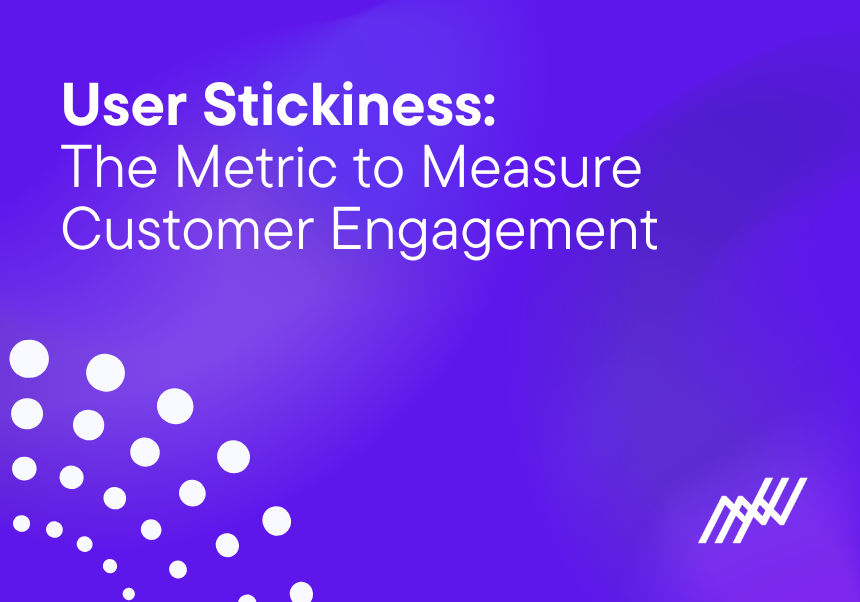
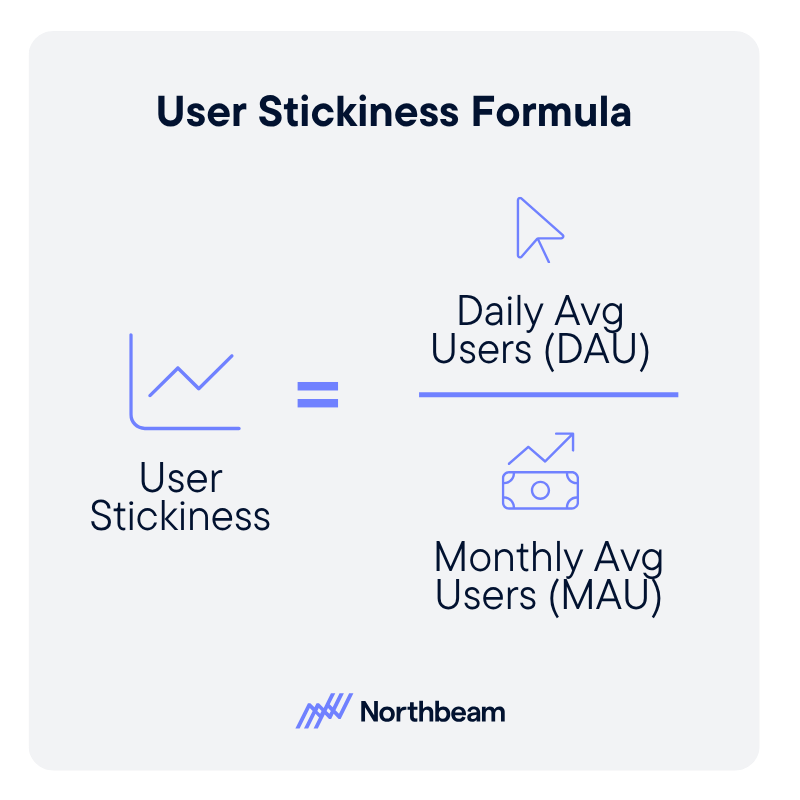
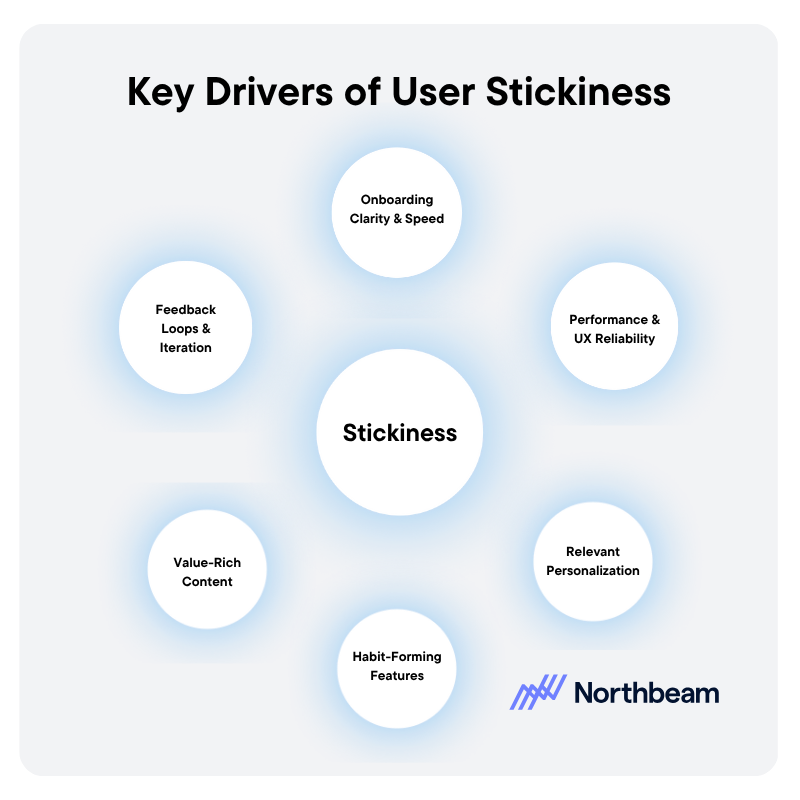
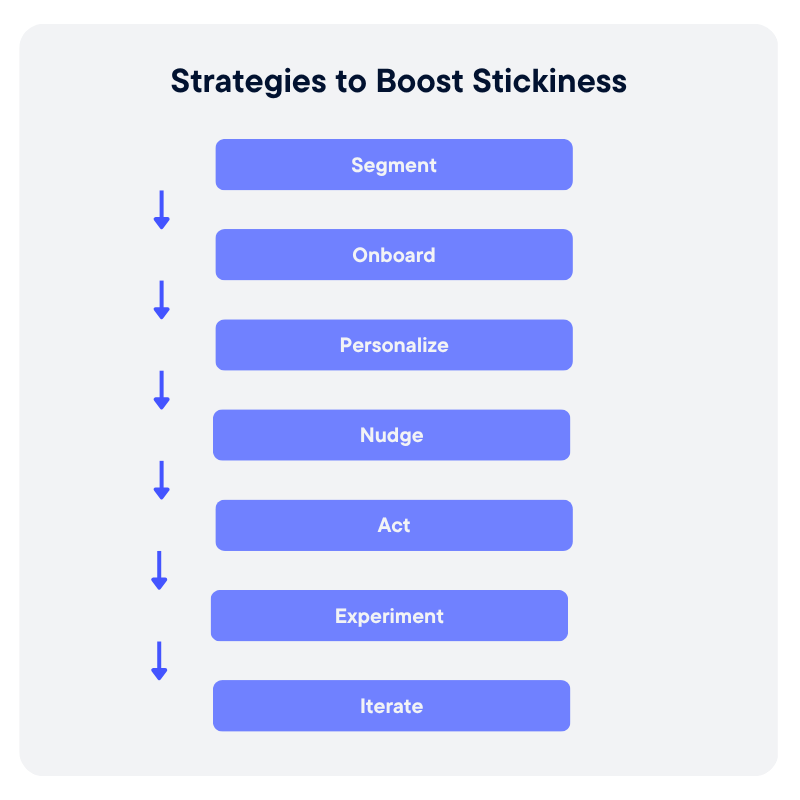

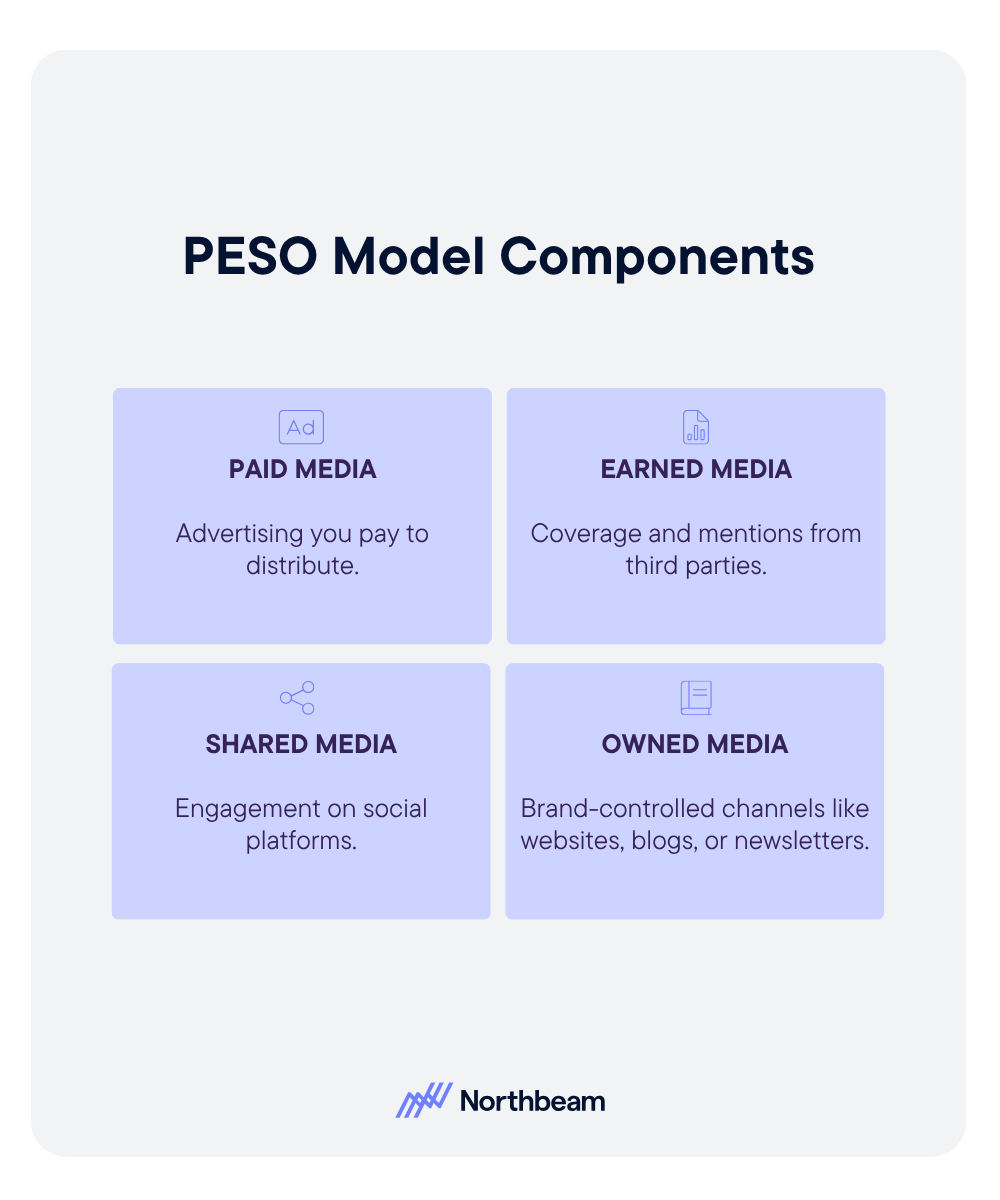
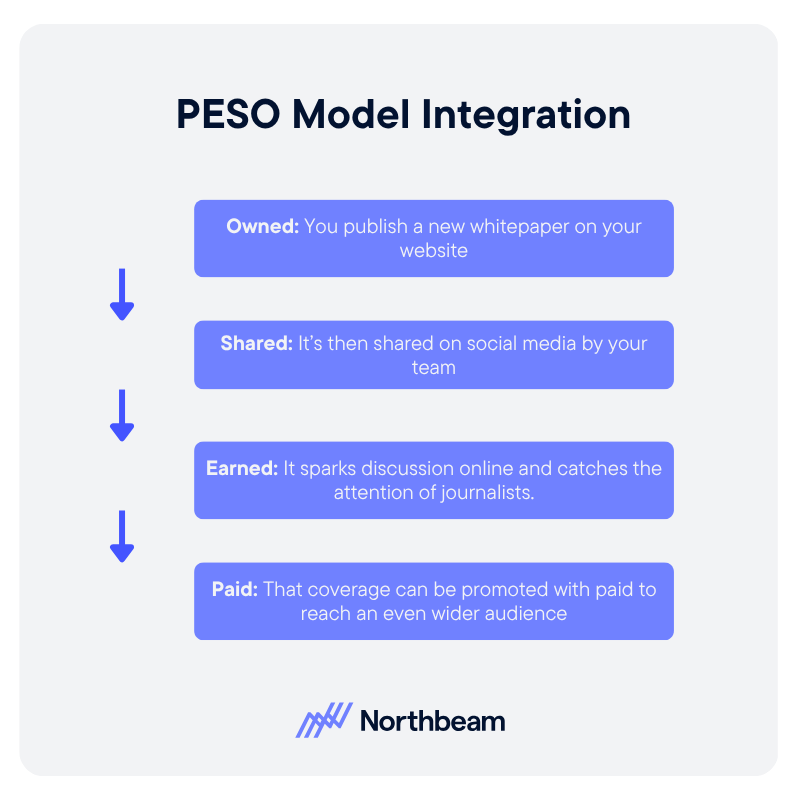
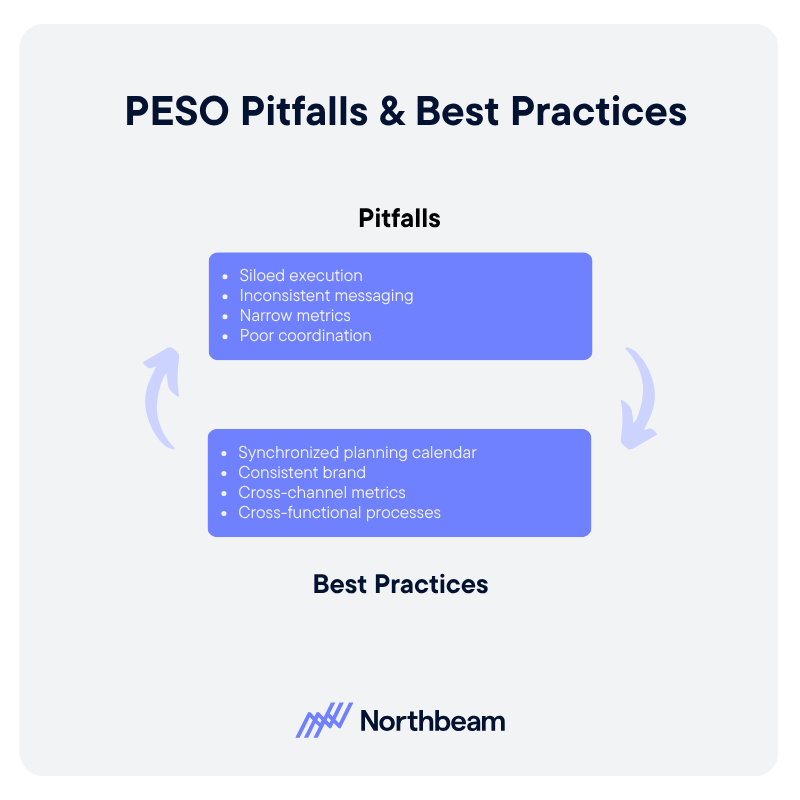
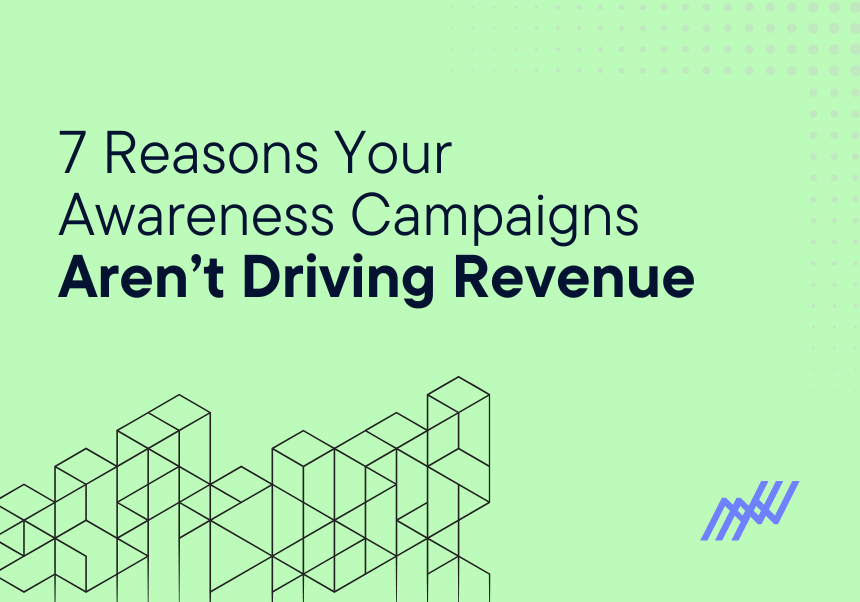

.png)


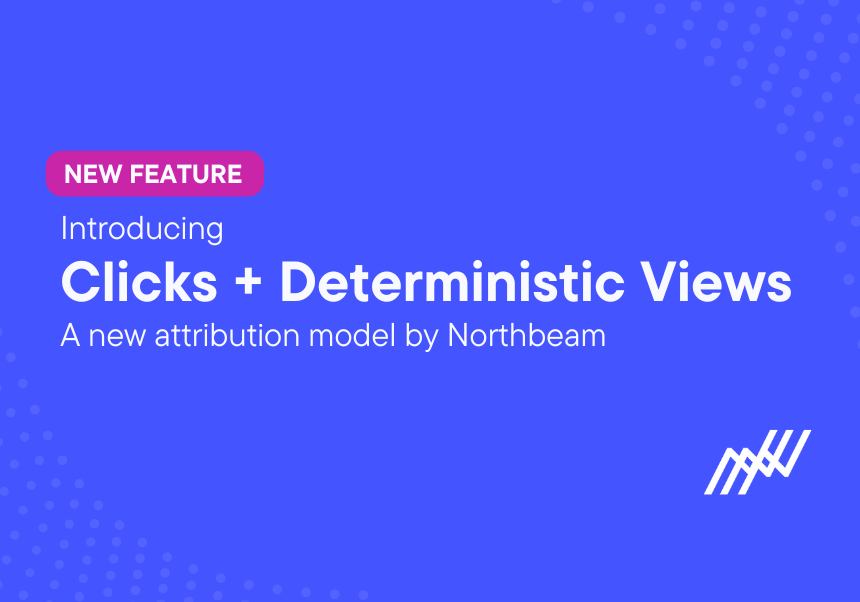


.png)

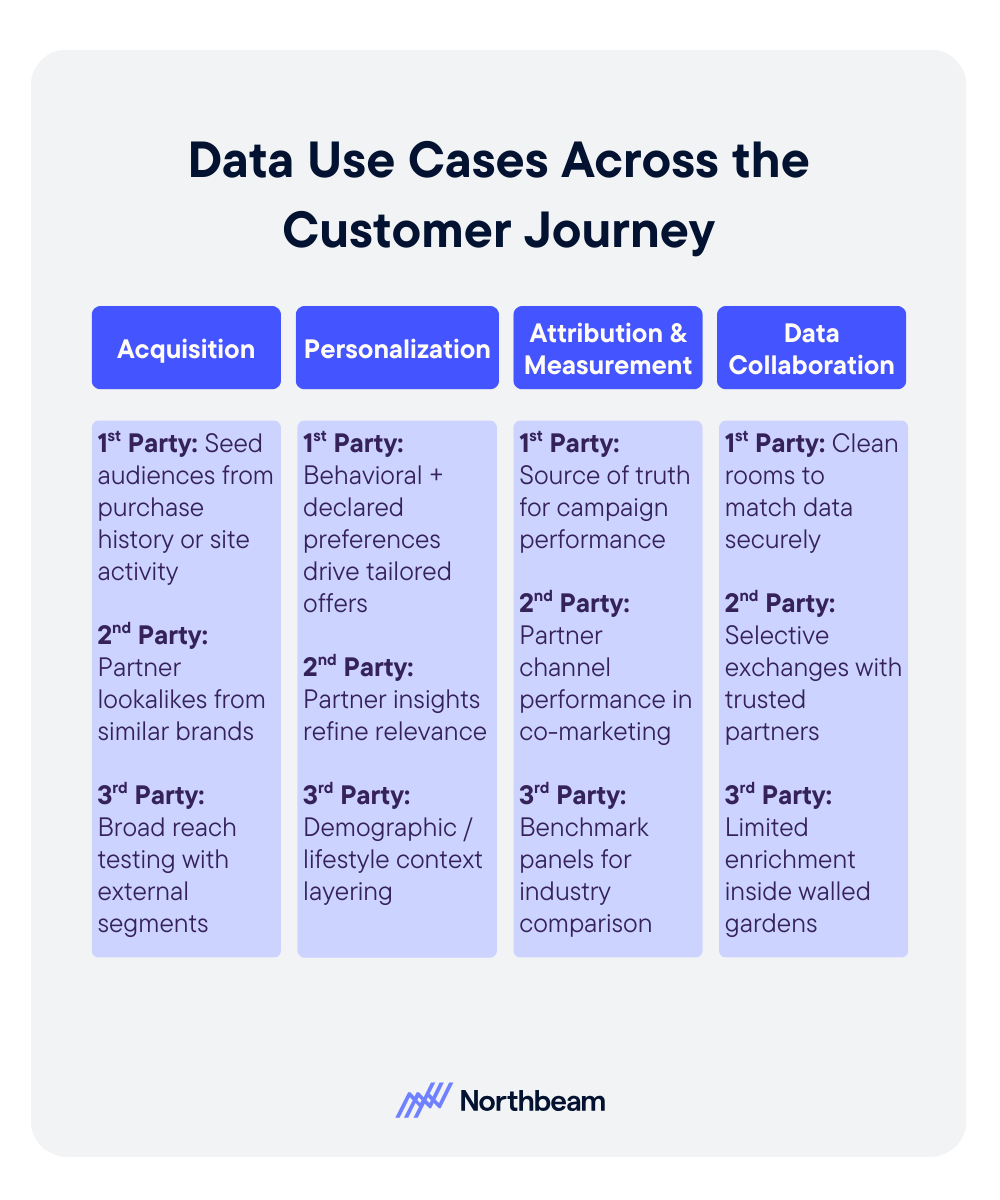

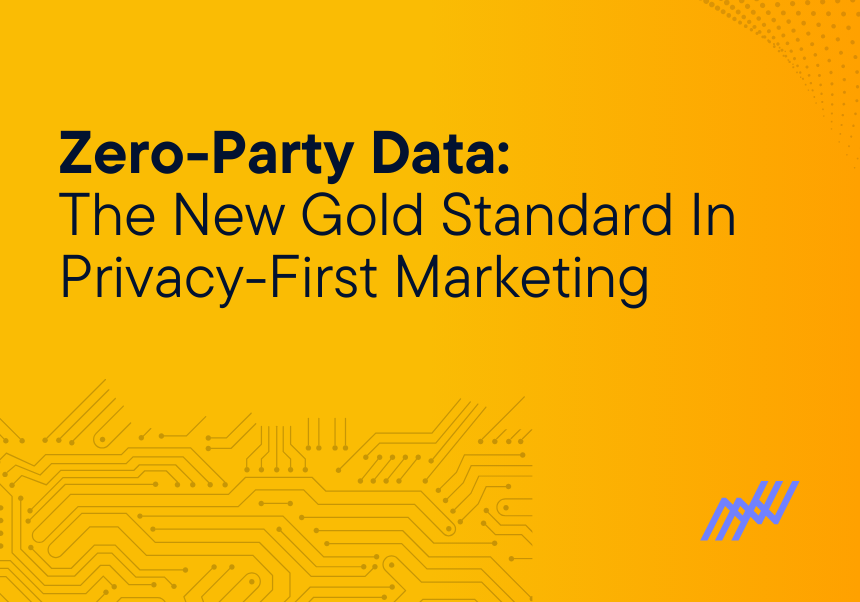
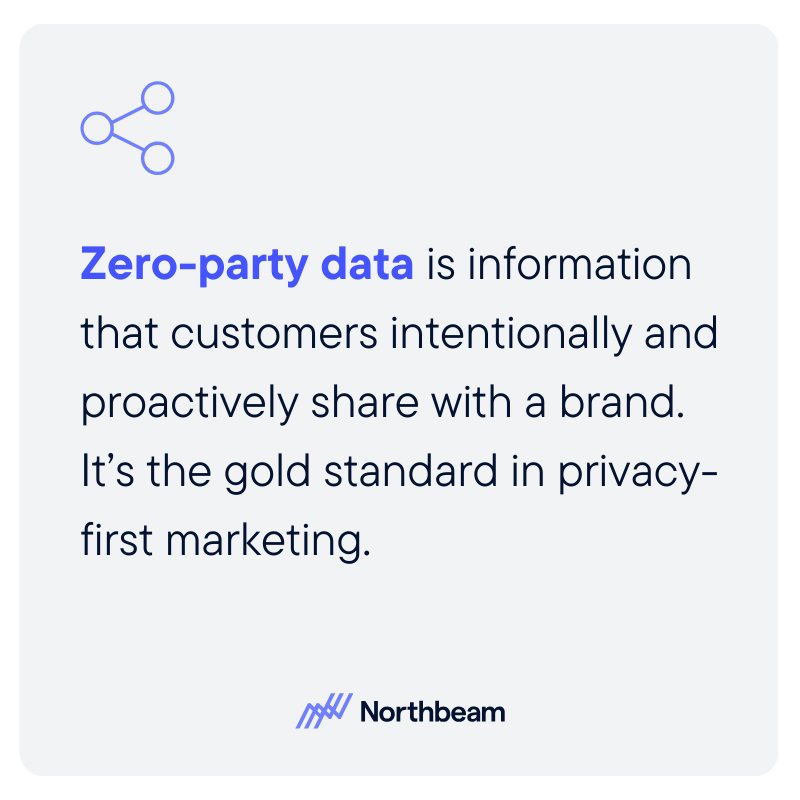
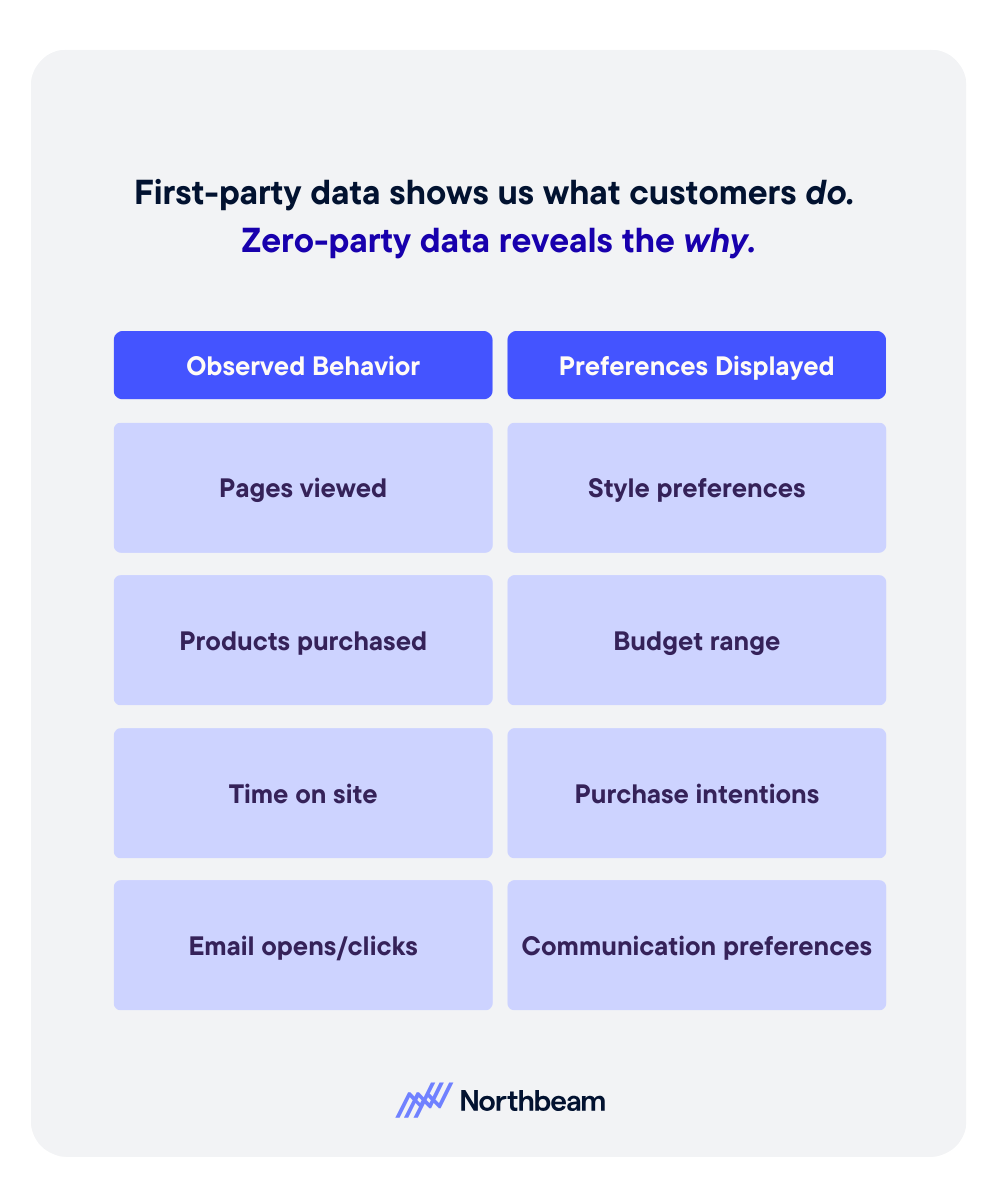
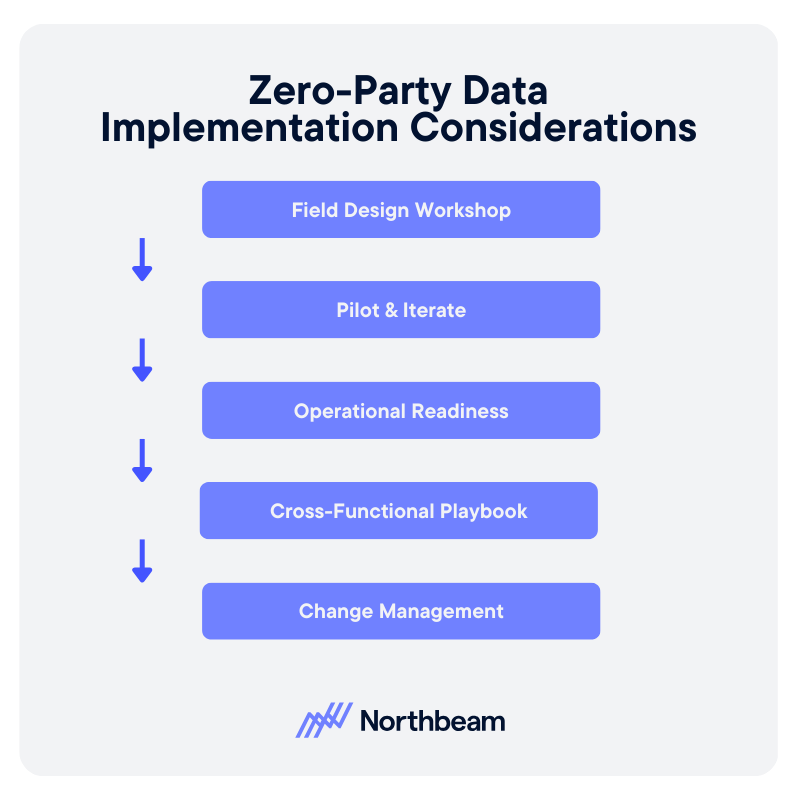



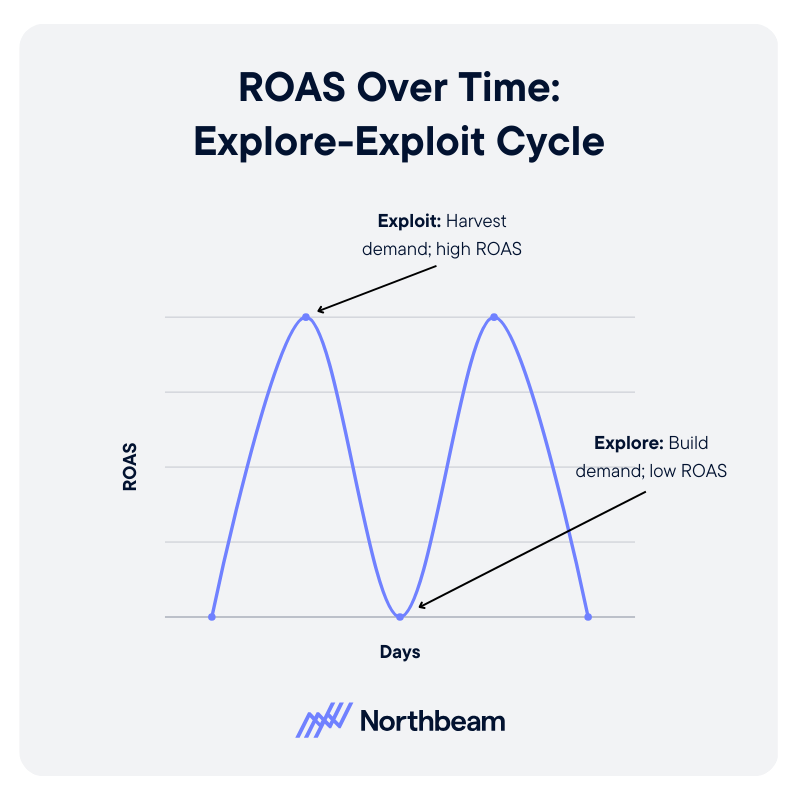
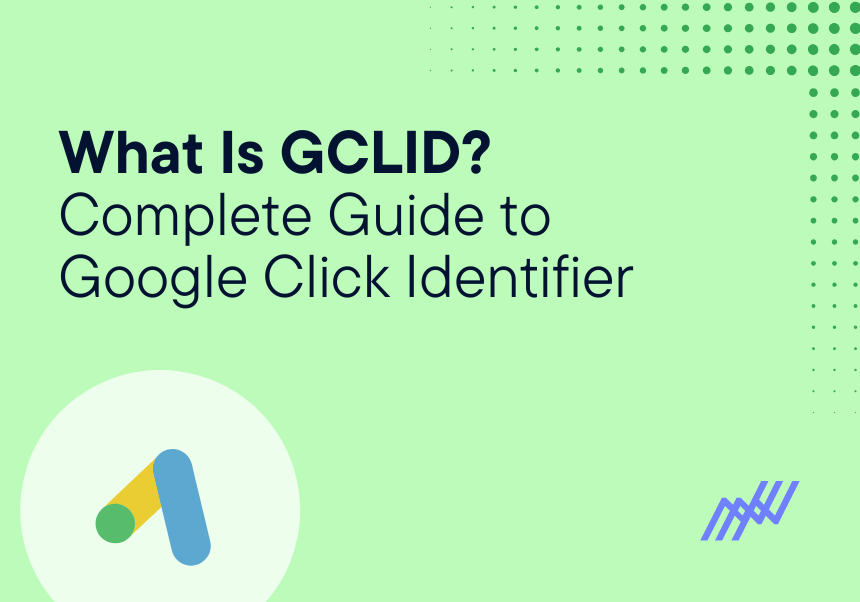
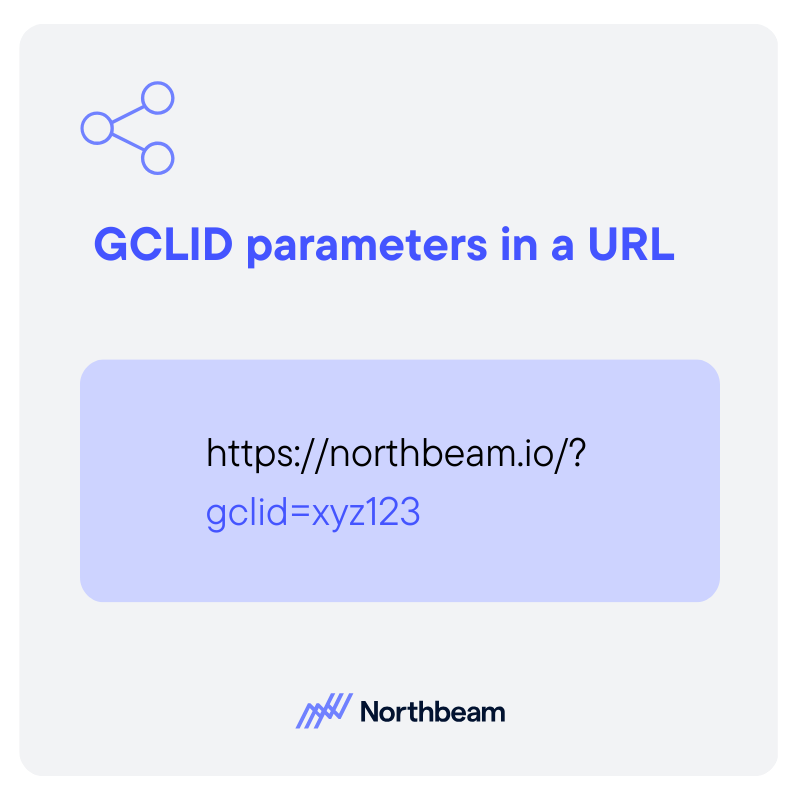
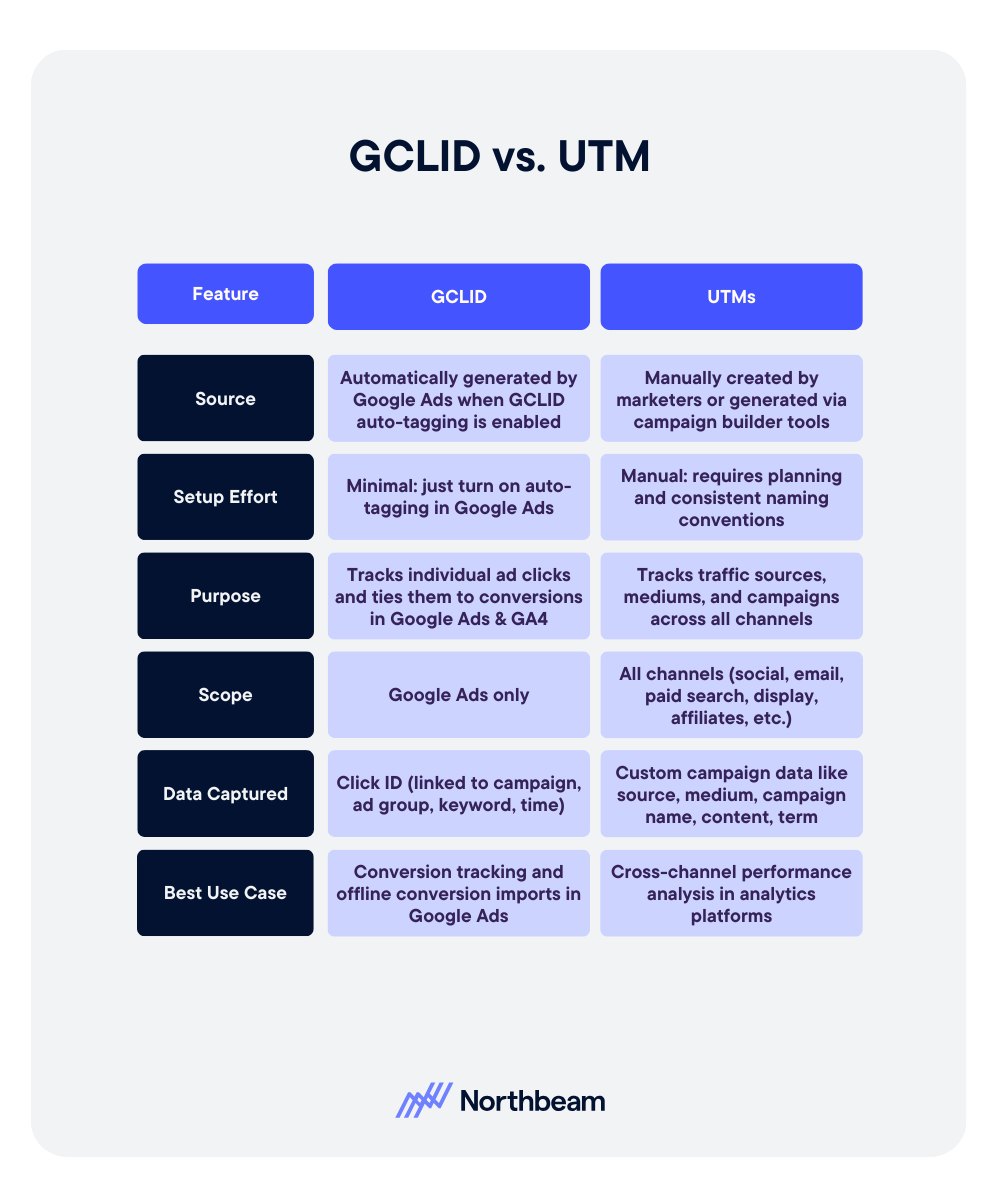
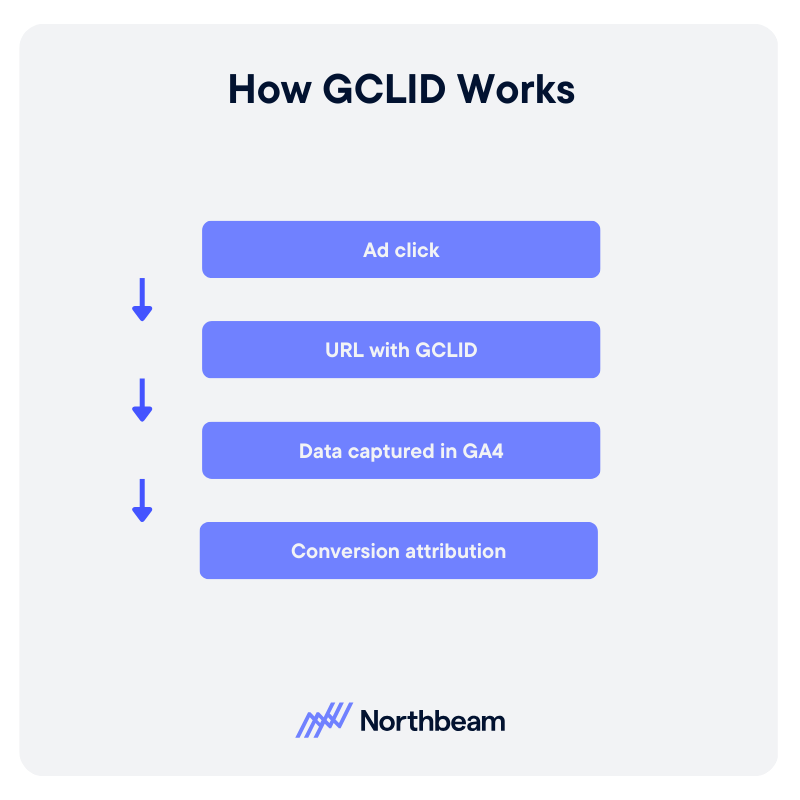
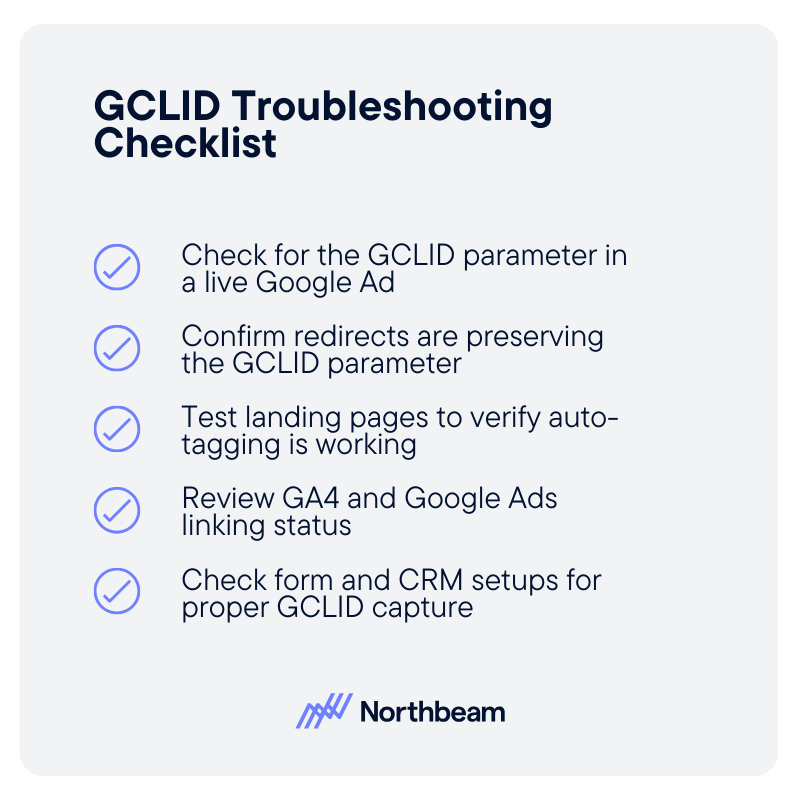




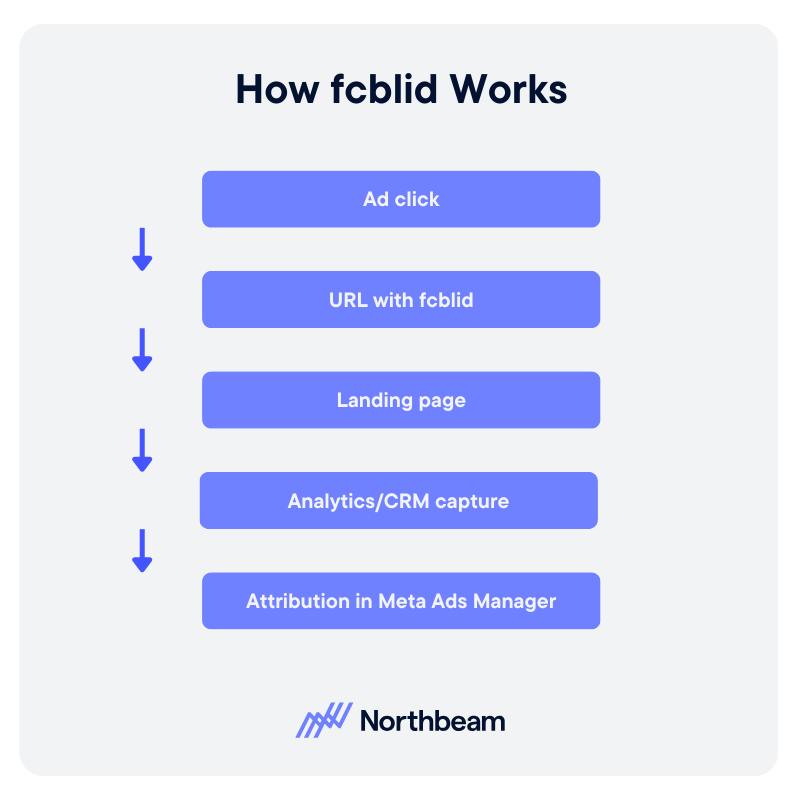
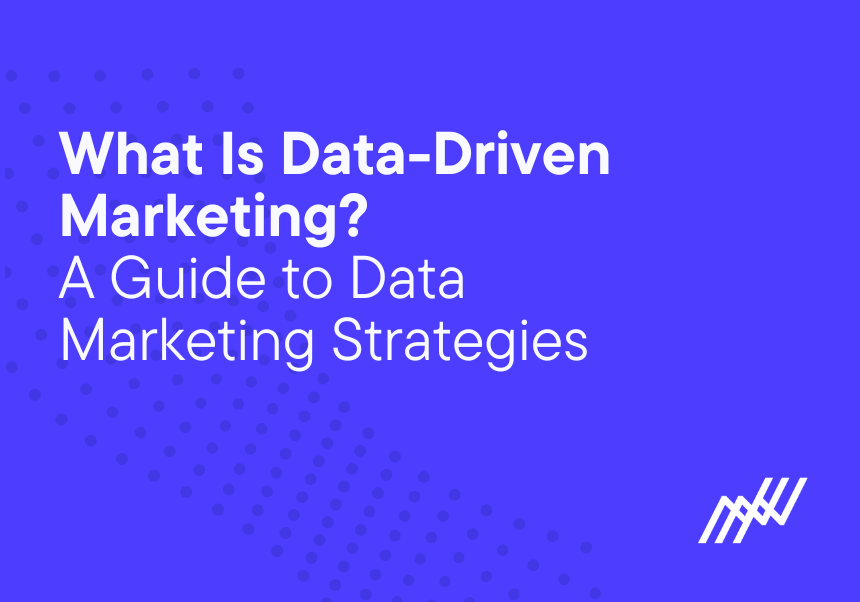

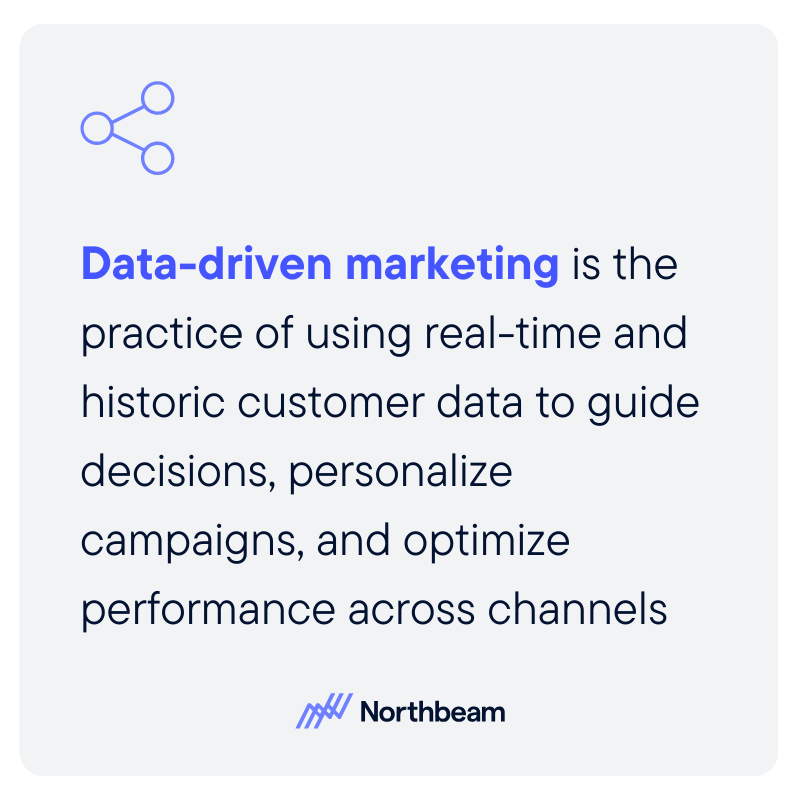
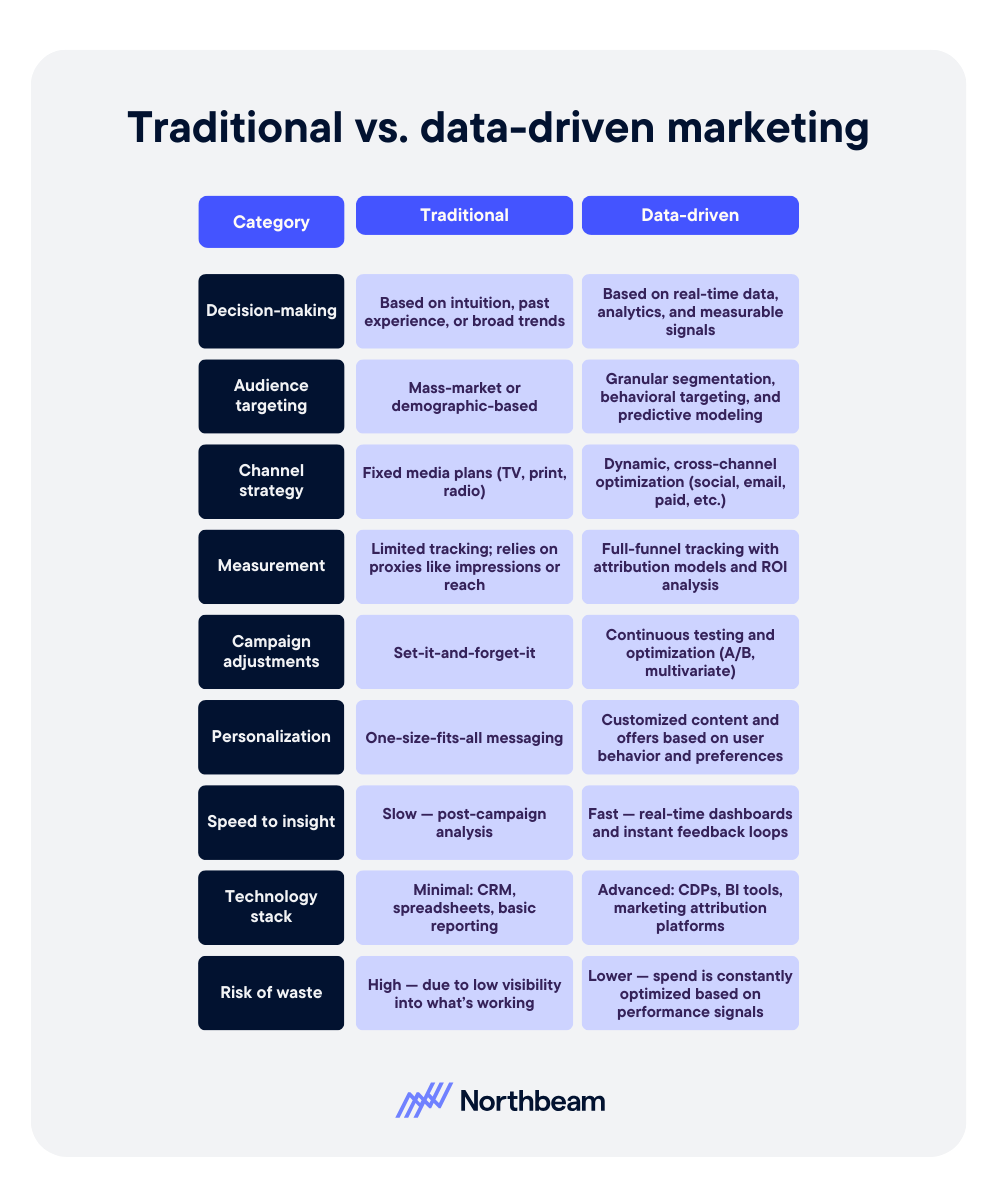
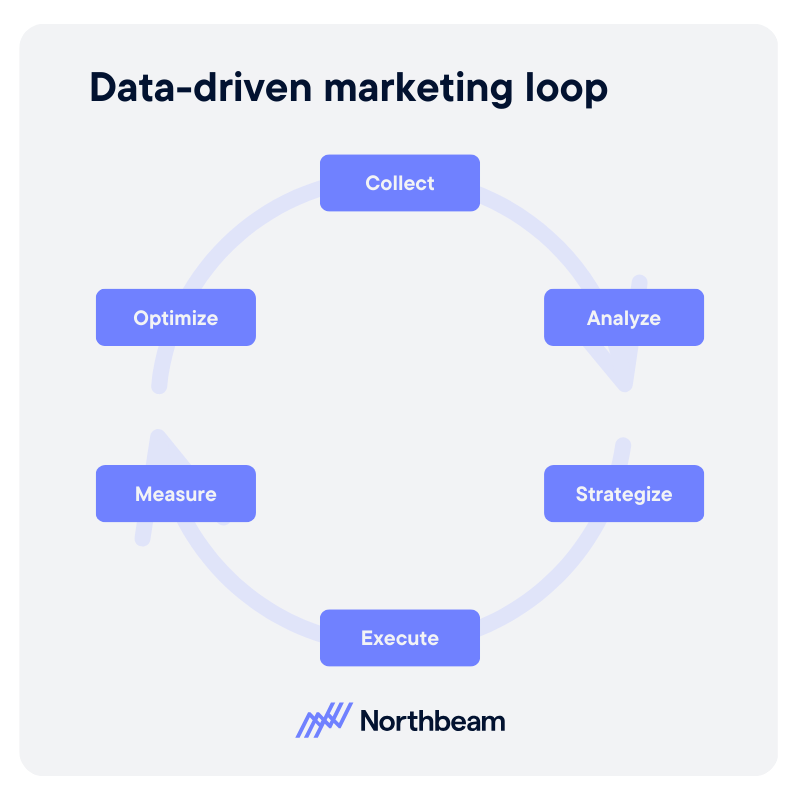


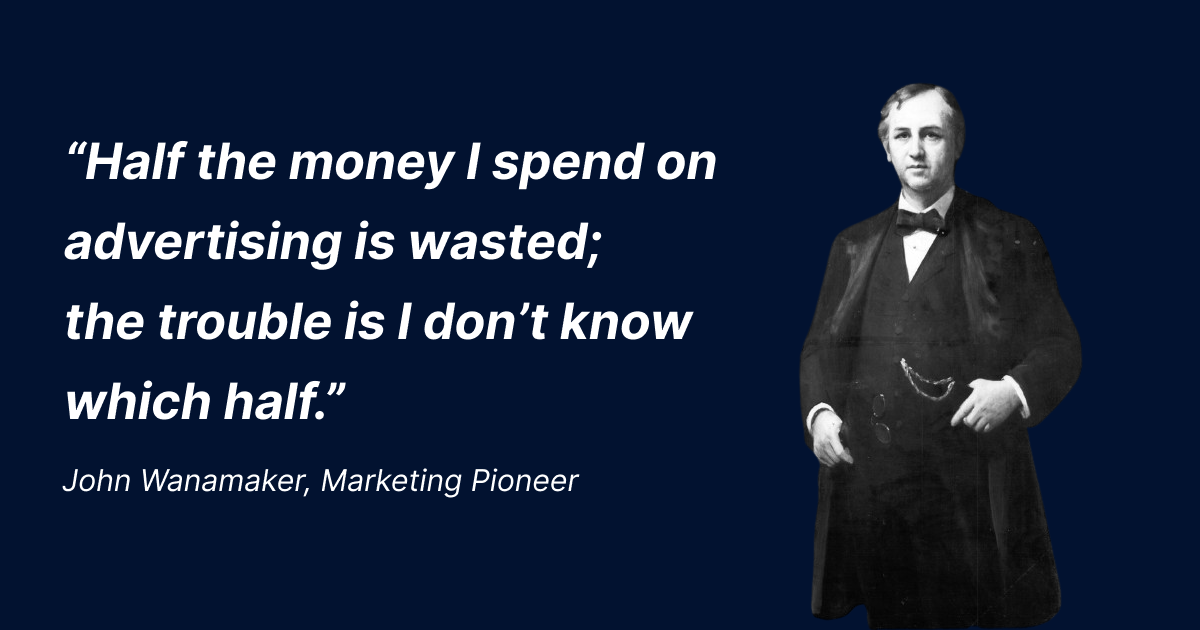

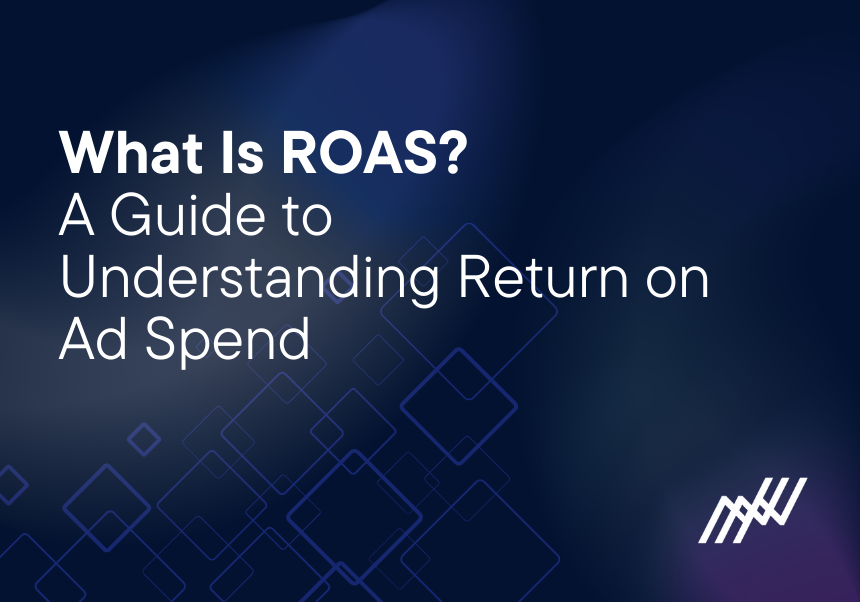

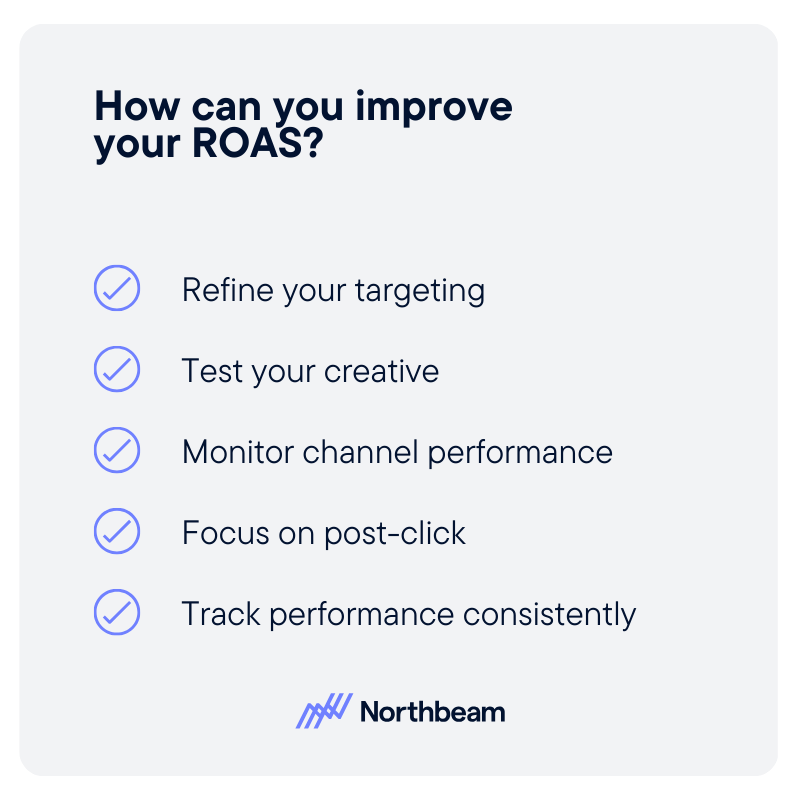
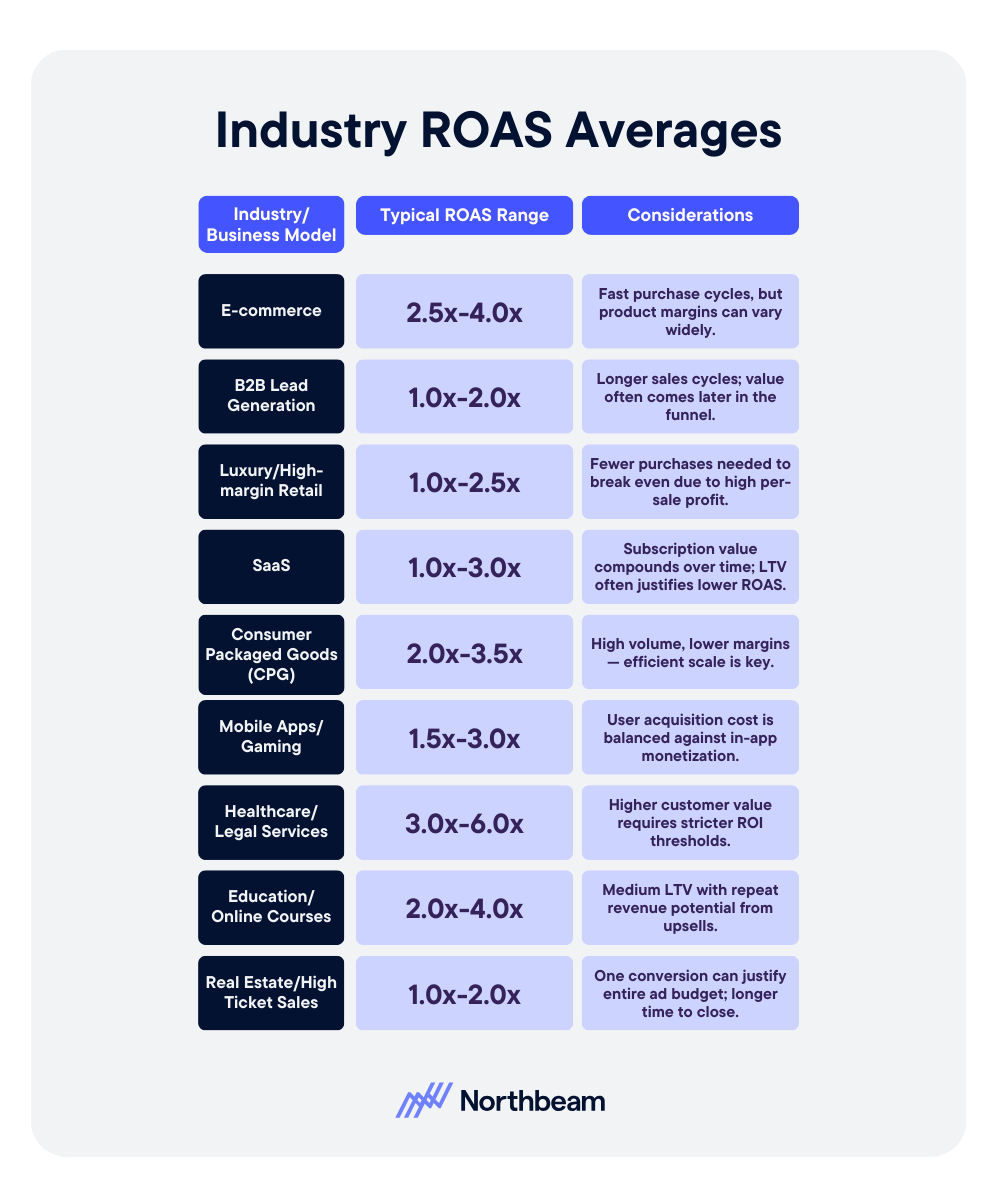
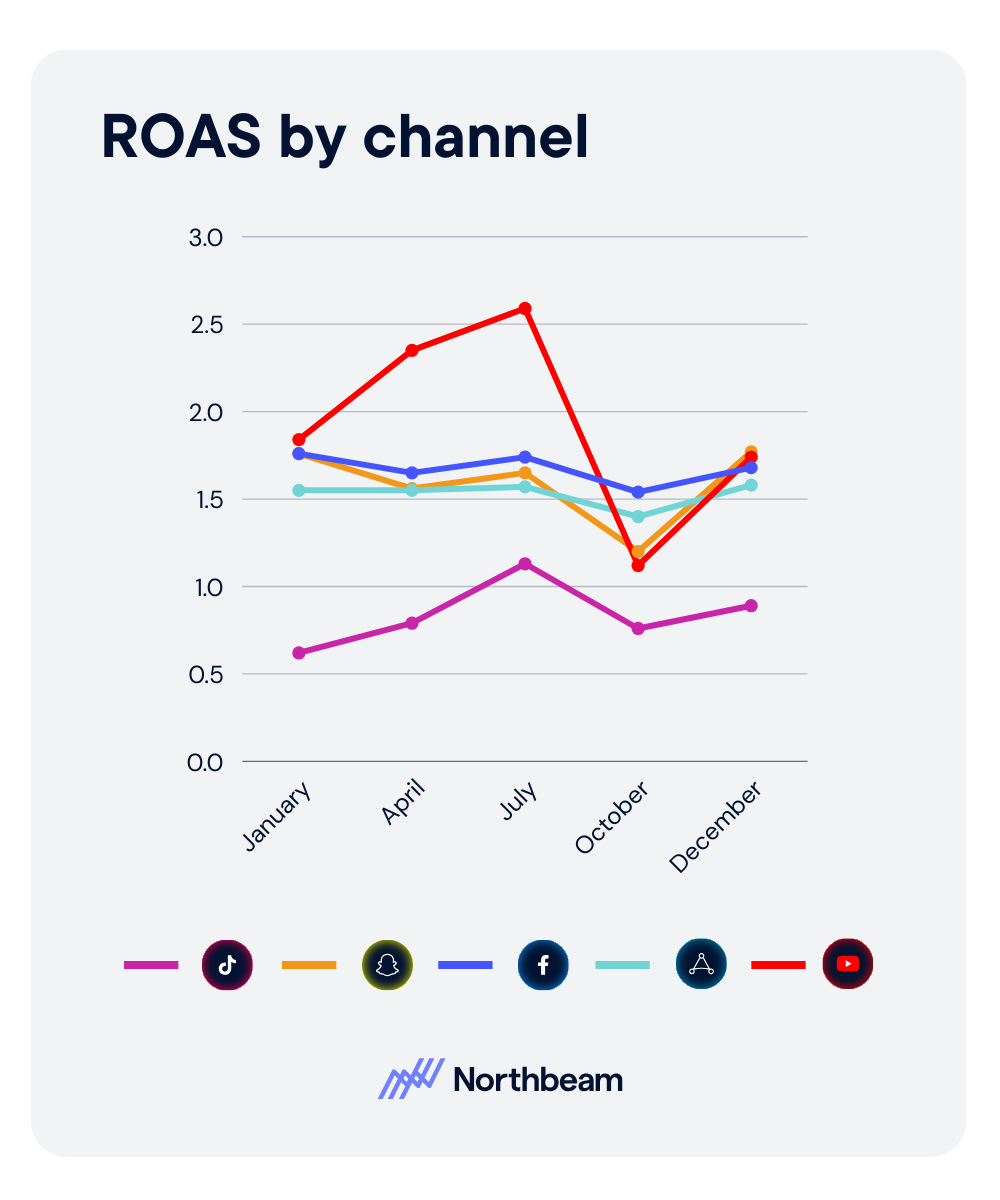
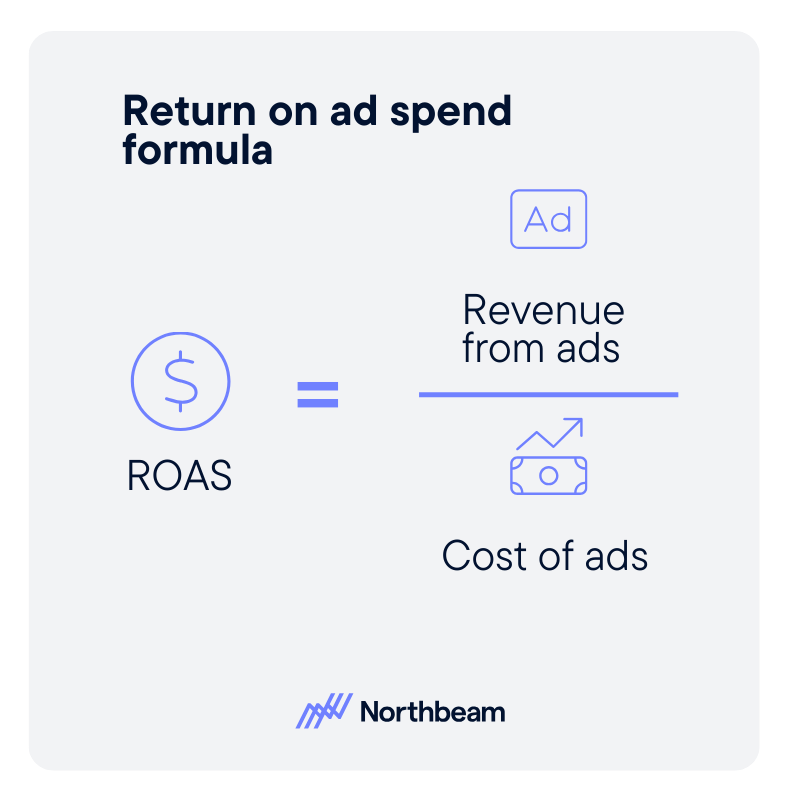
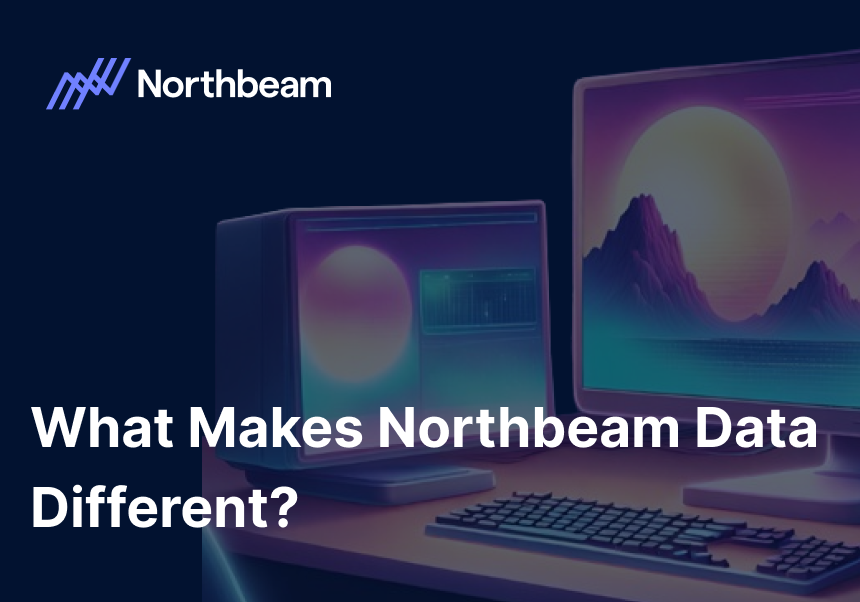
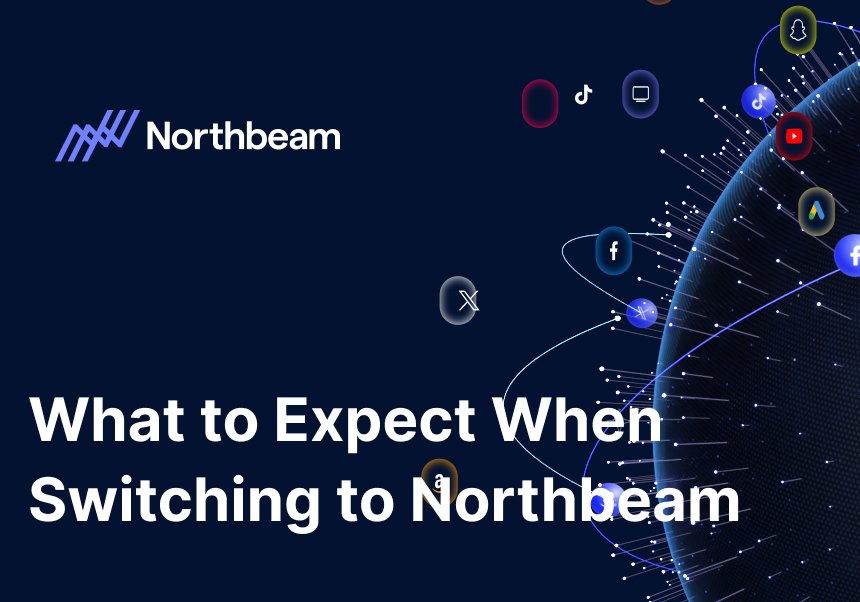
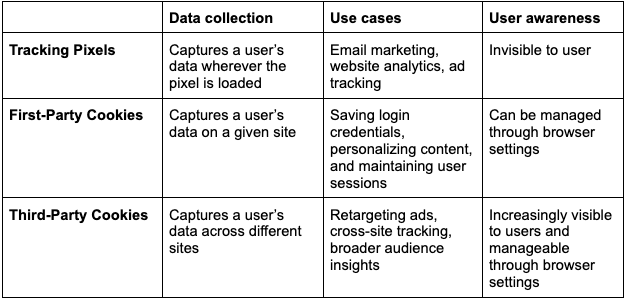
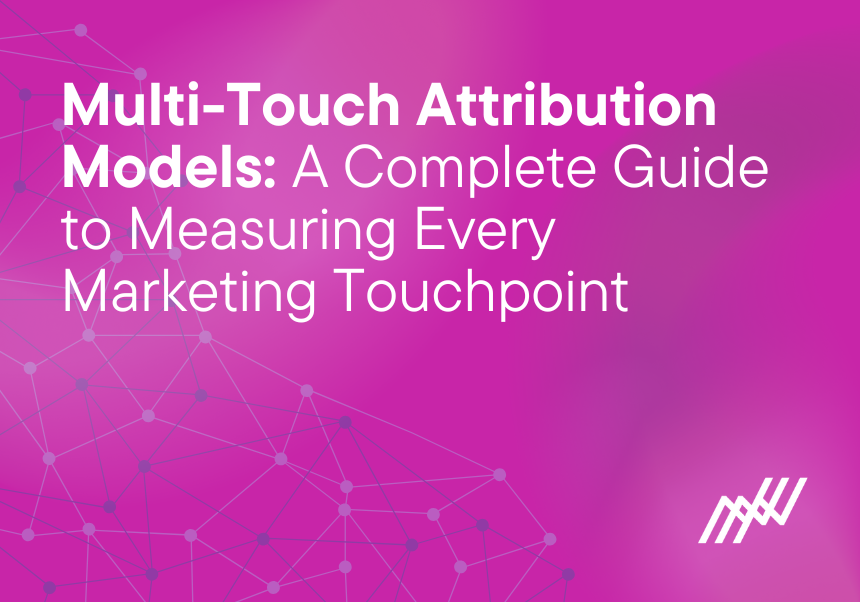
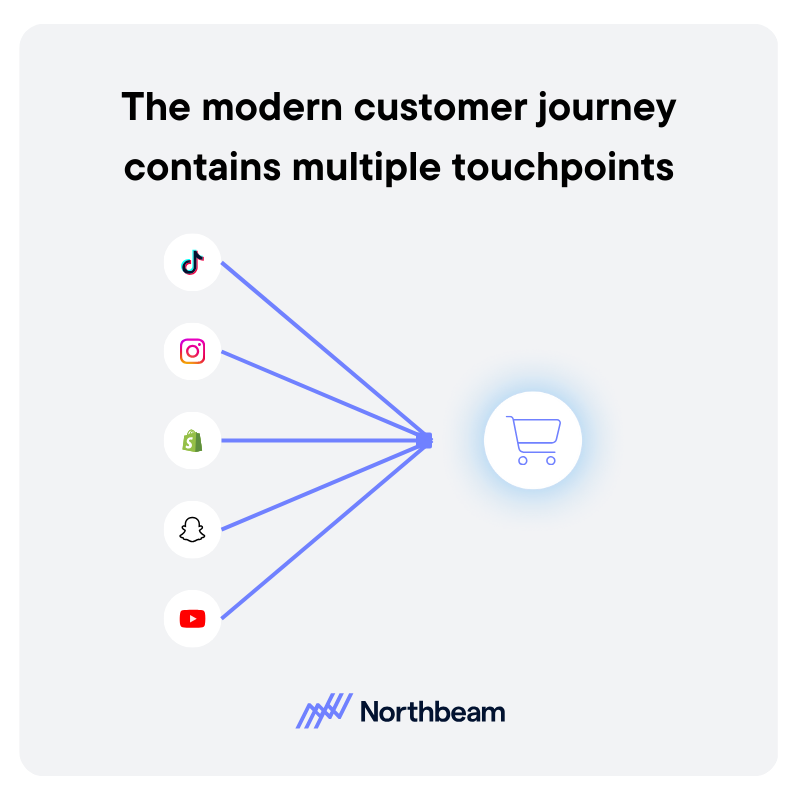
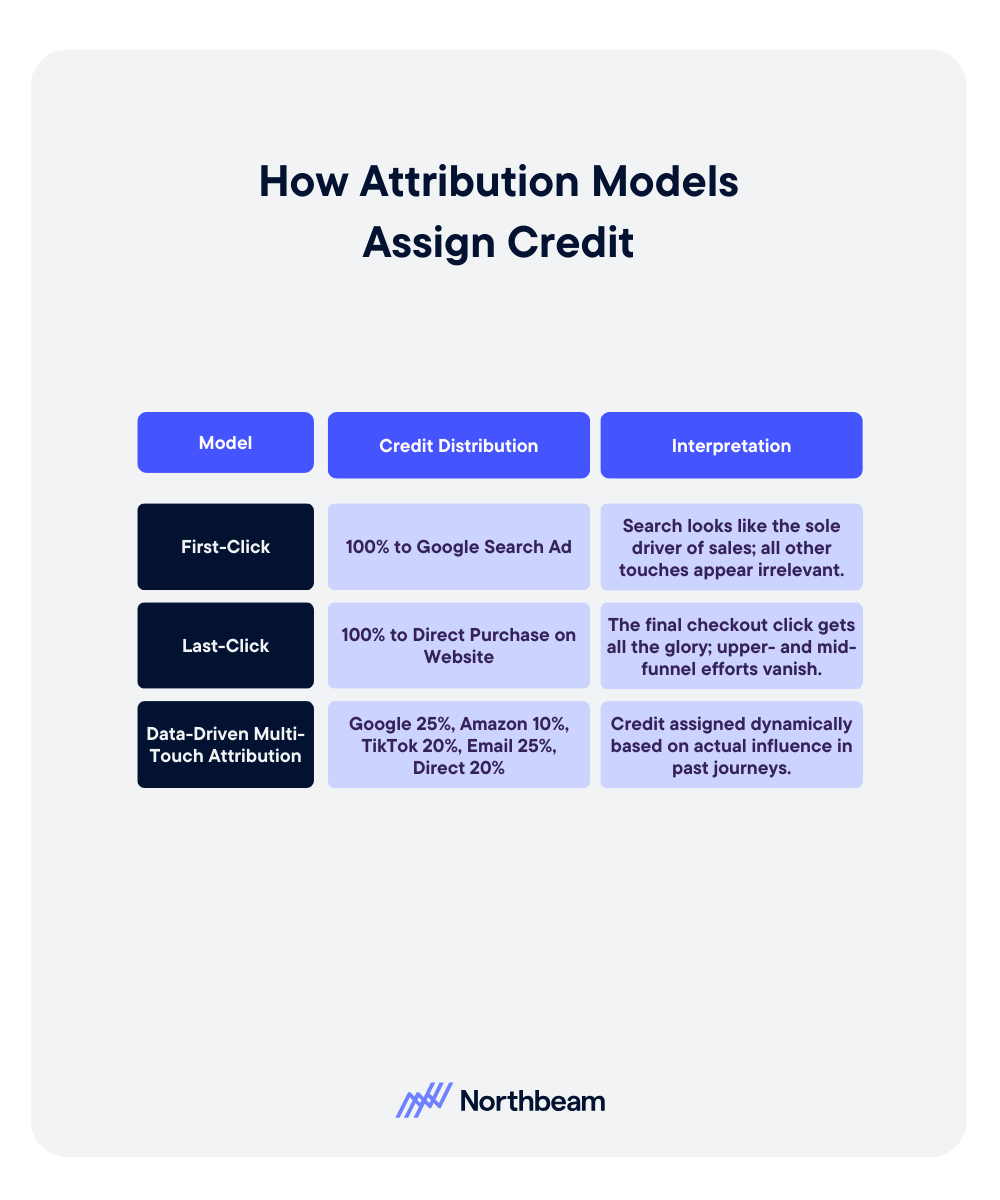
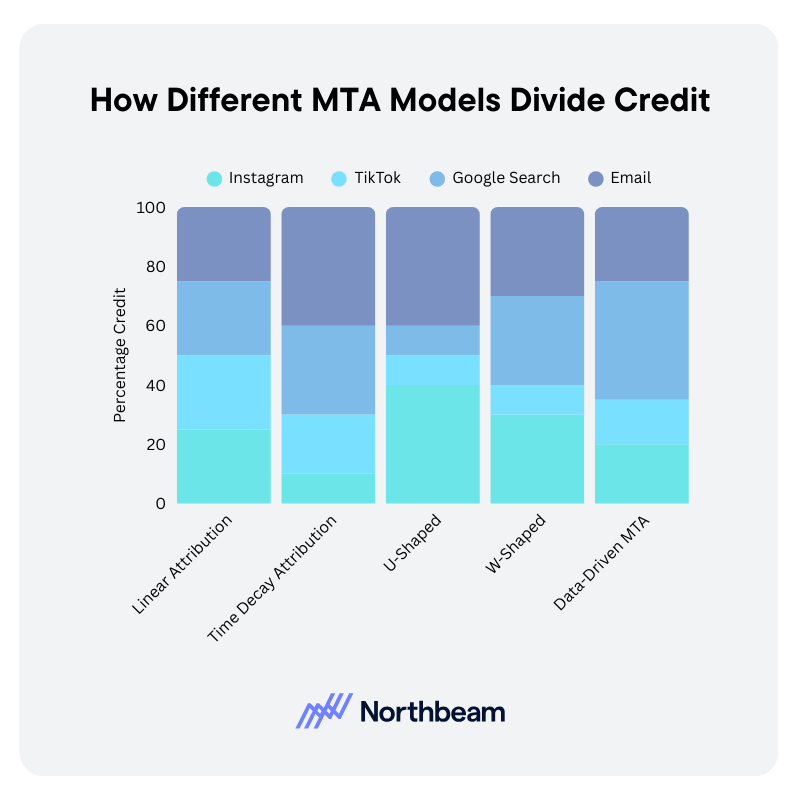
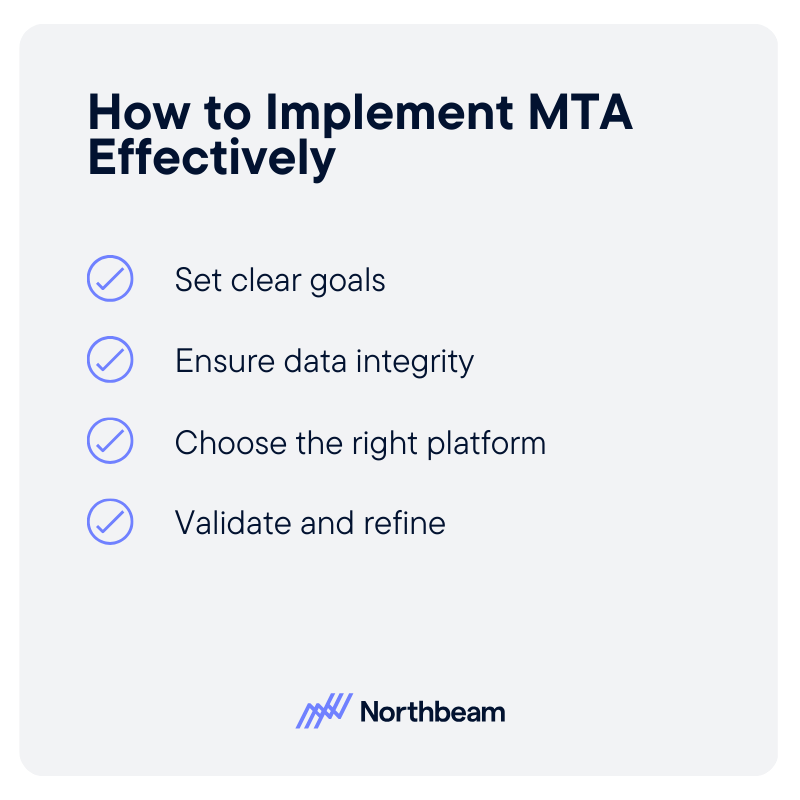
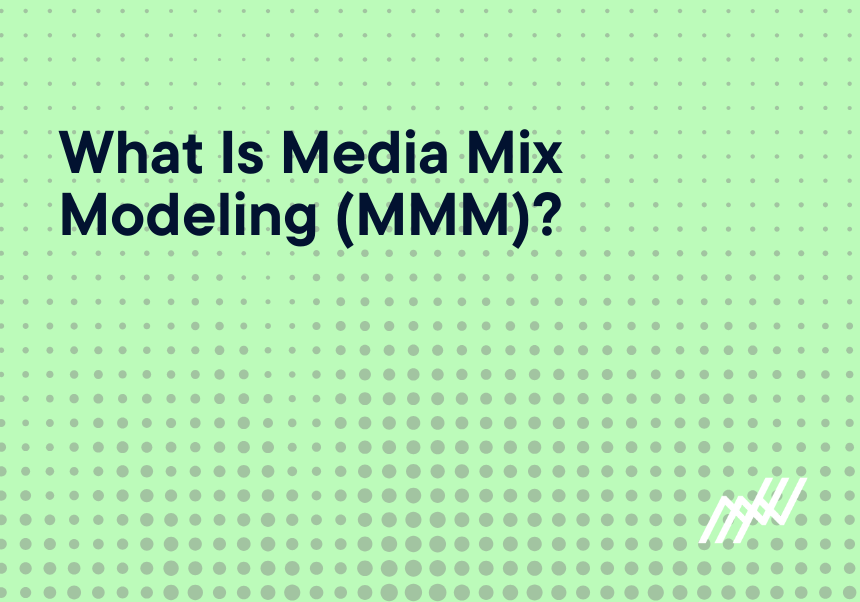
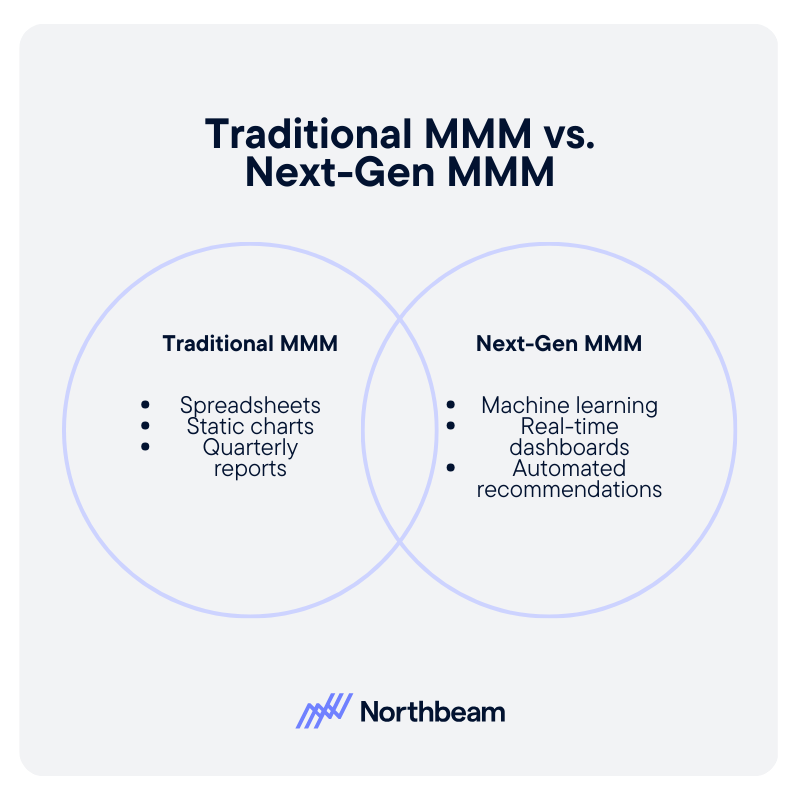
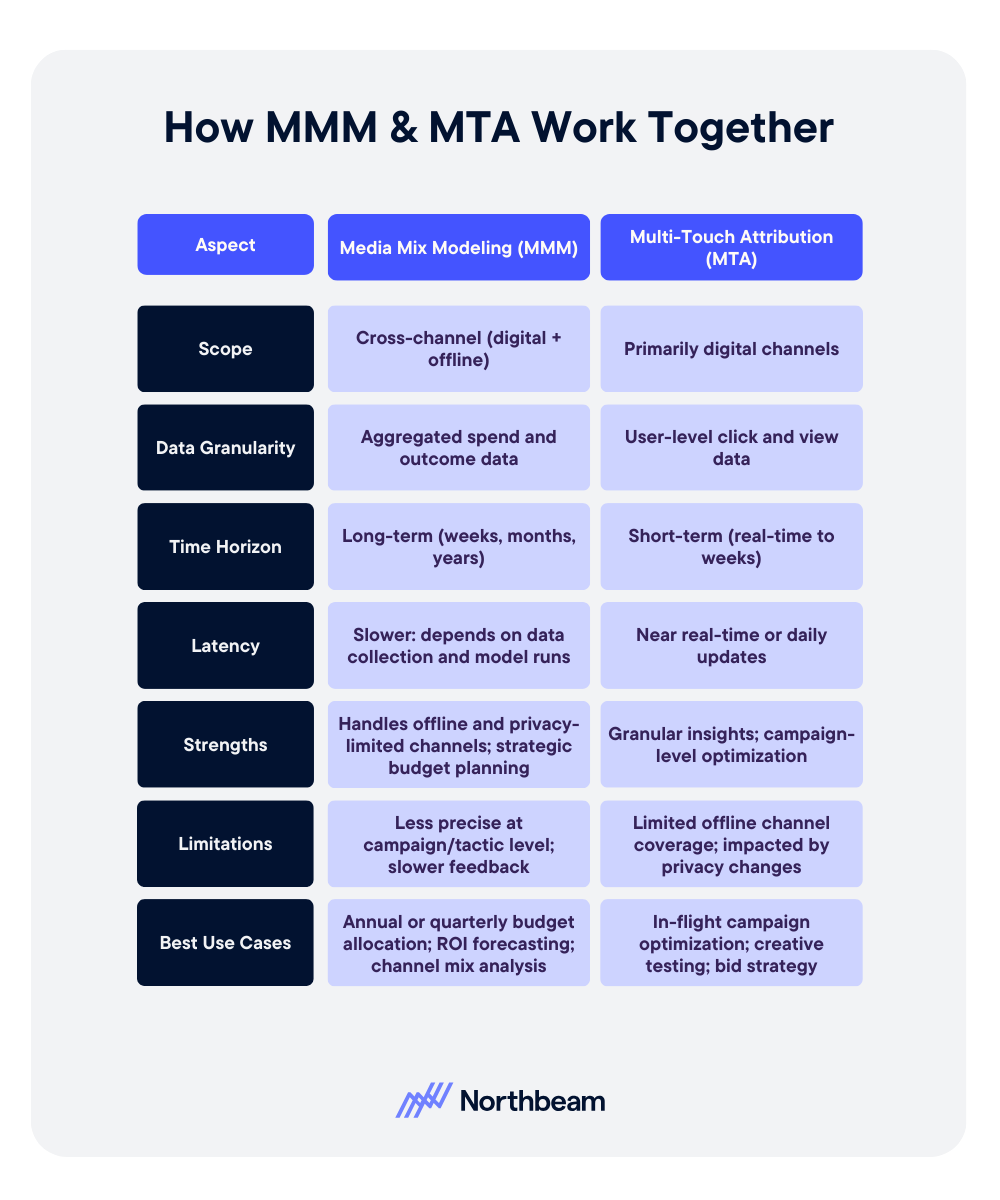
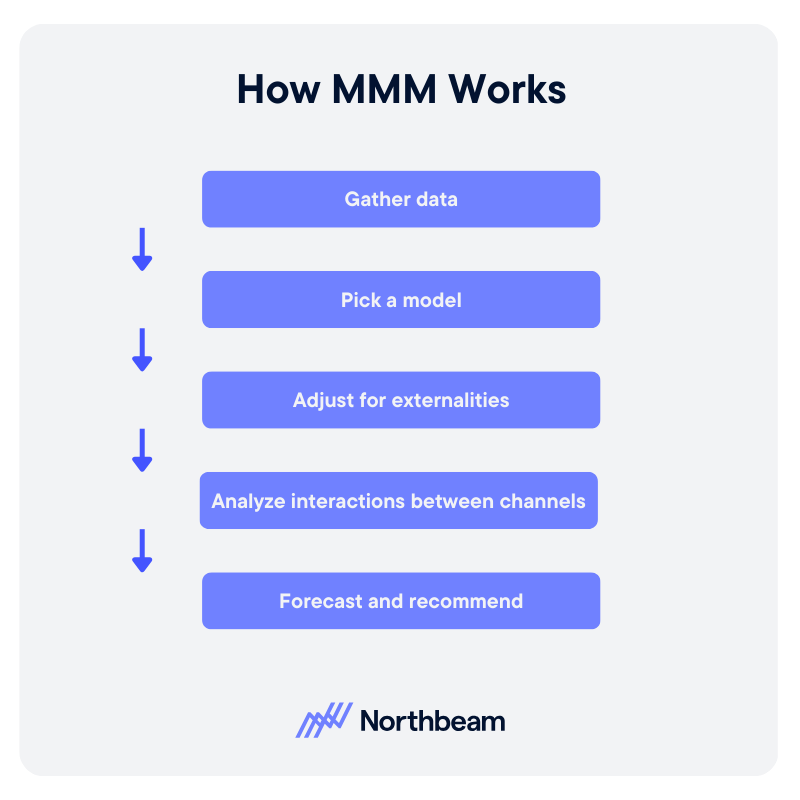
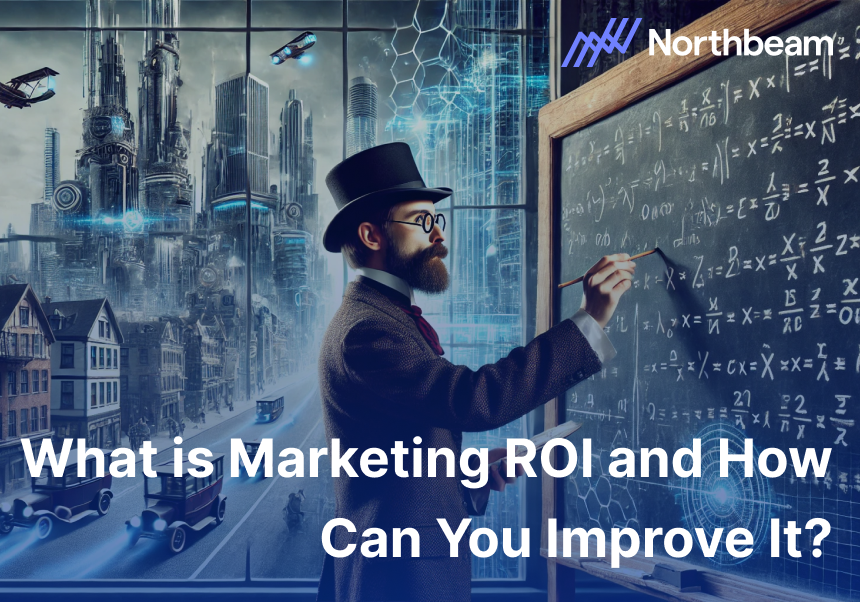
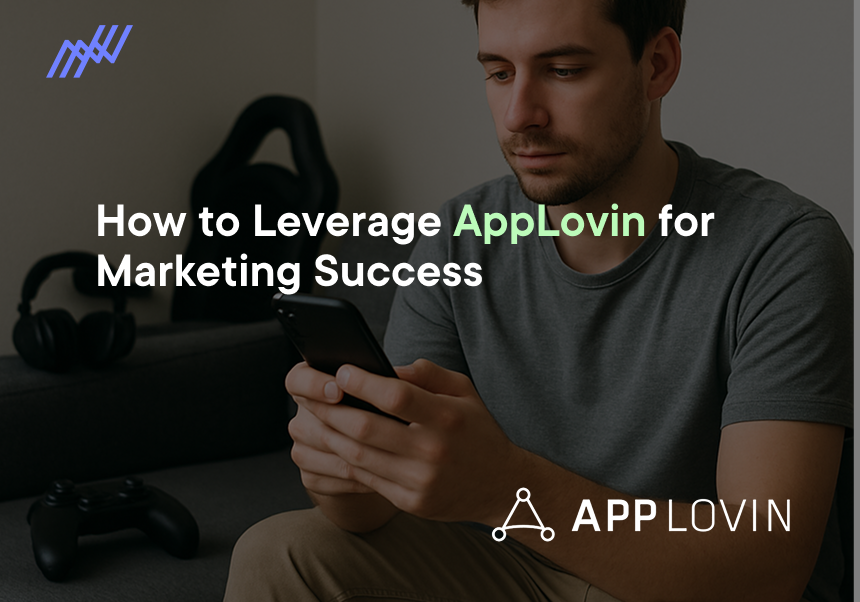

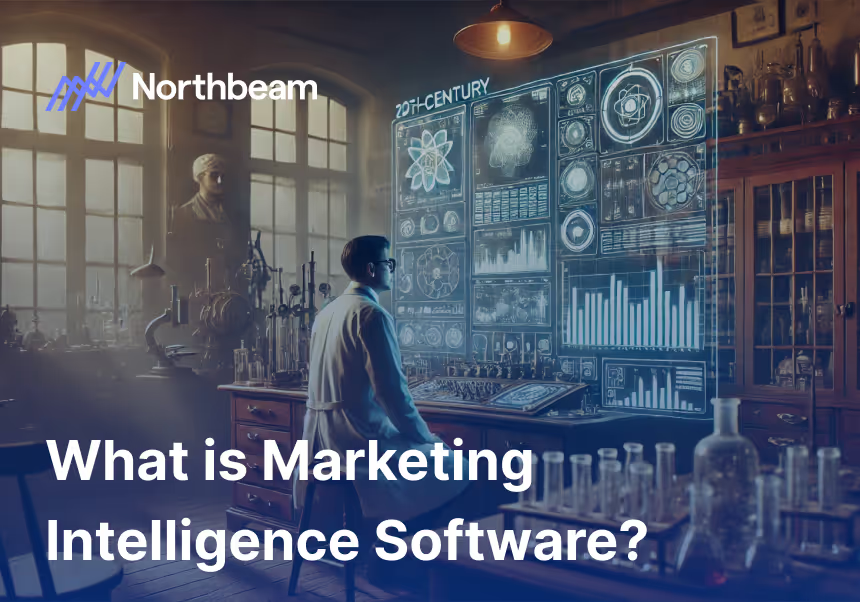
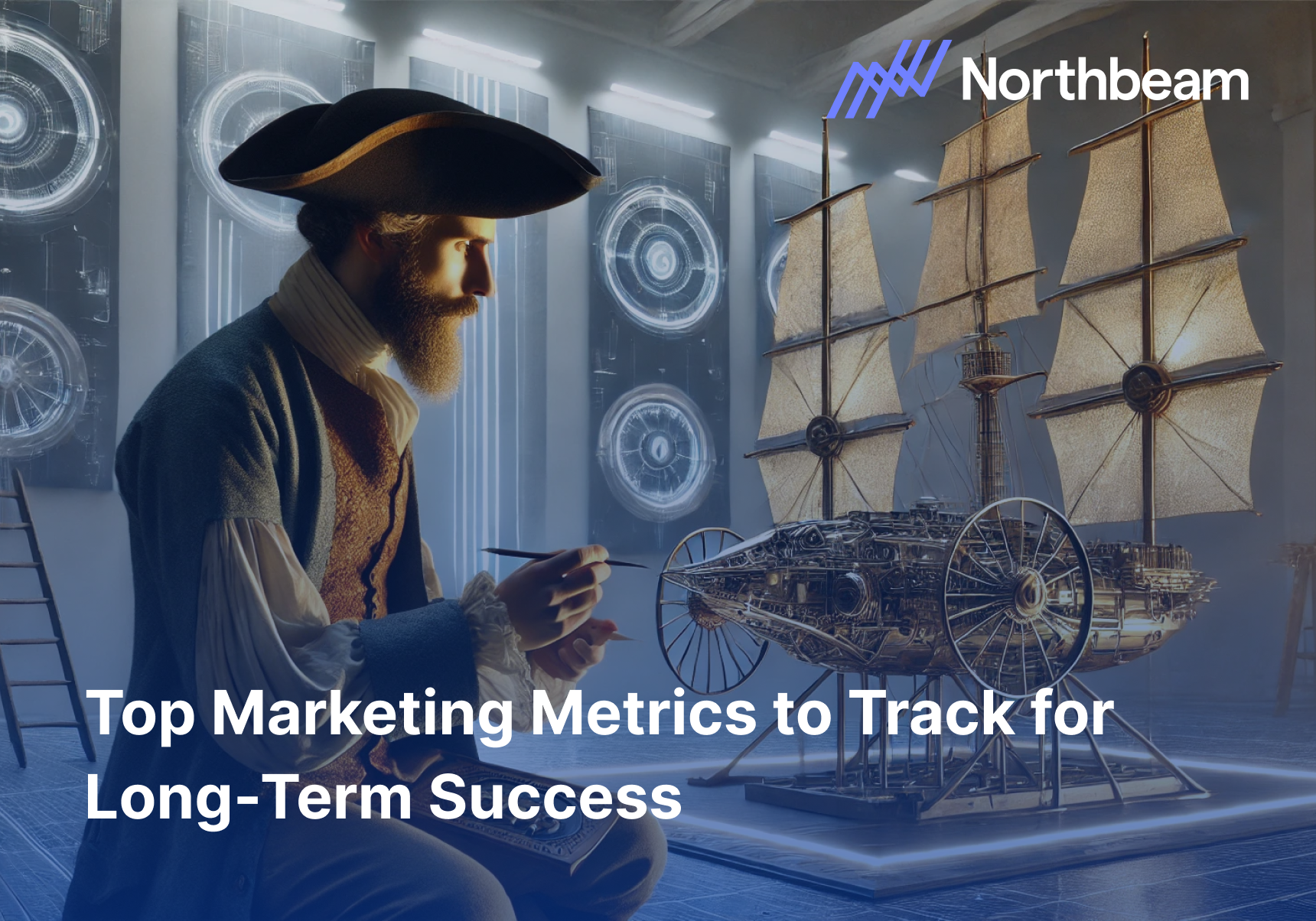

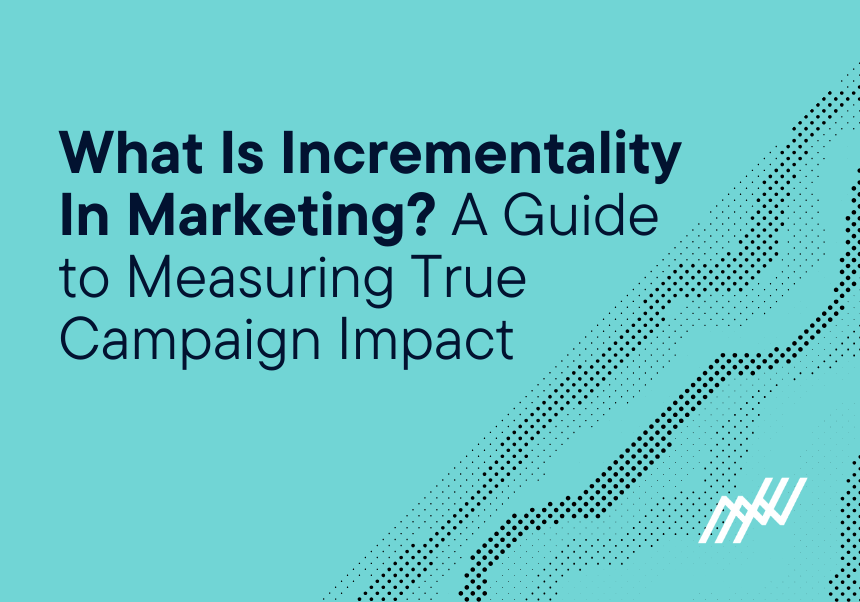

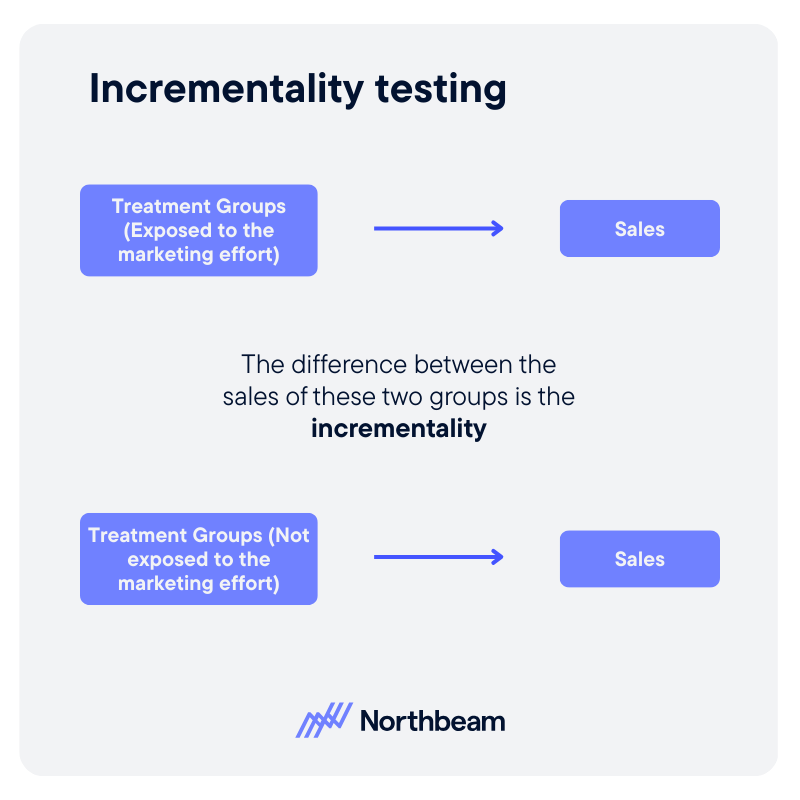
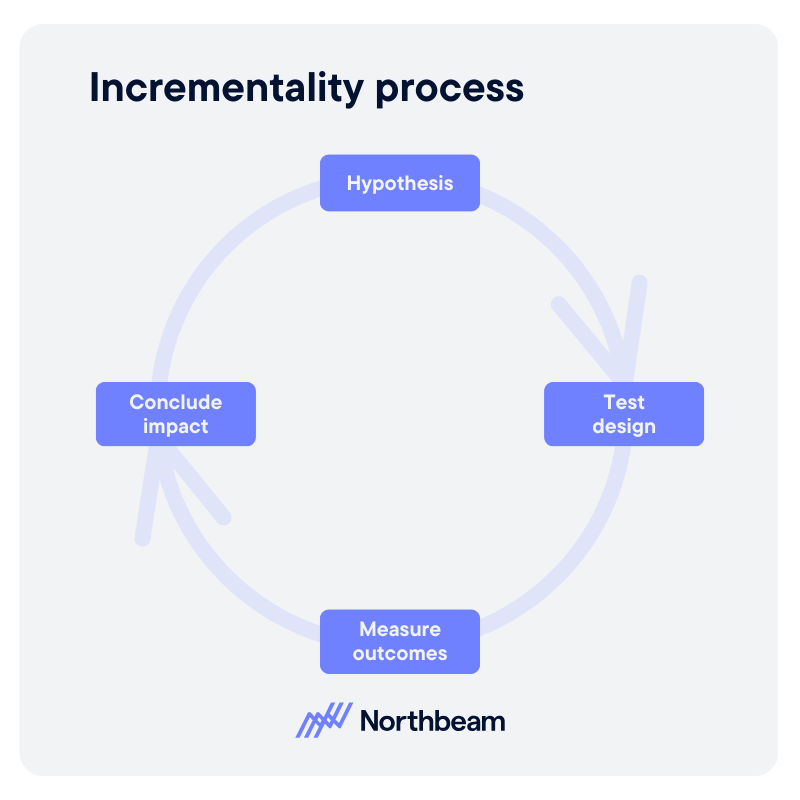
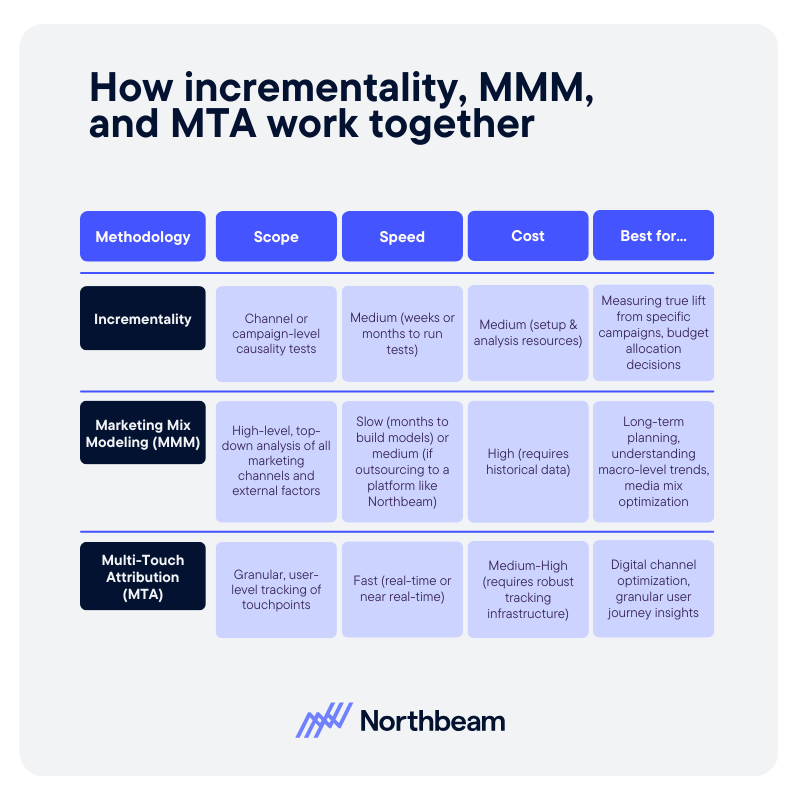
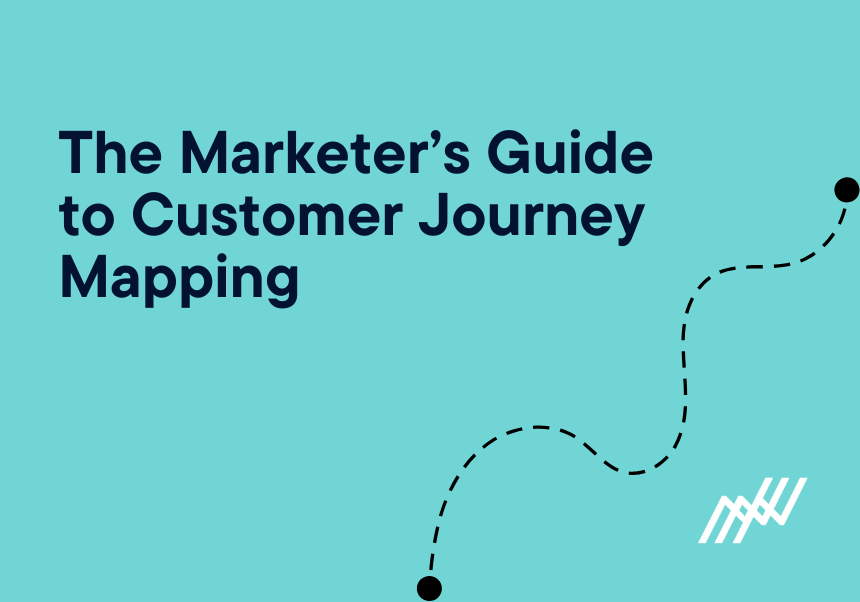
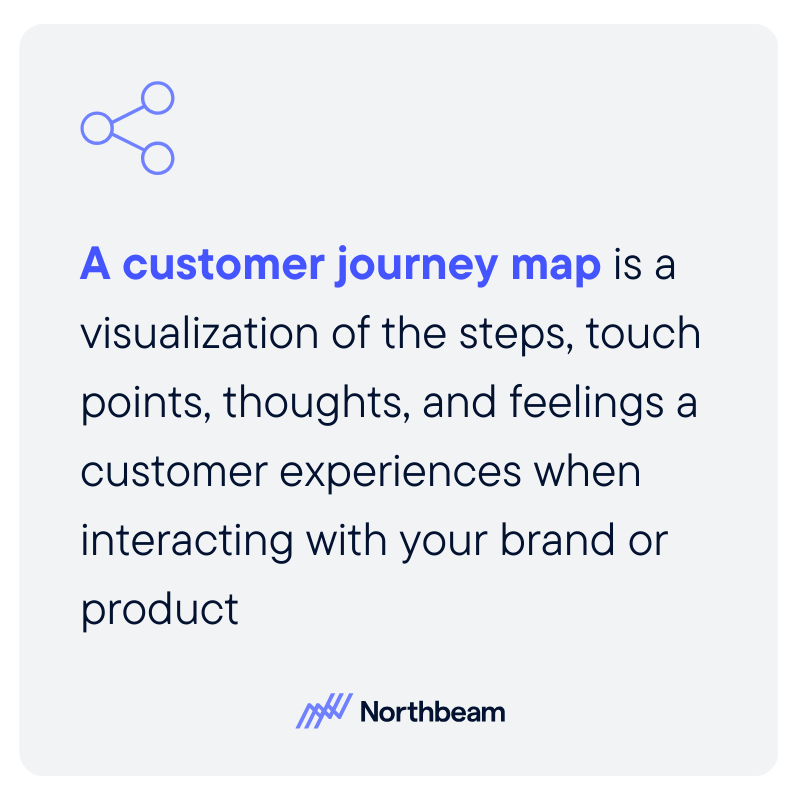
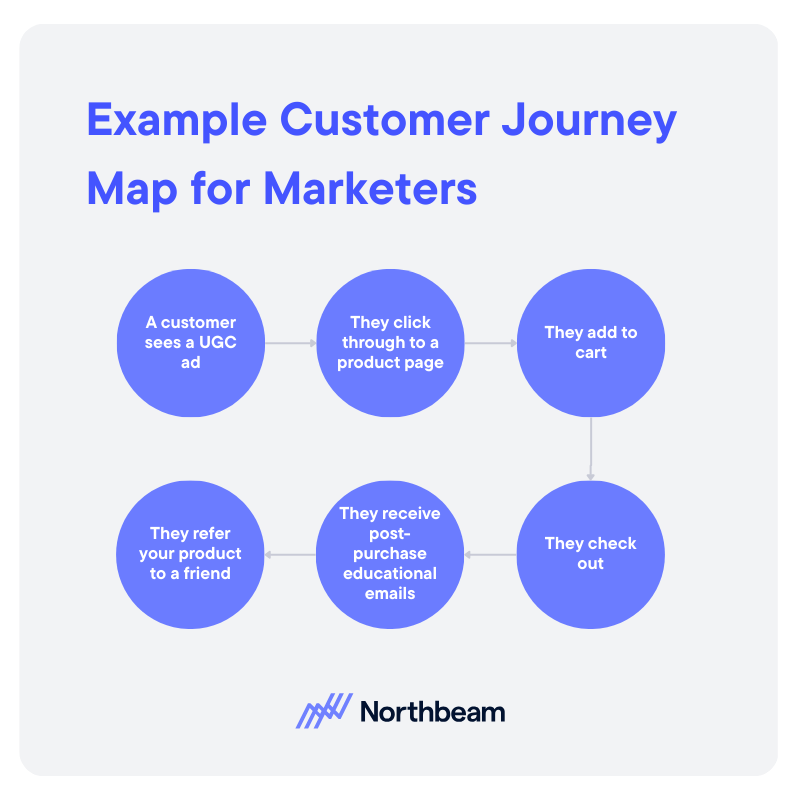
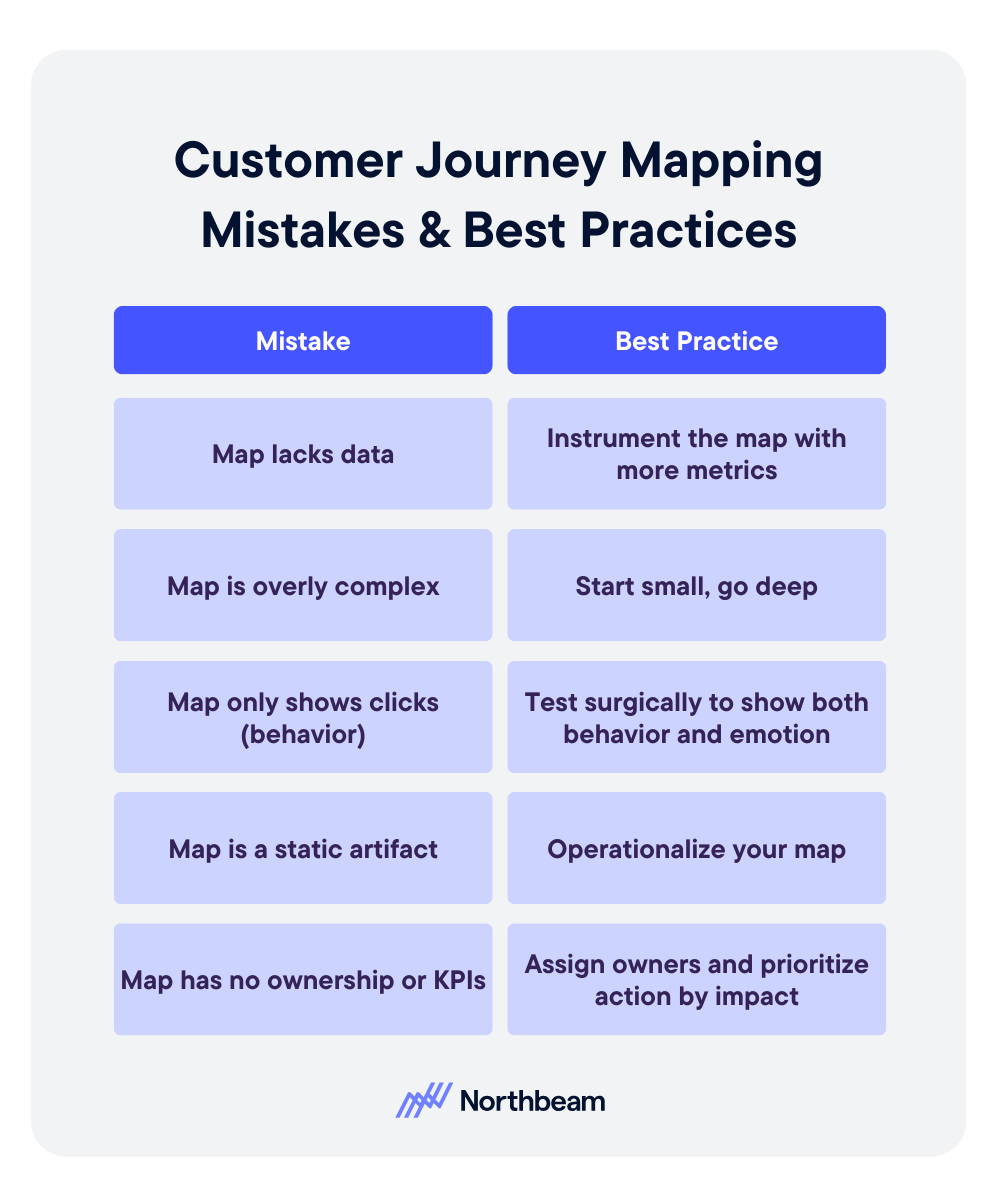
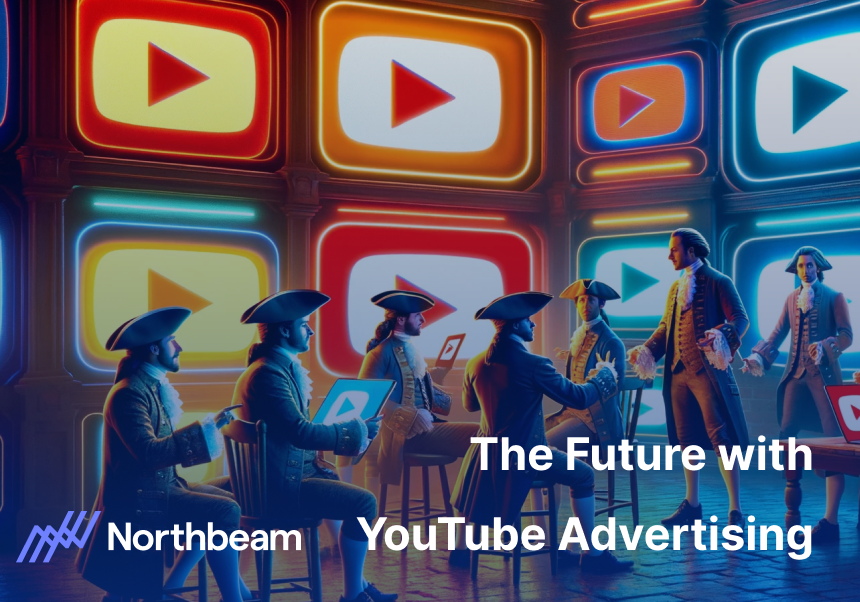

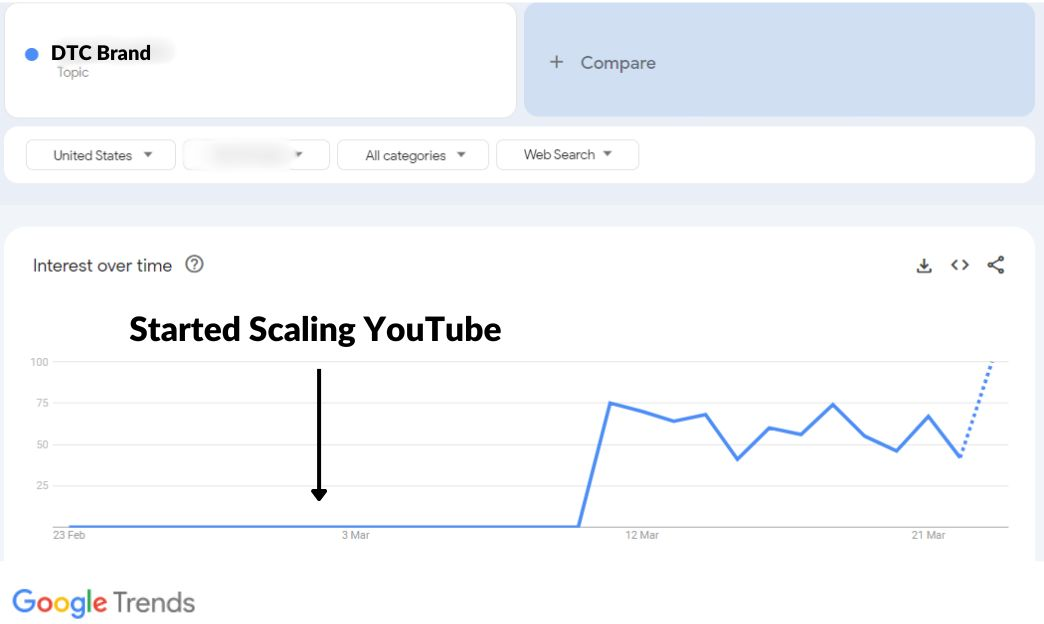
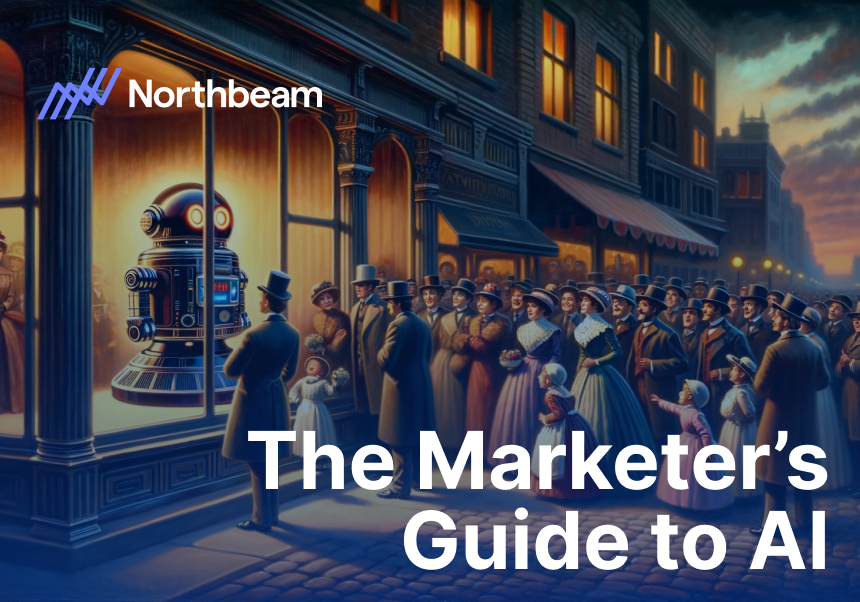

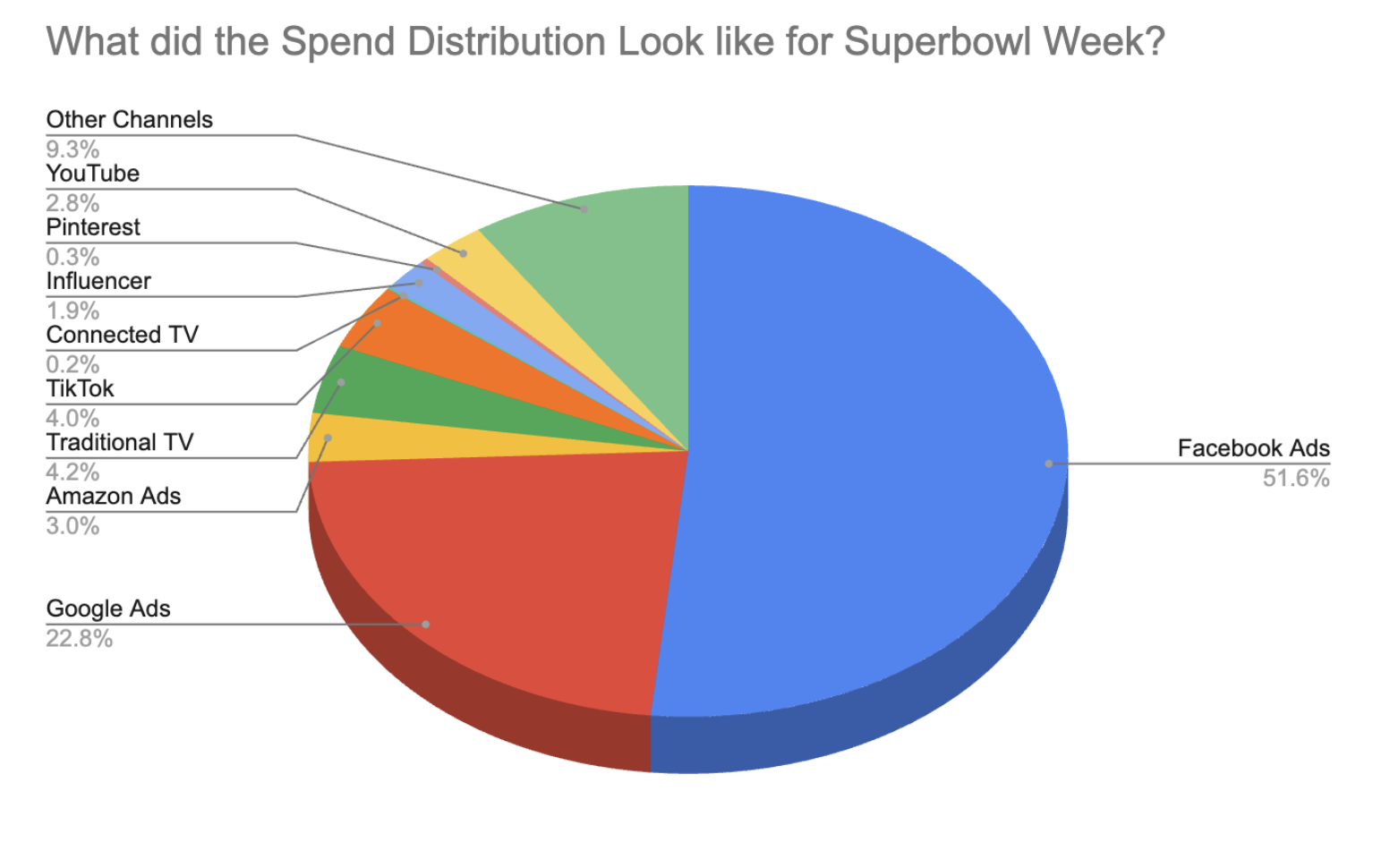



%25201.png)

.png)
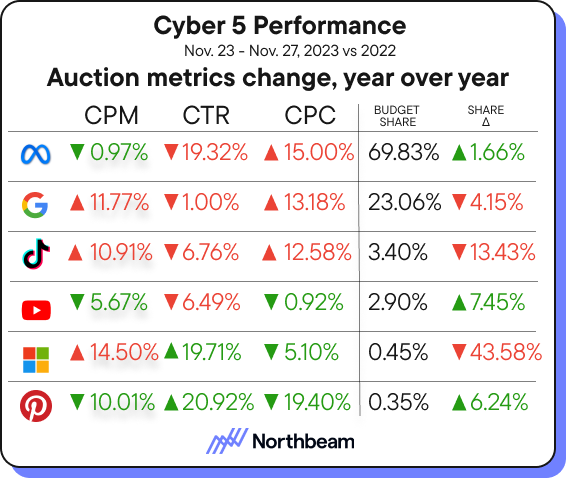
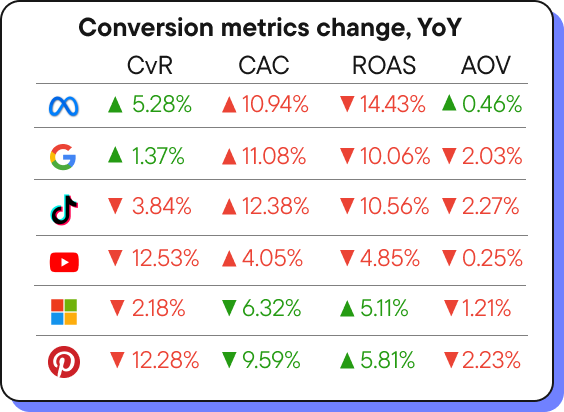
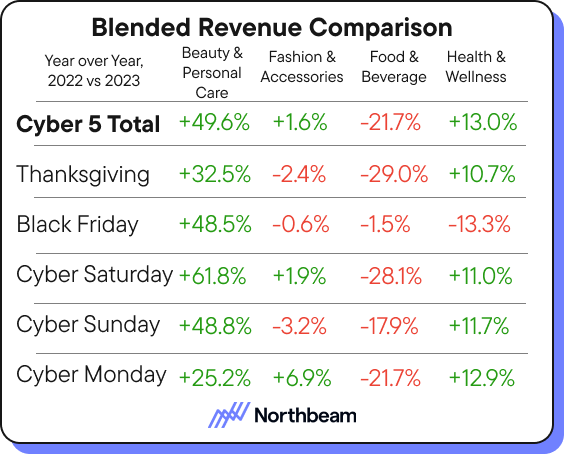
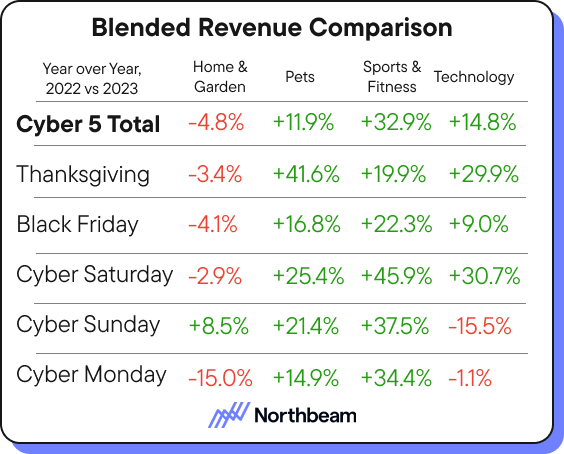
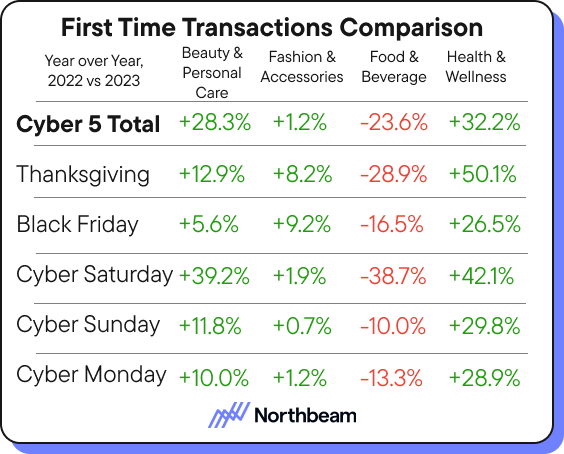
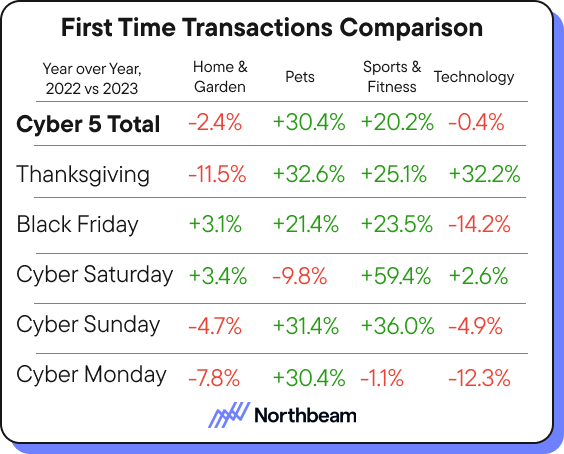

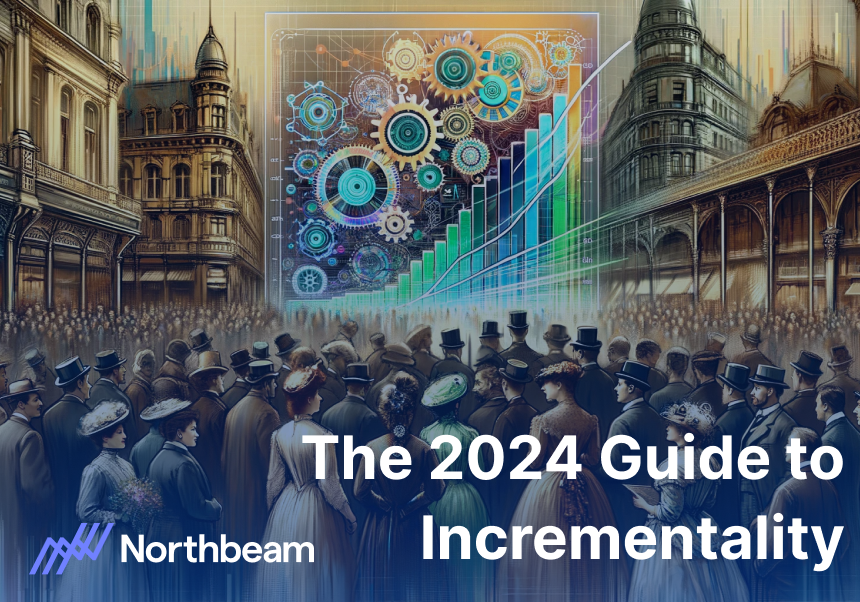
.jpeg)

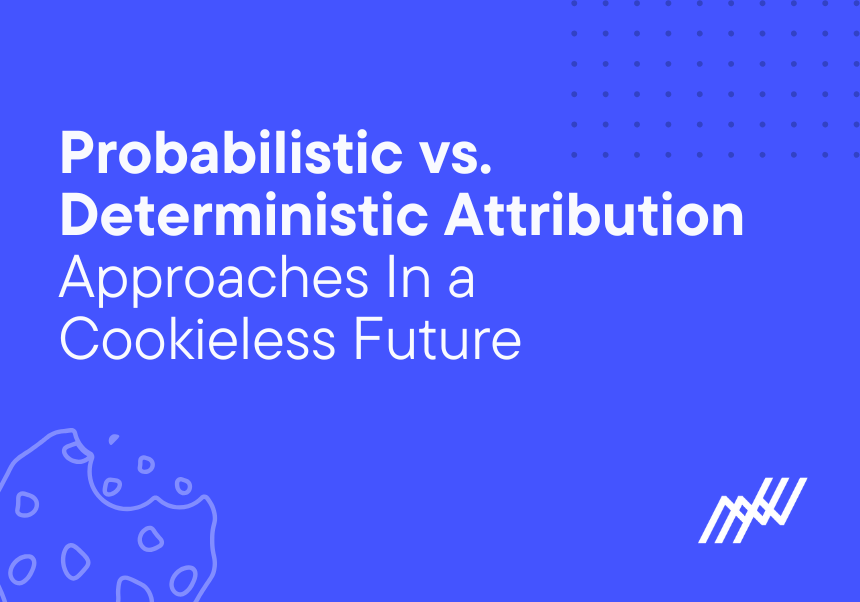
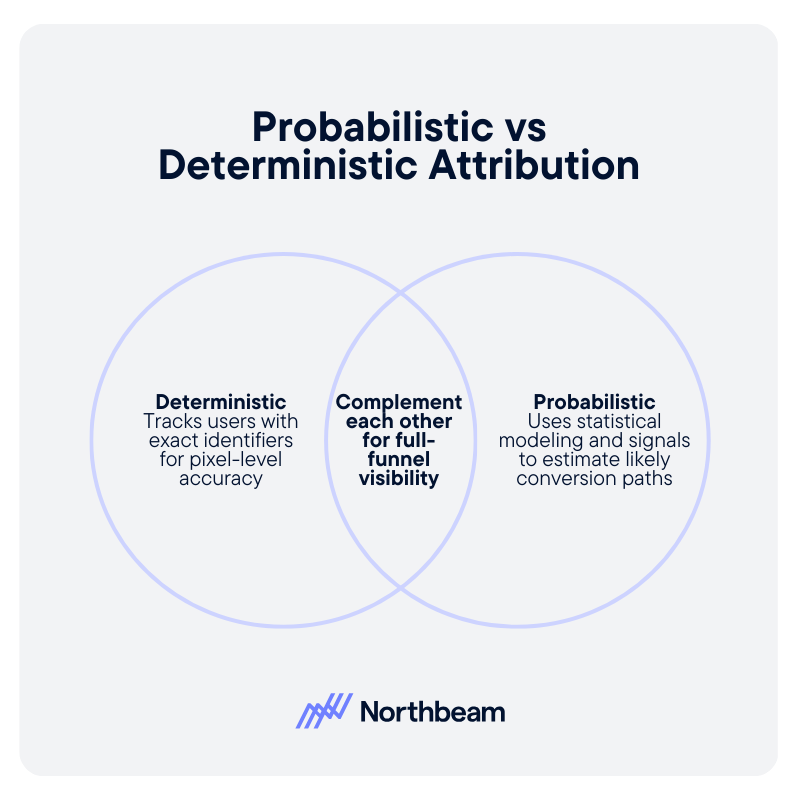
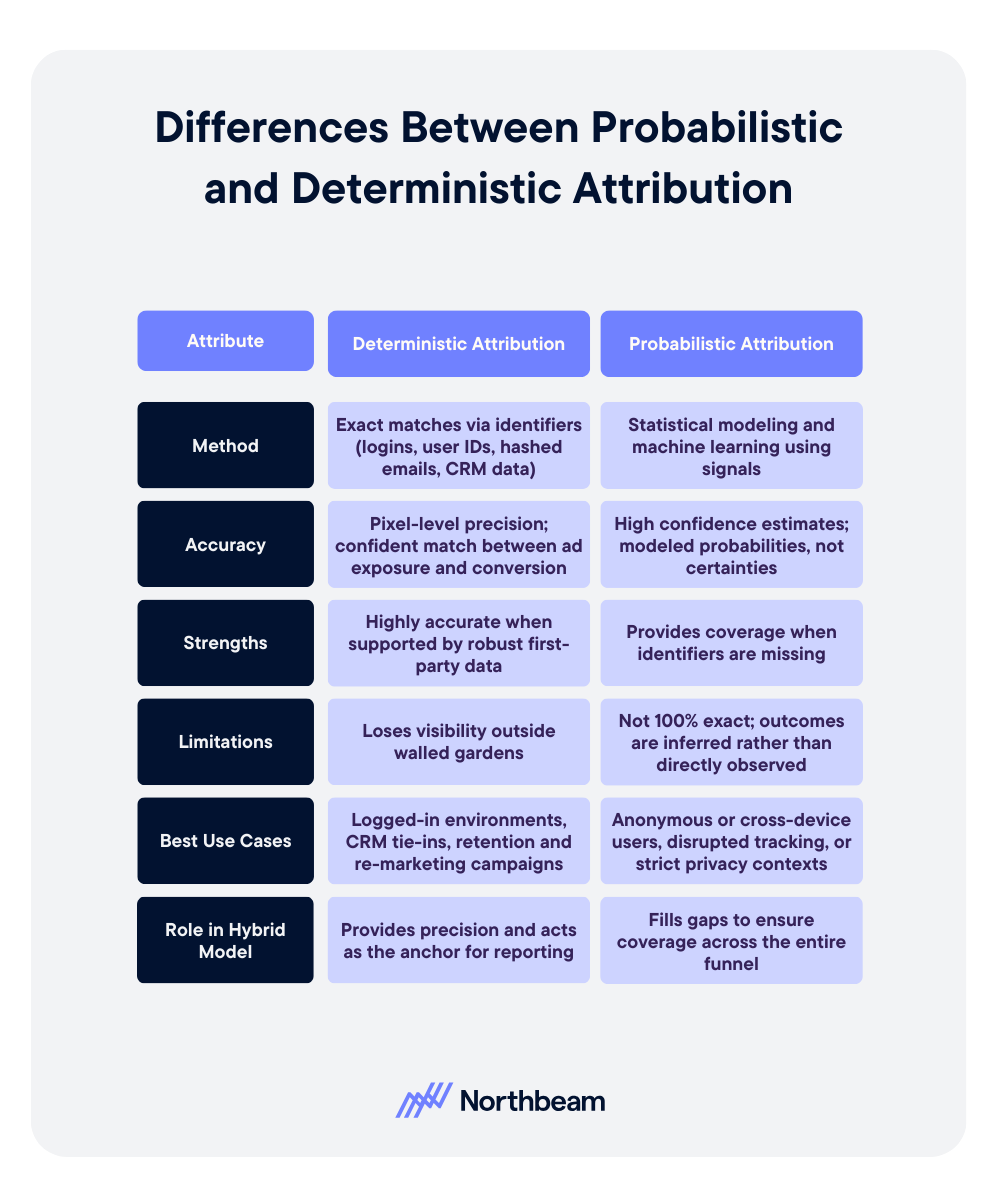
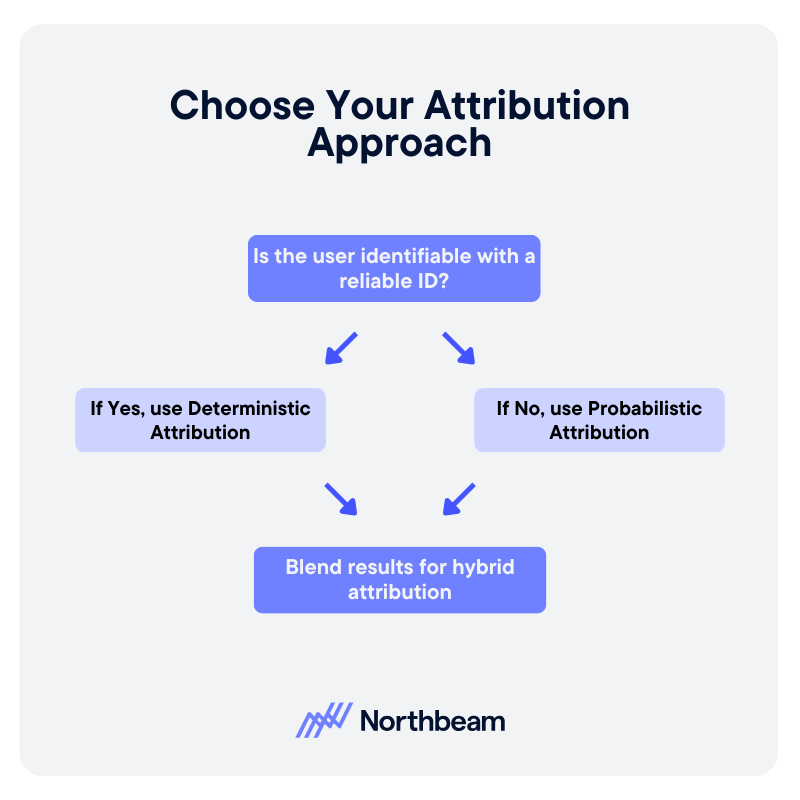




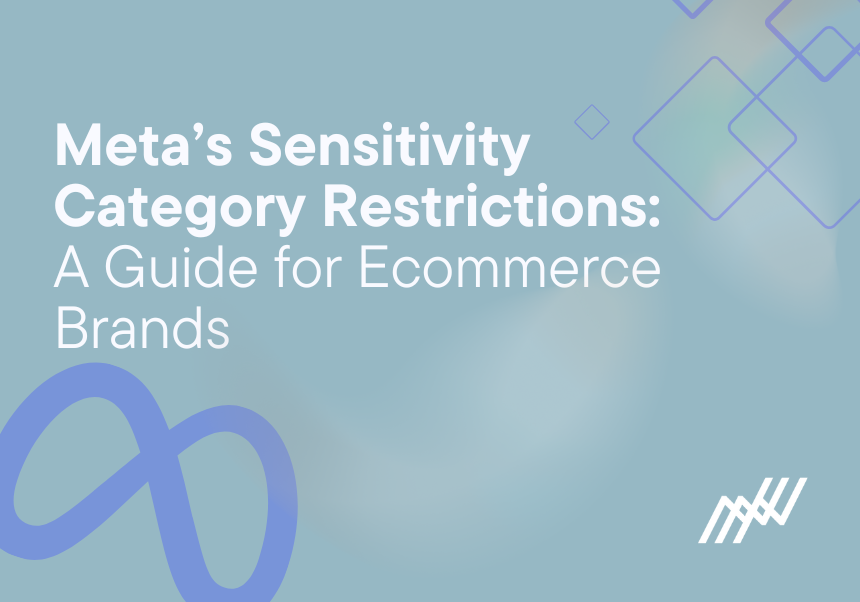
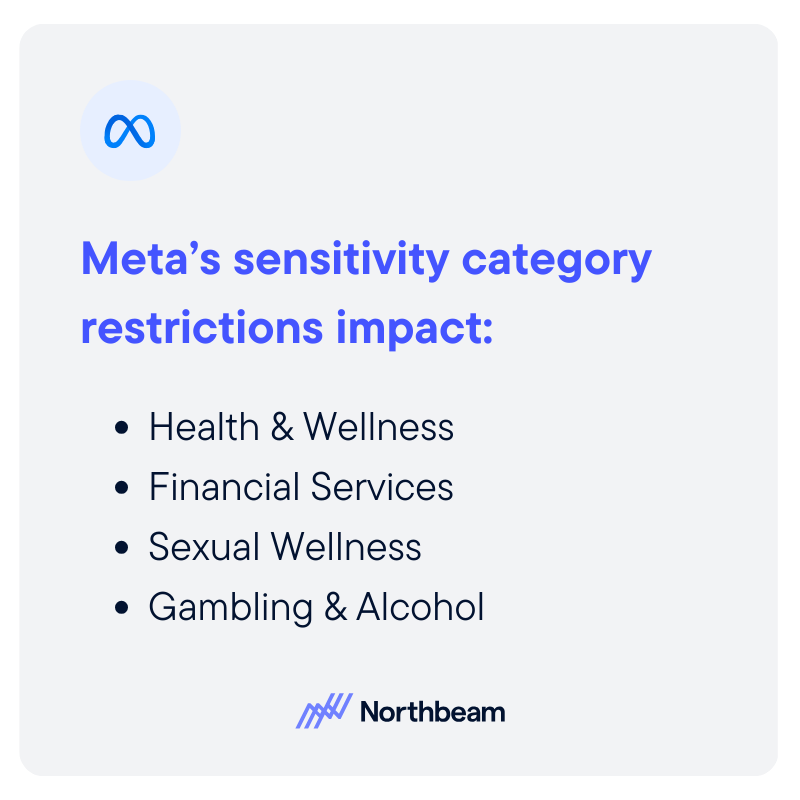
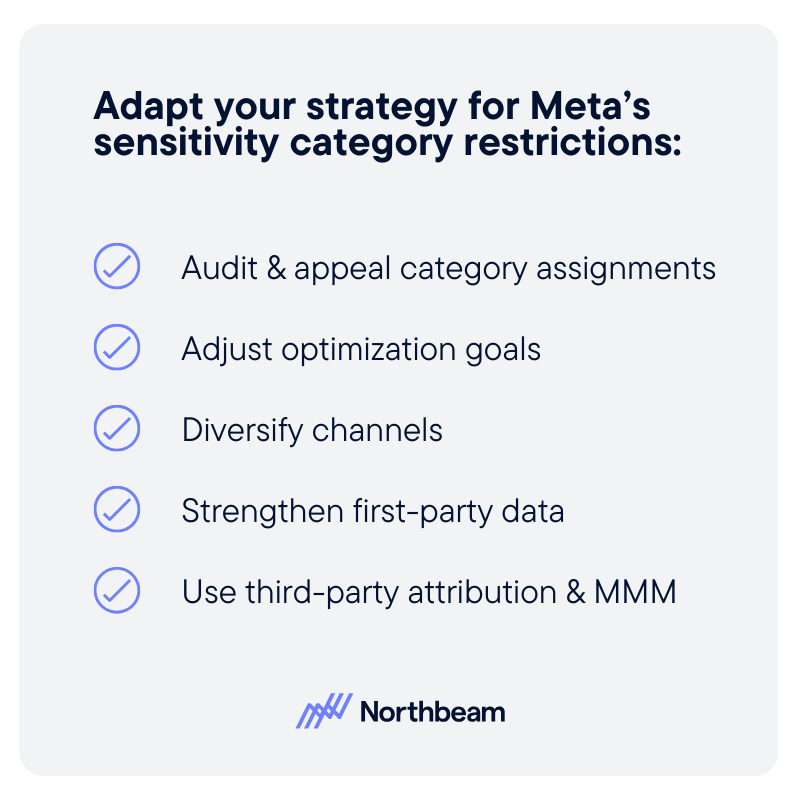
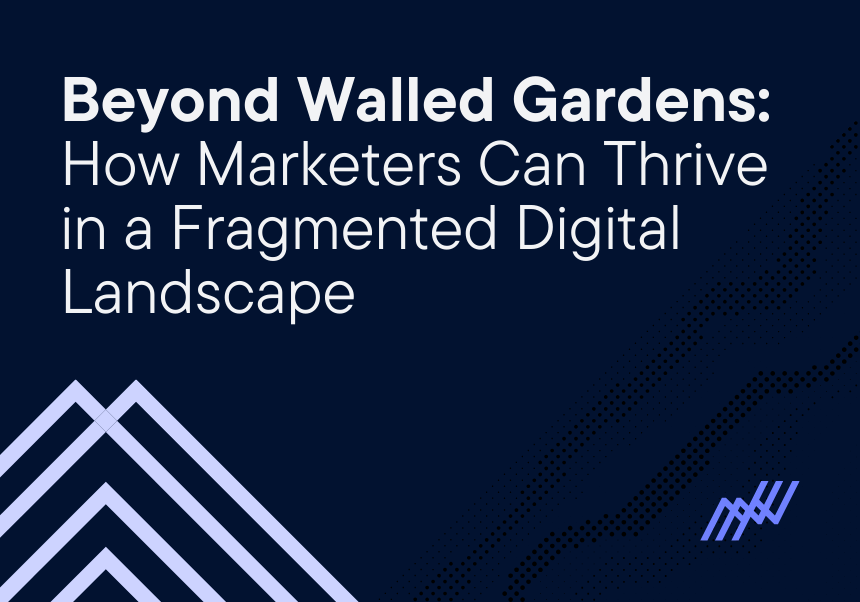
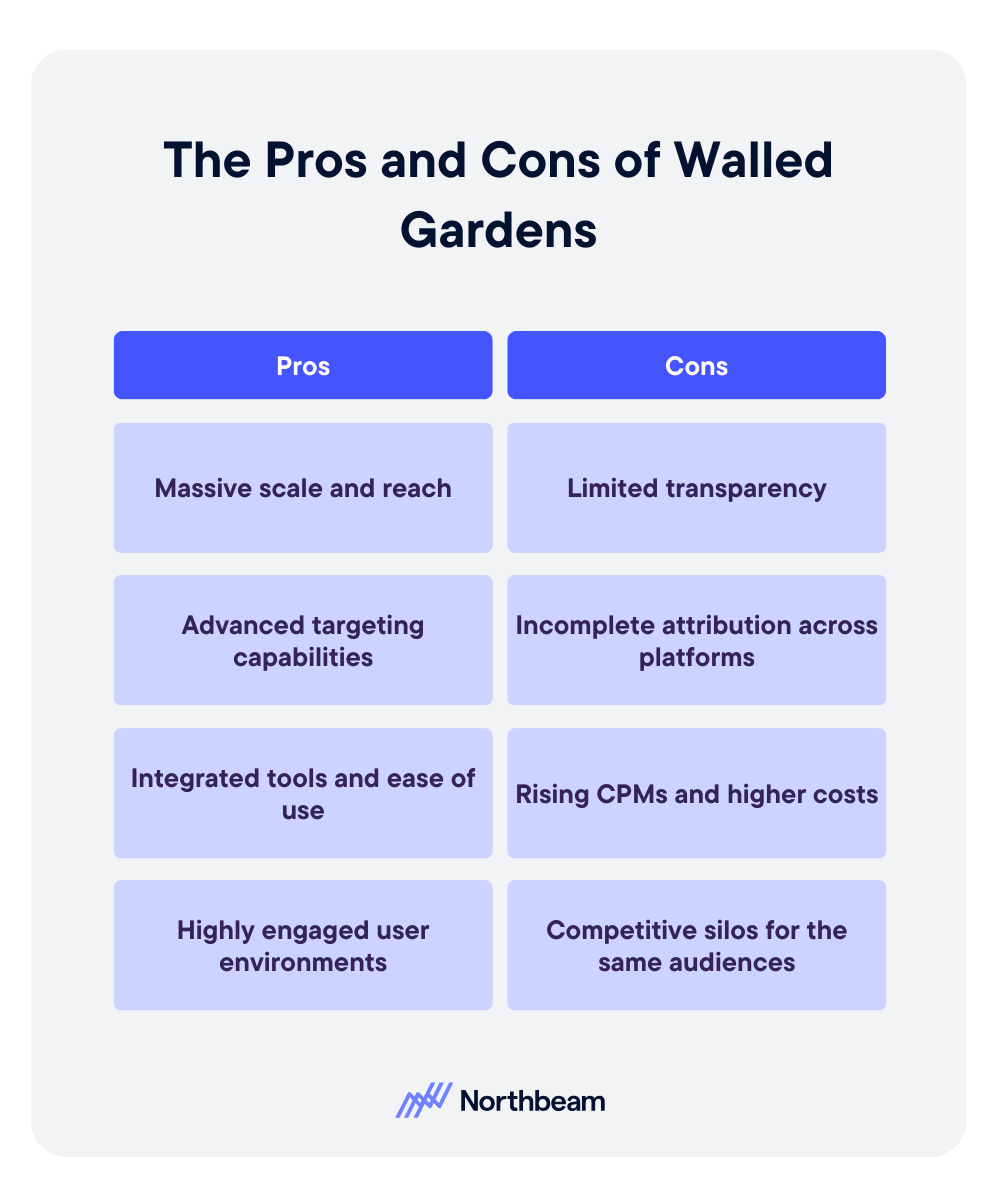
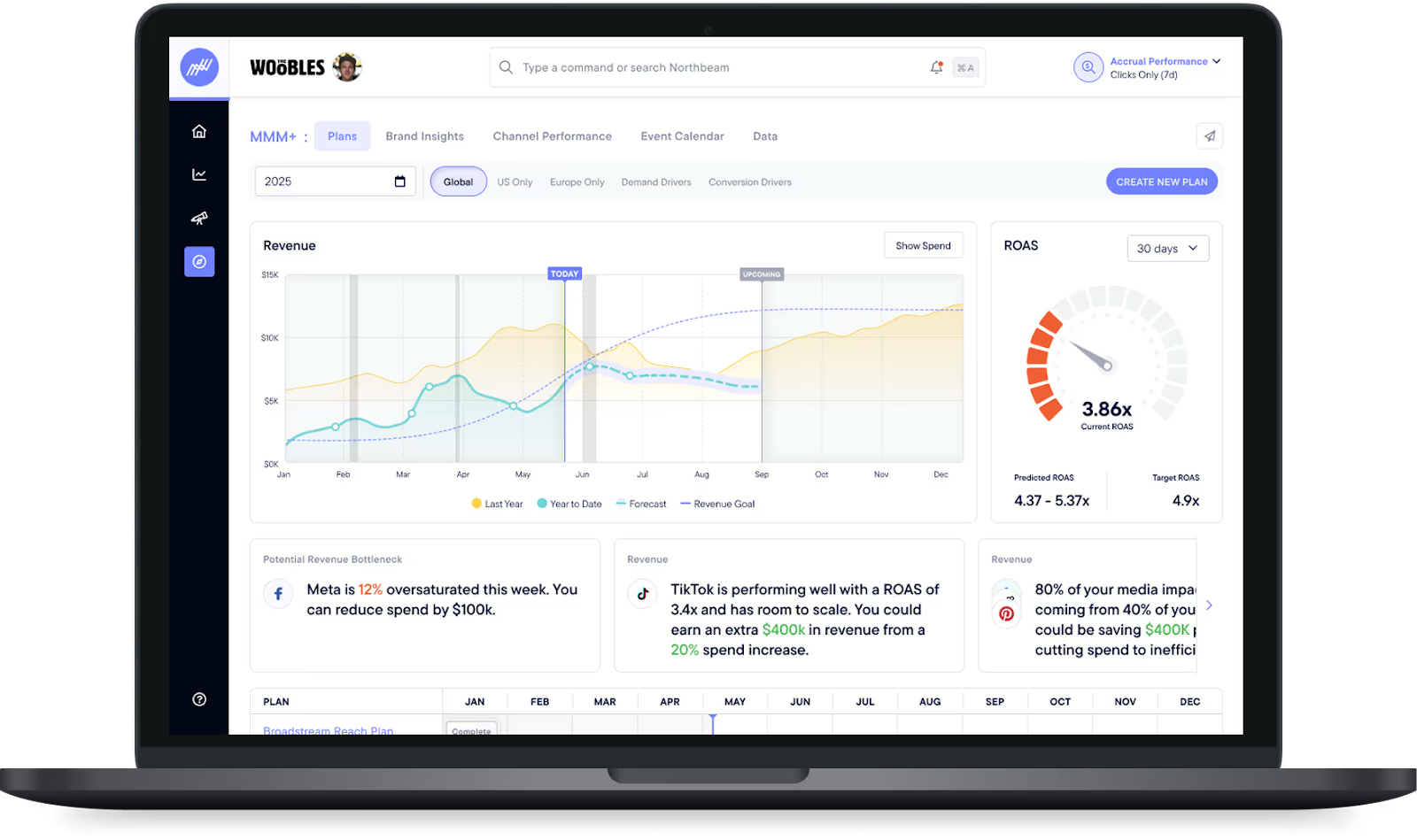
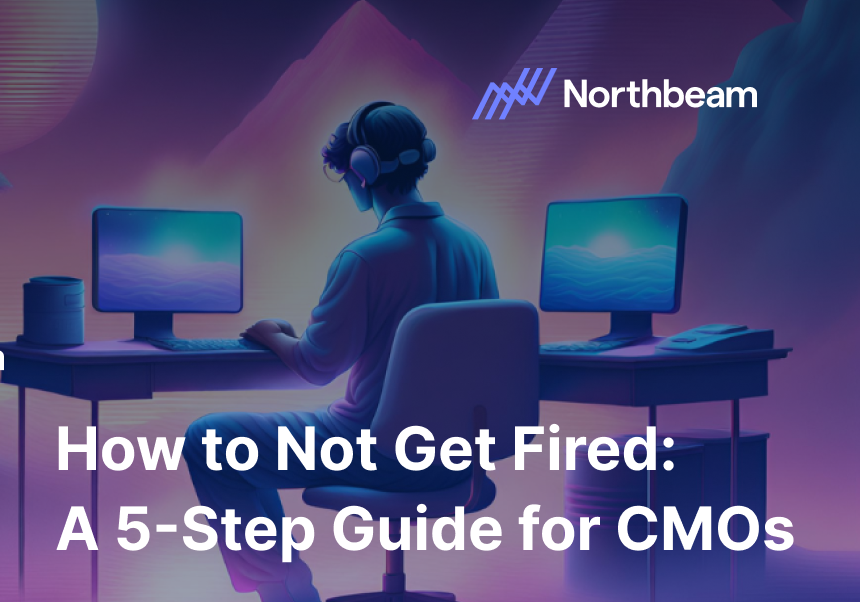
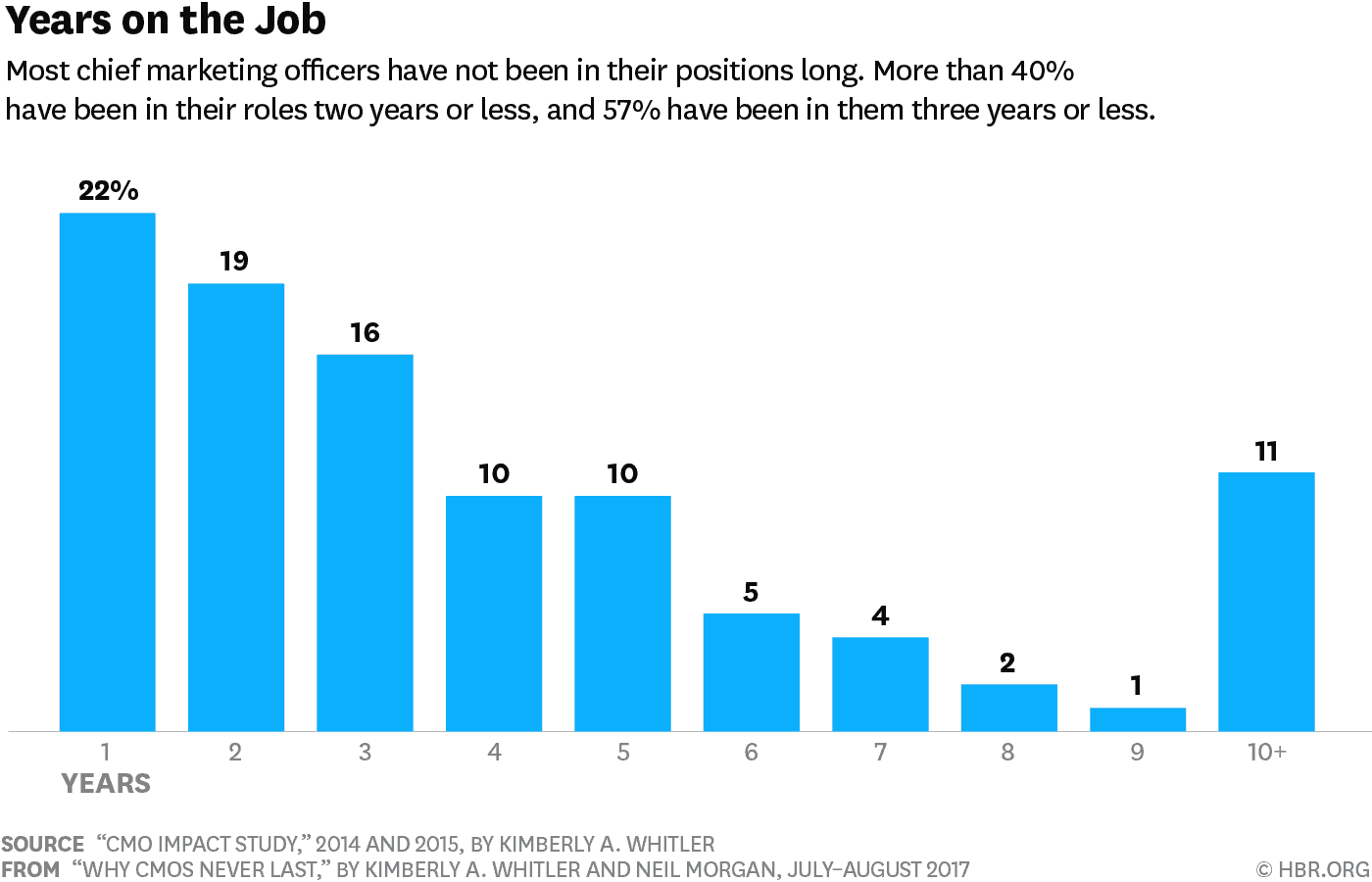
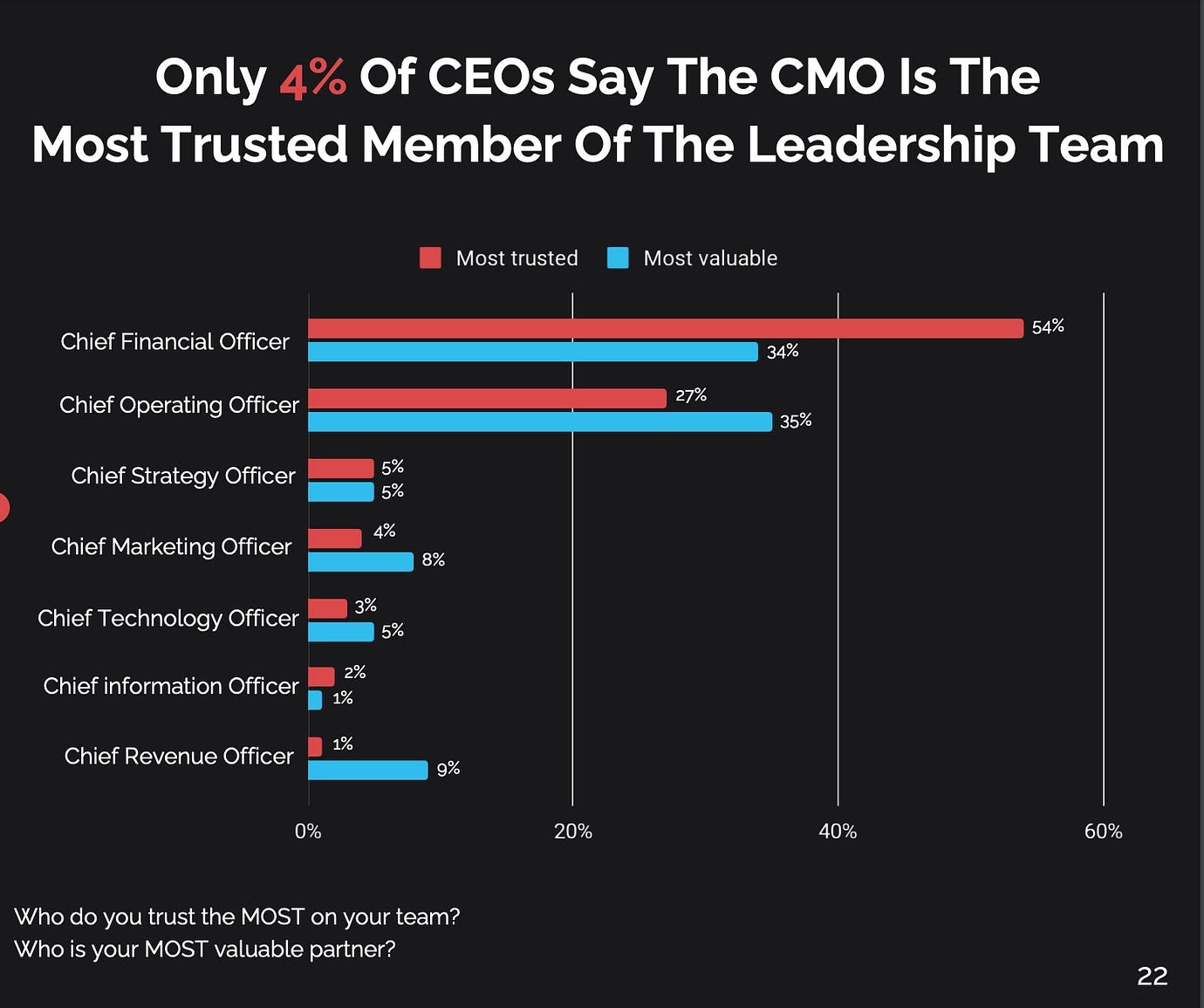
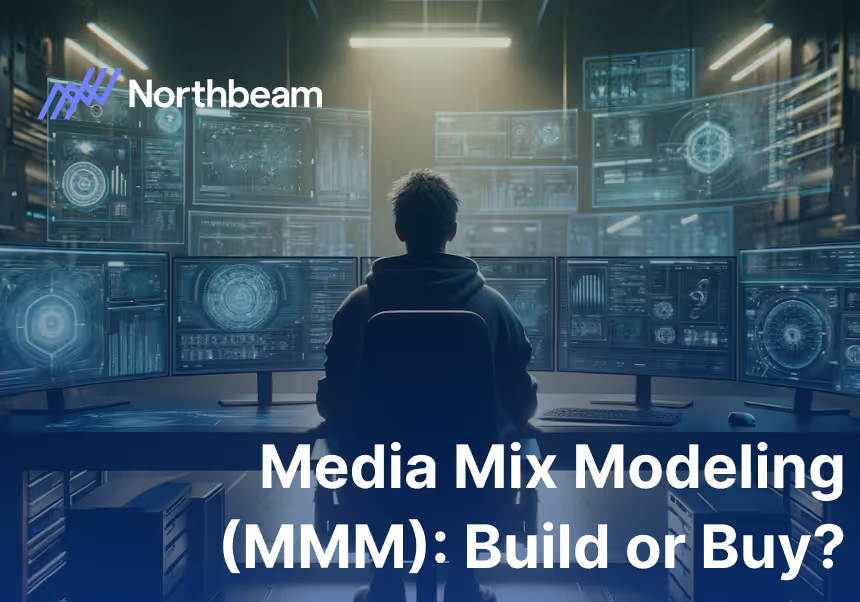
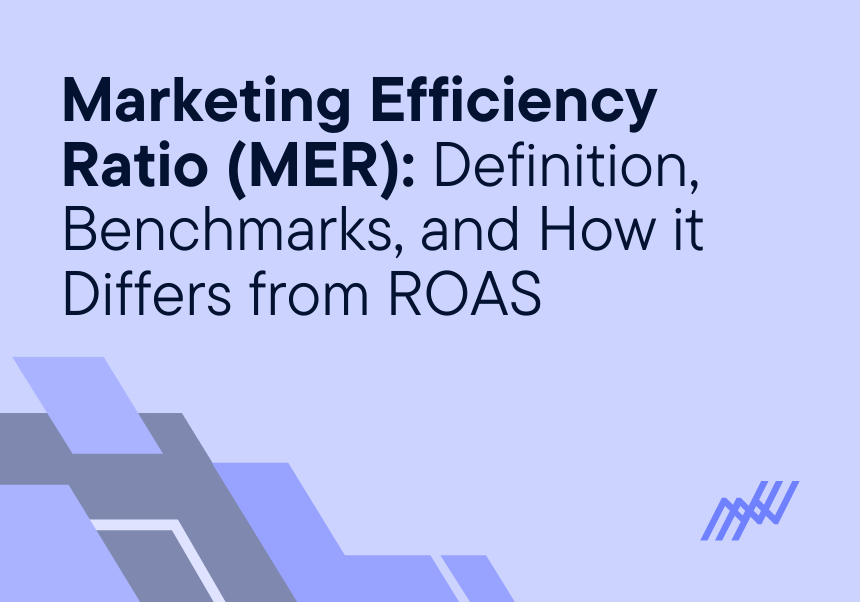
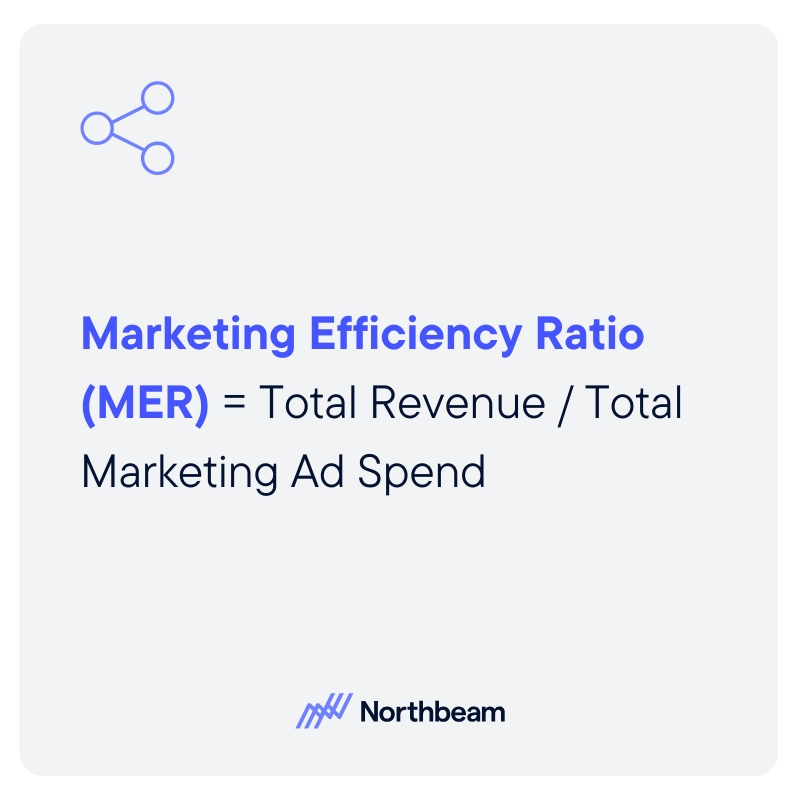

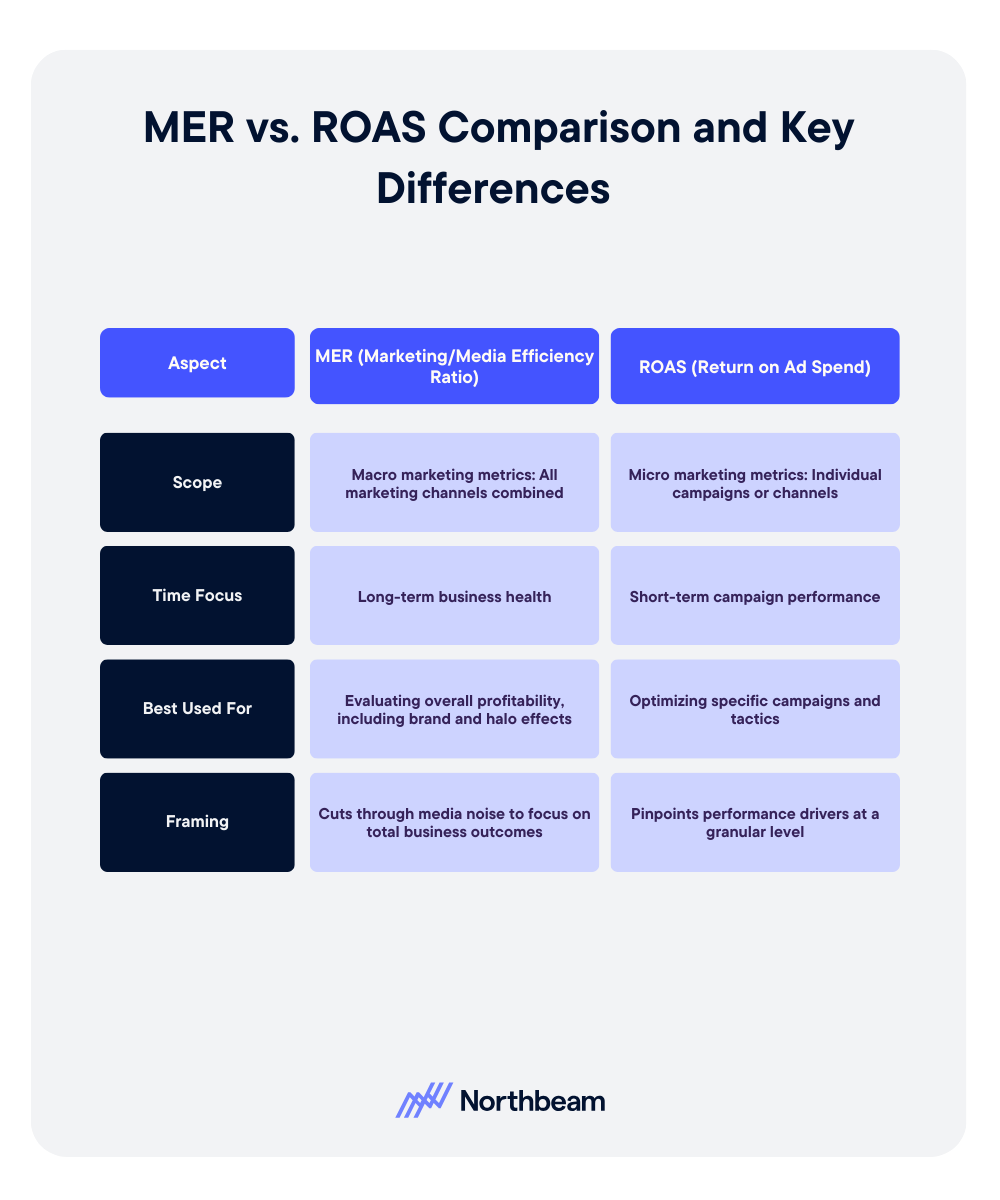







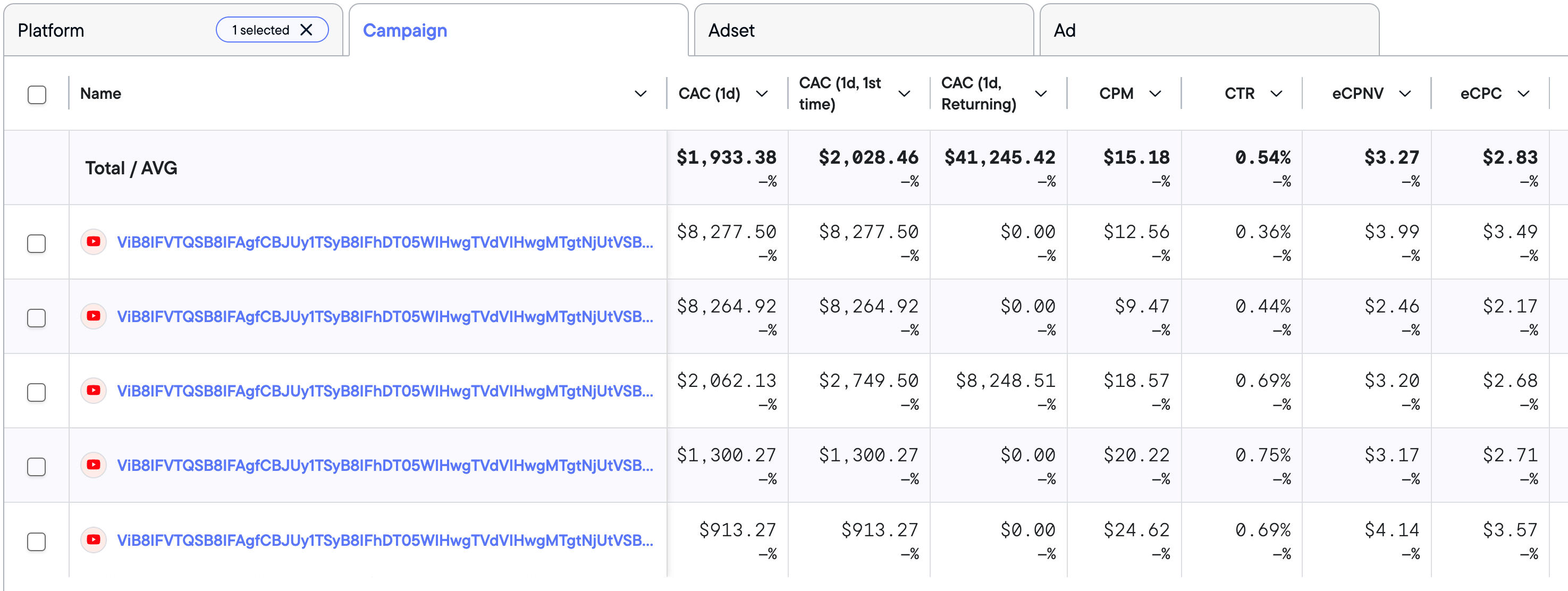

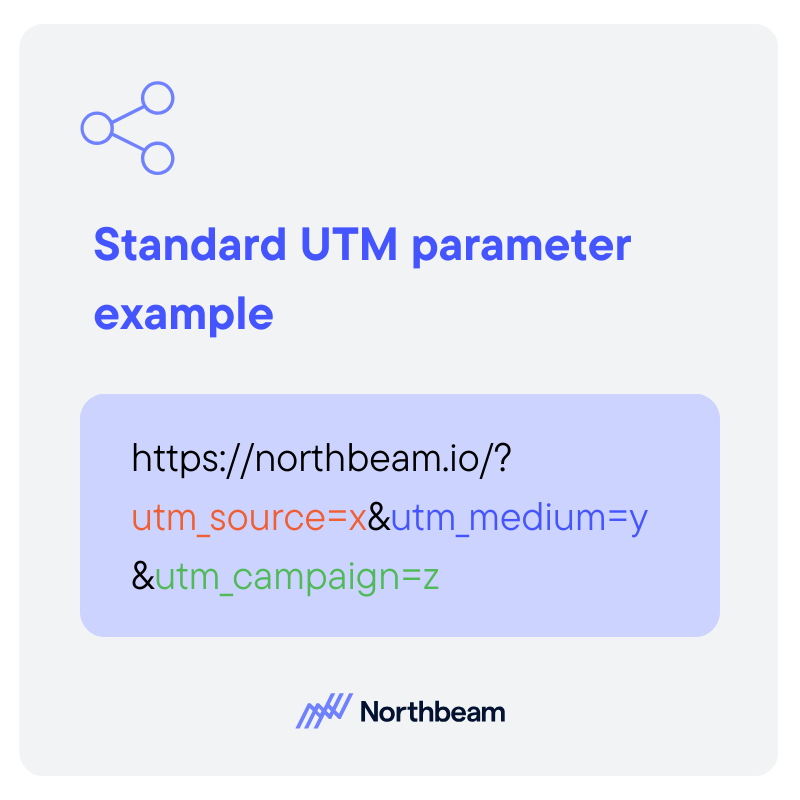
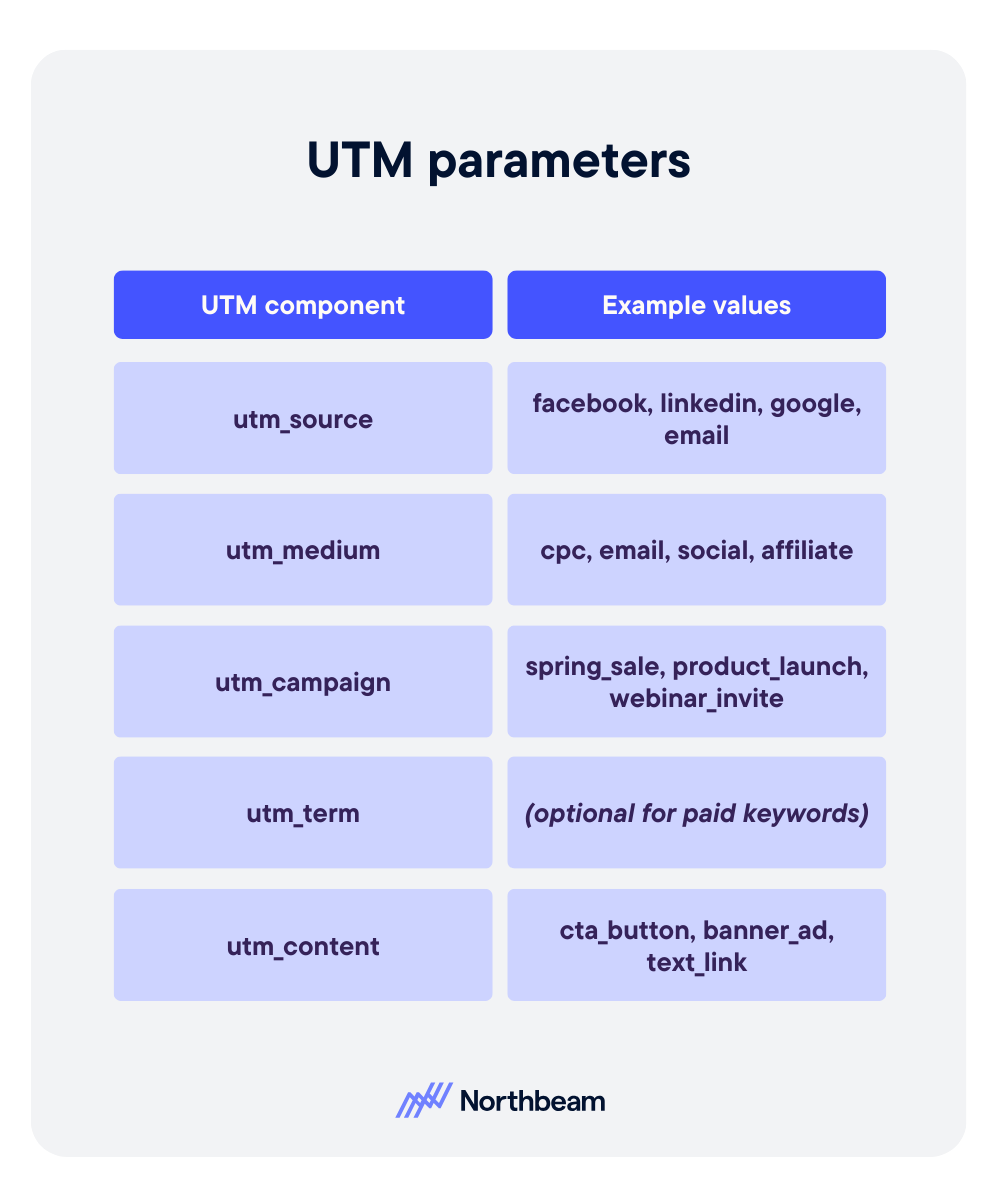
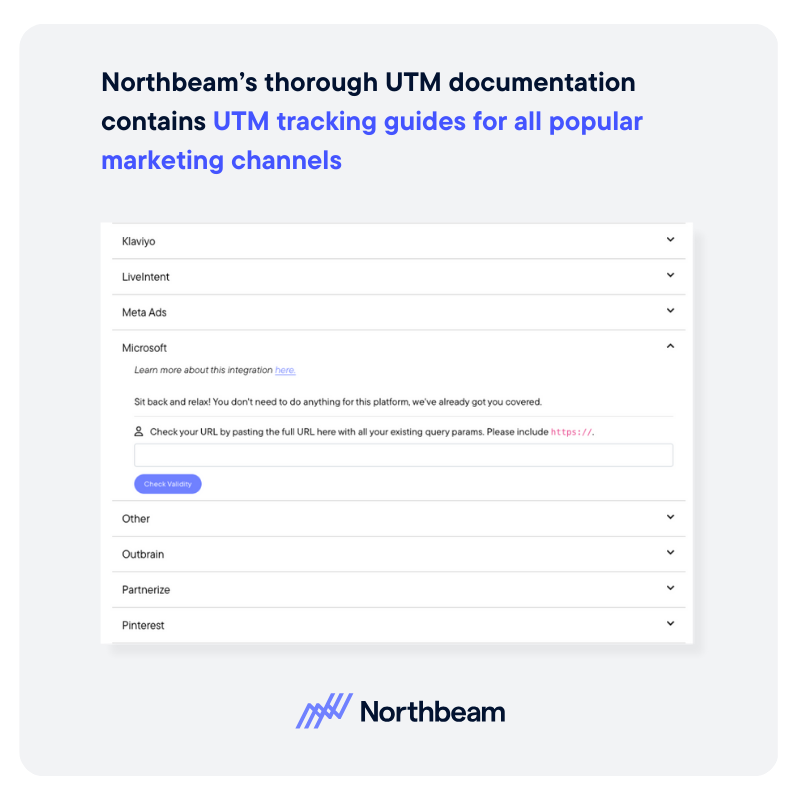
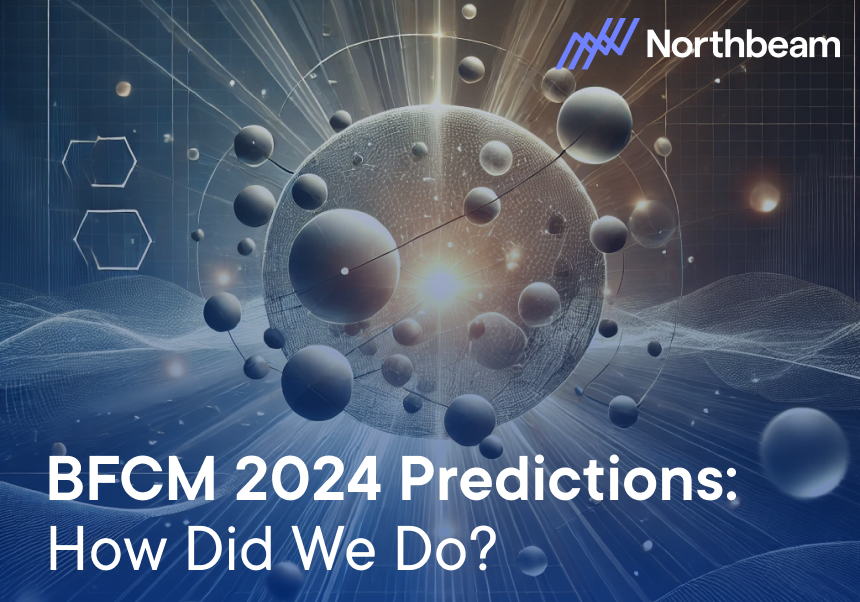
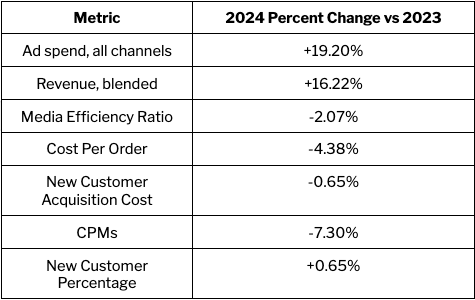
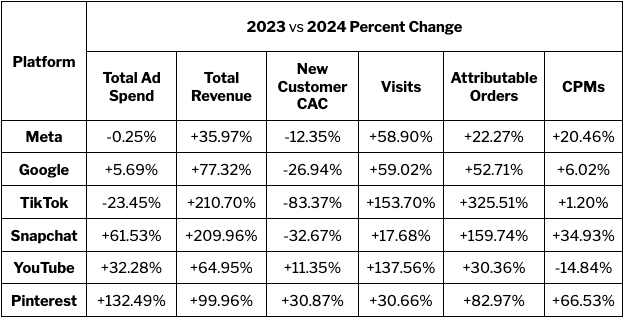
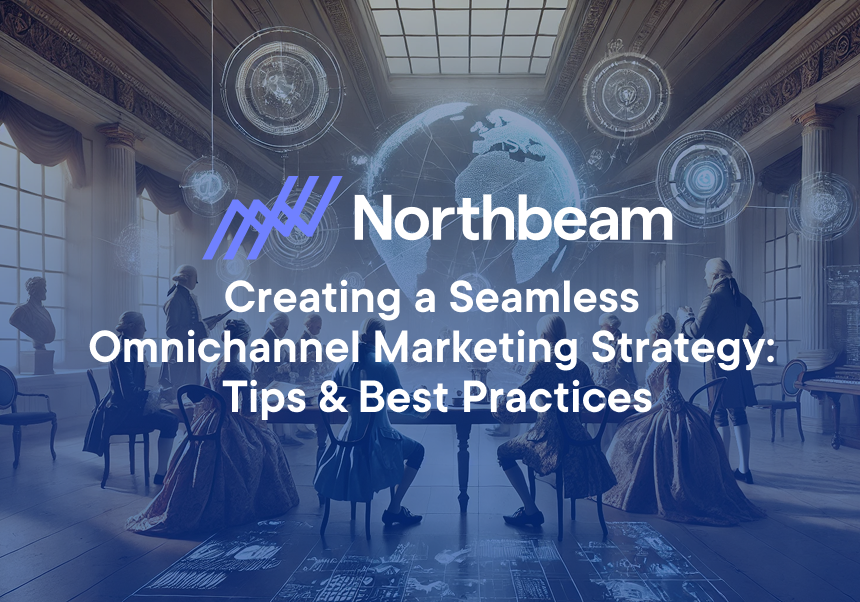
.png)
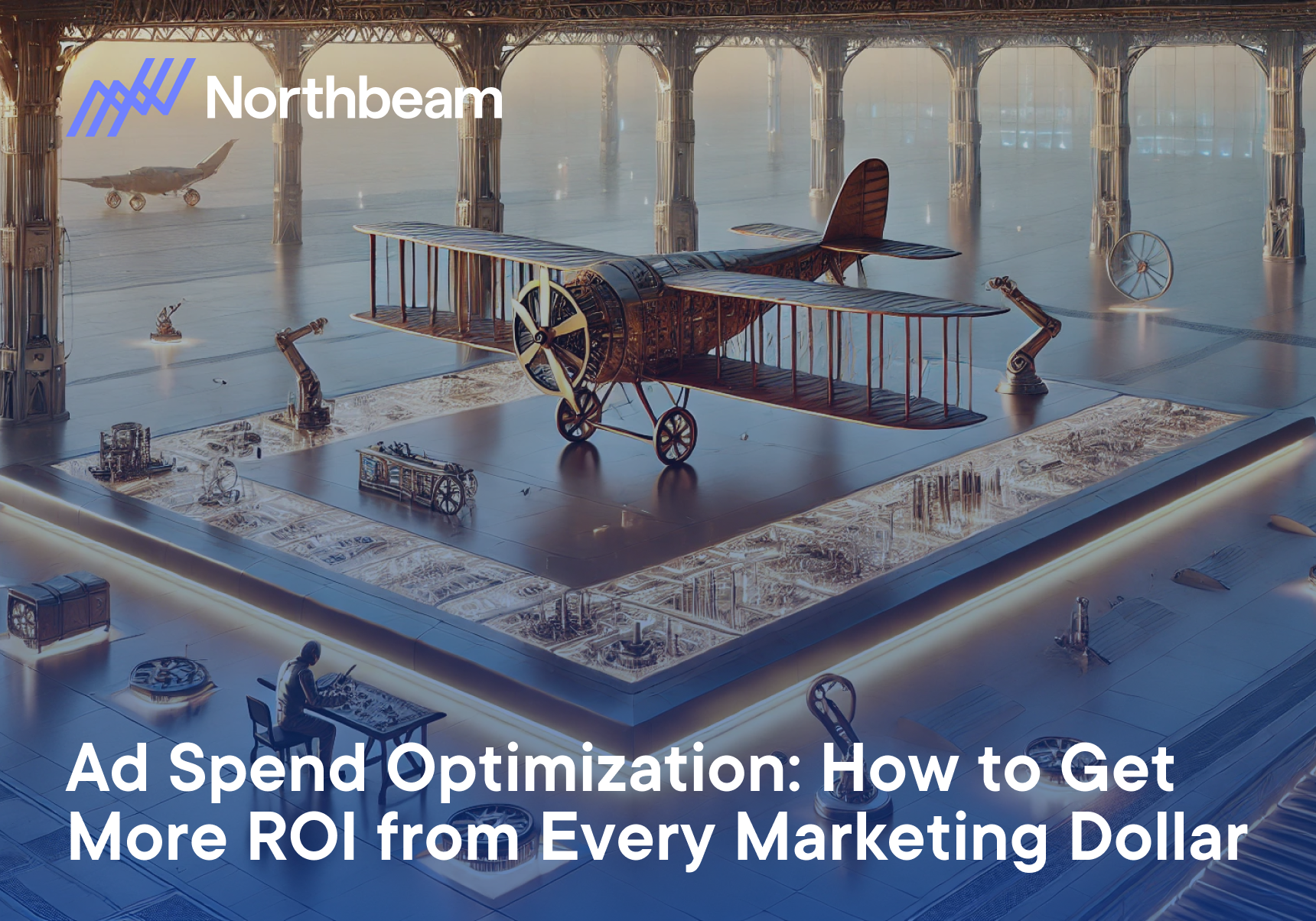
.png)
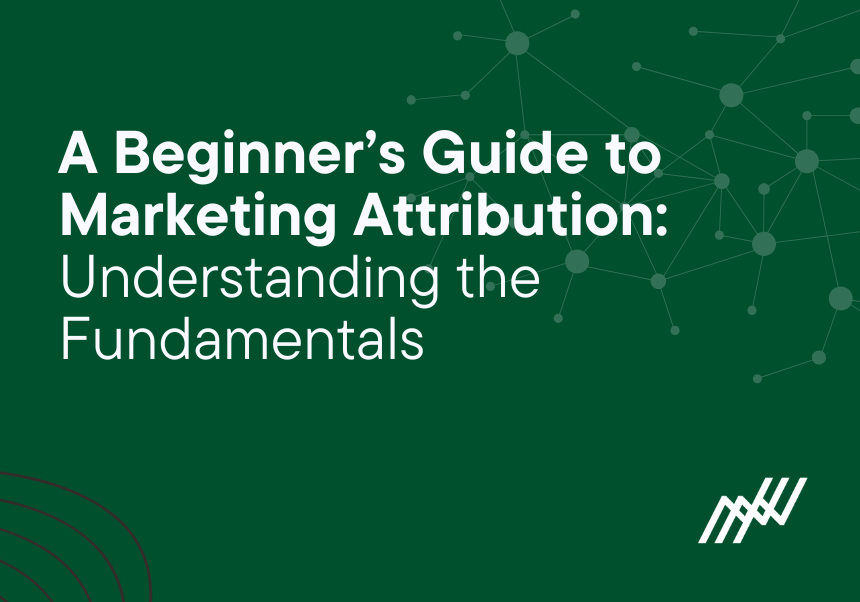
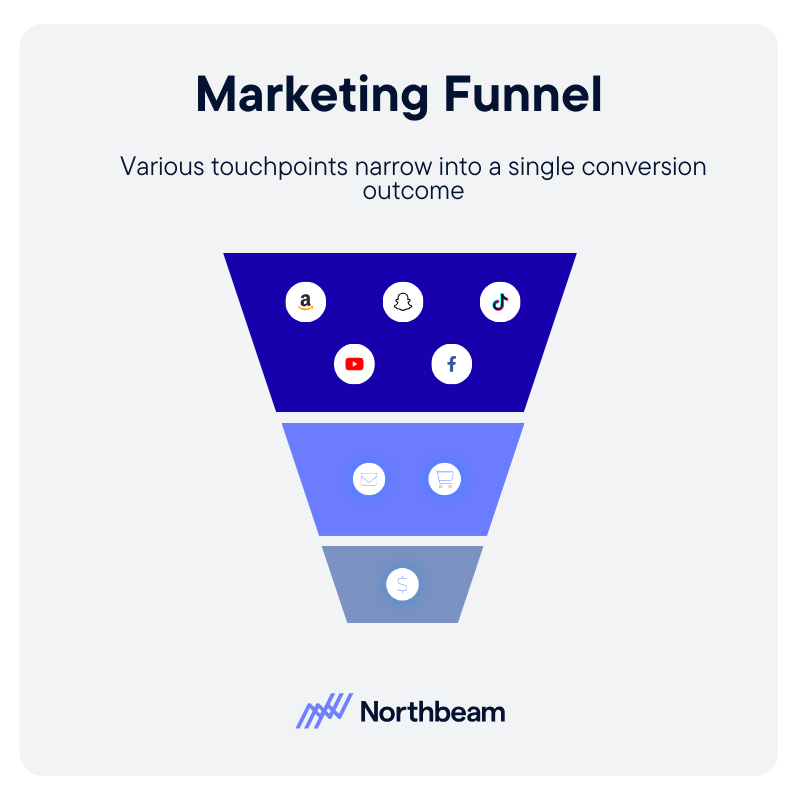
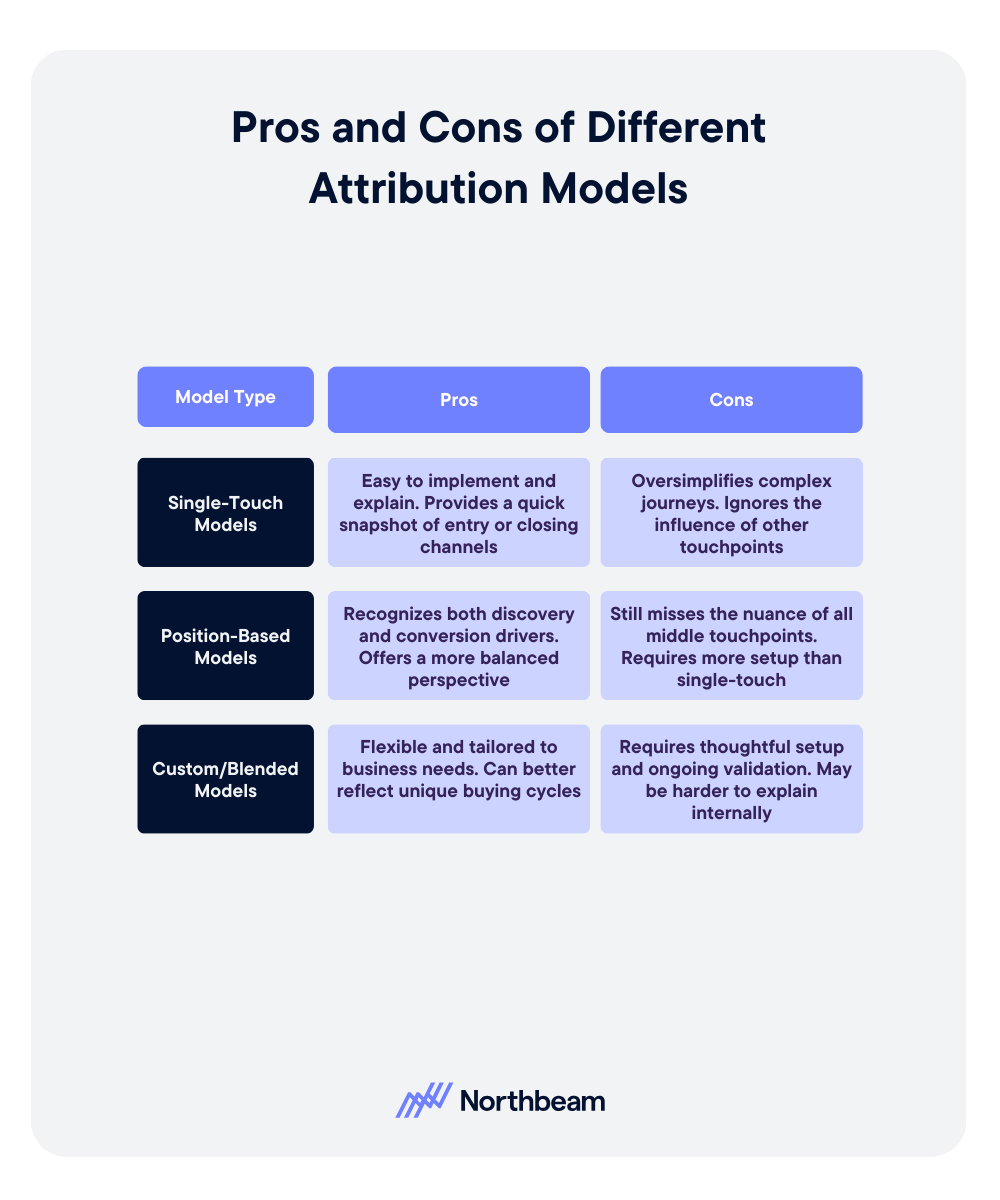



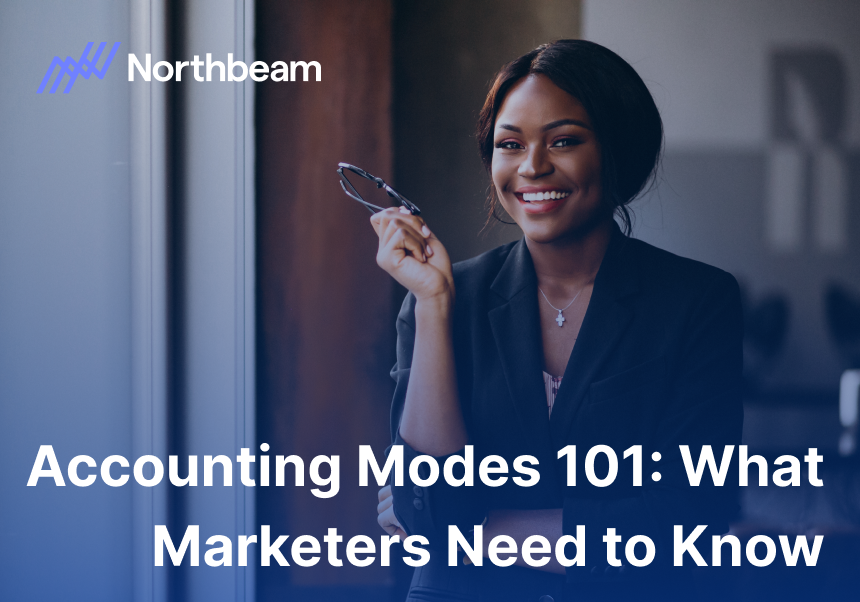
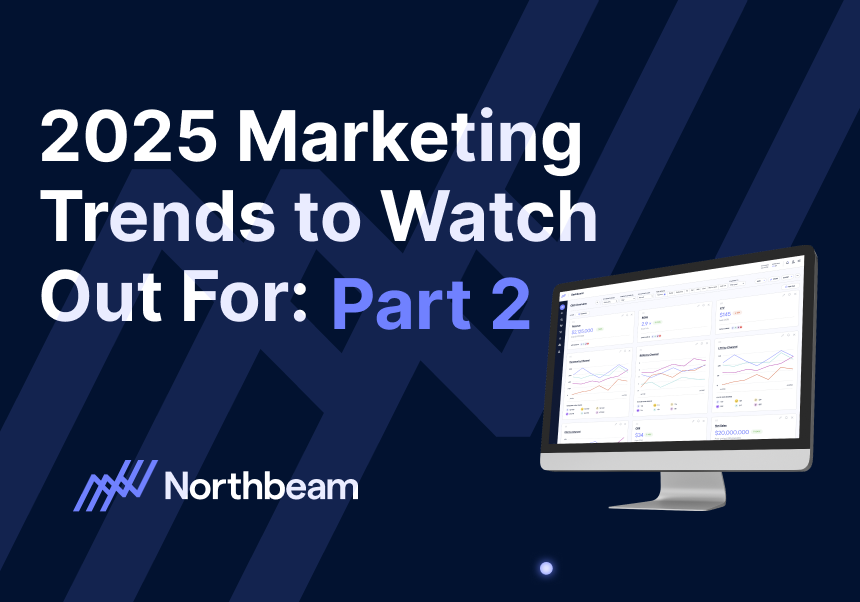
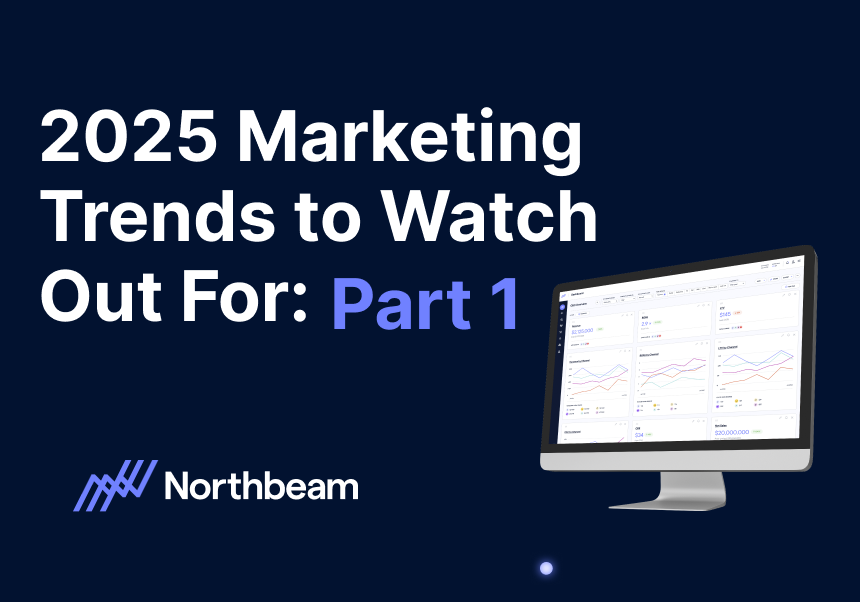



.svg)
